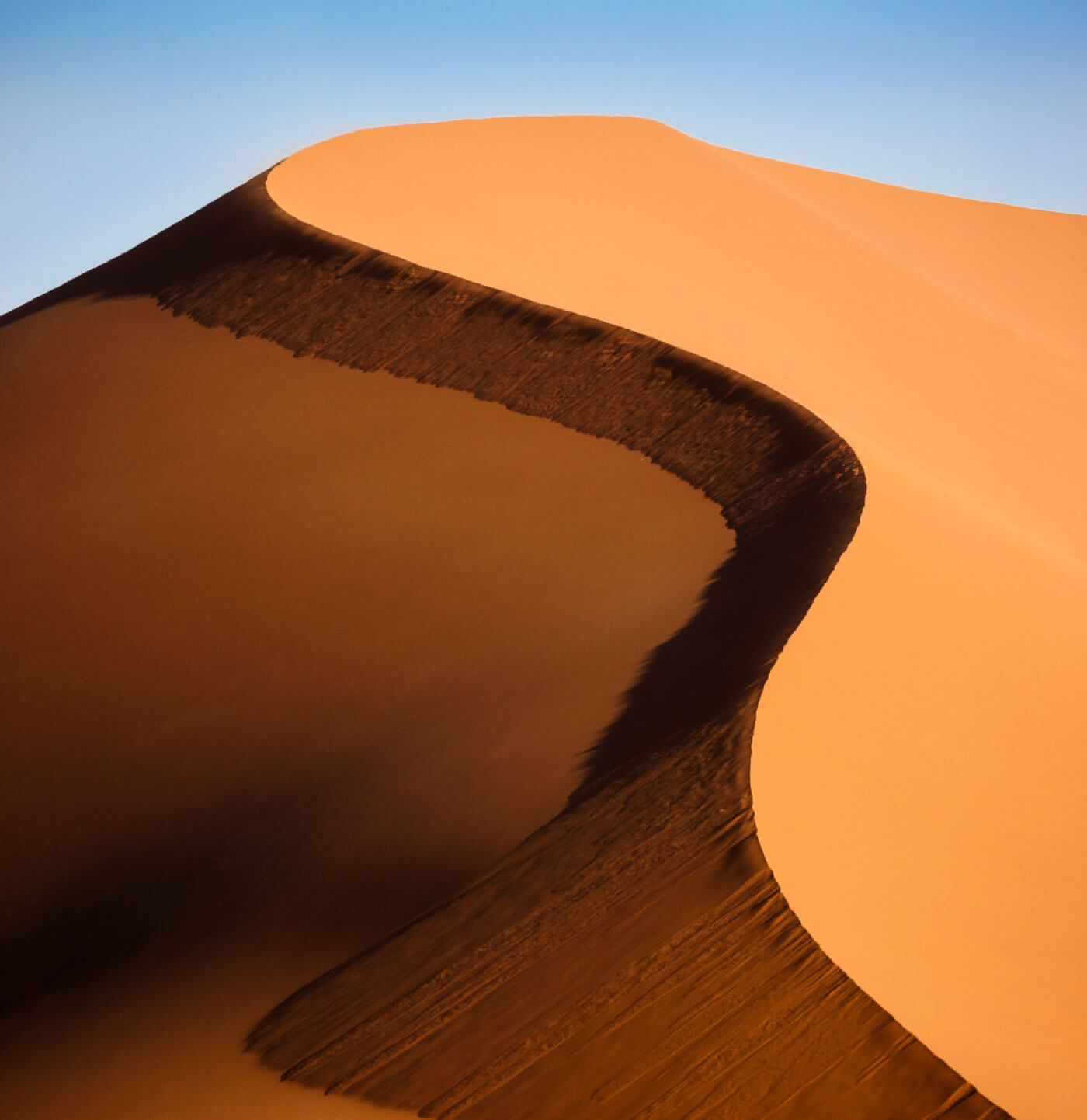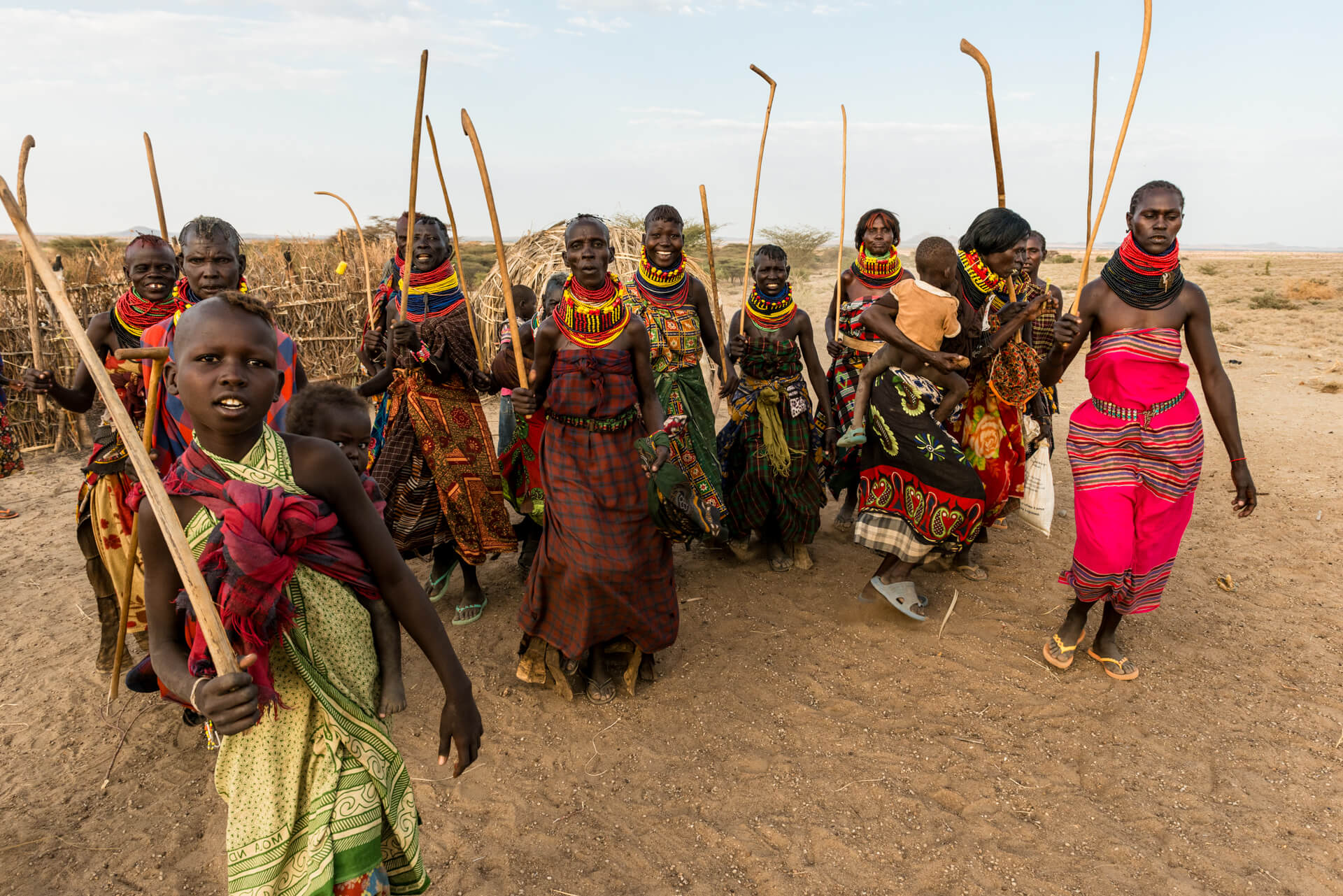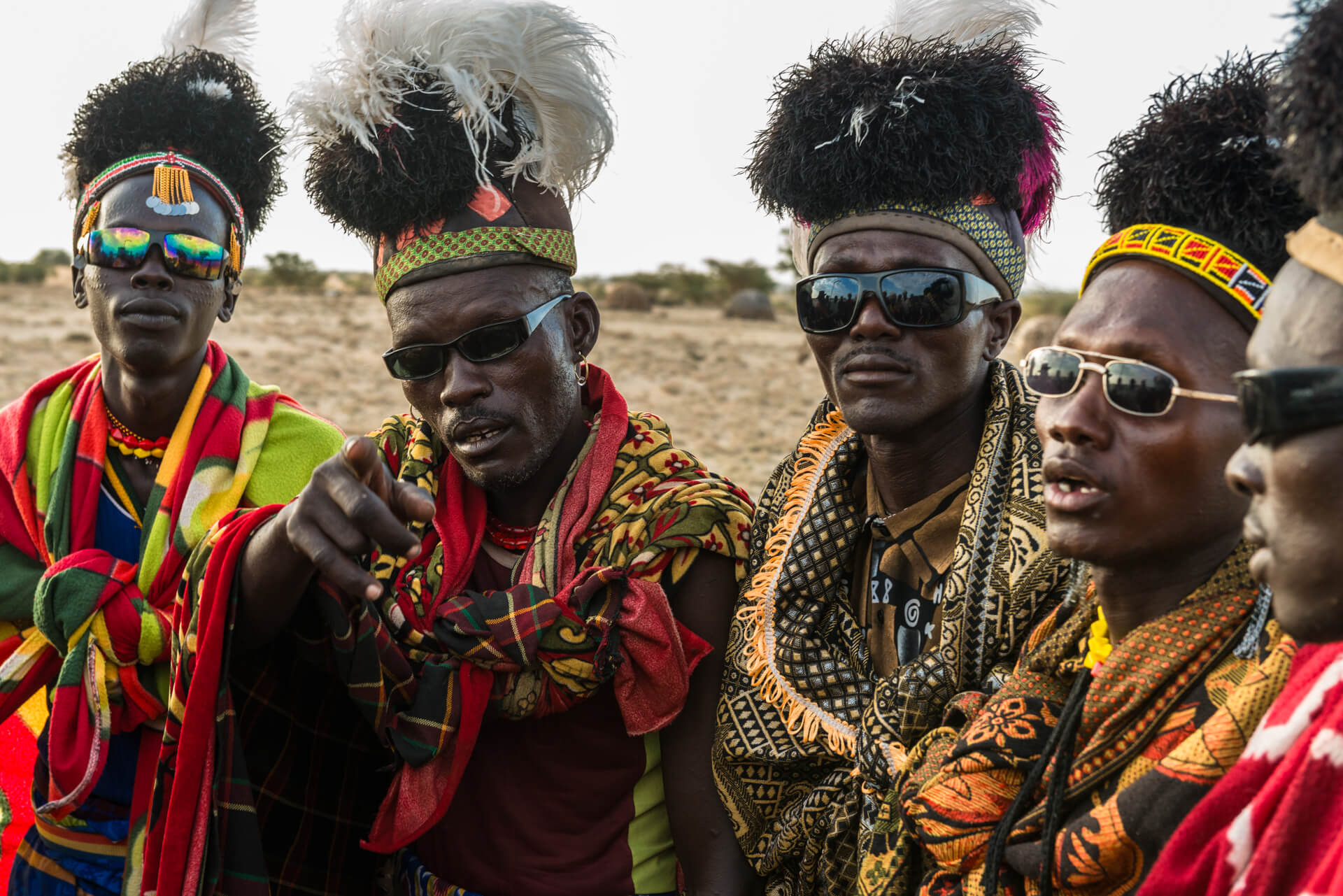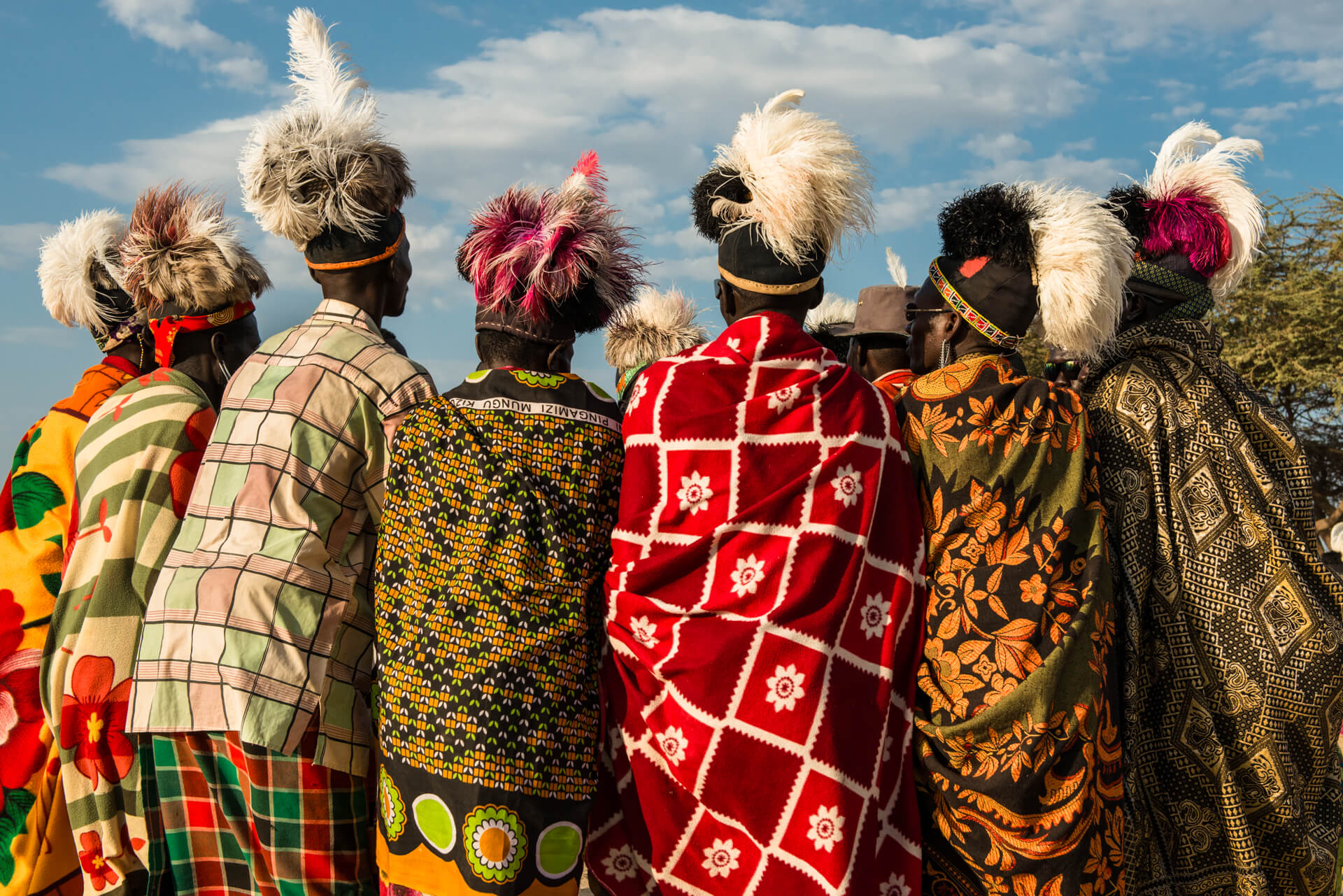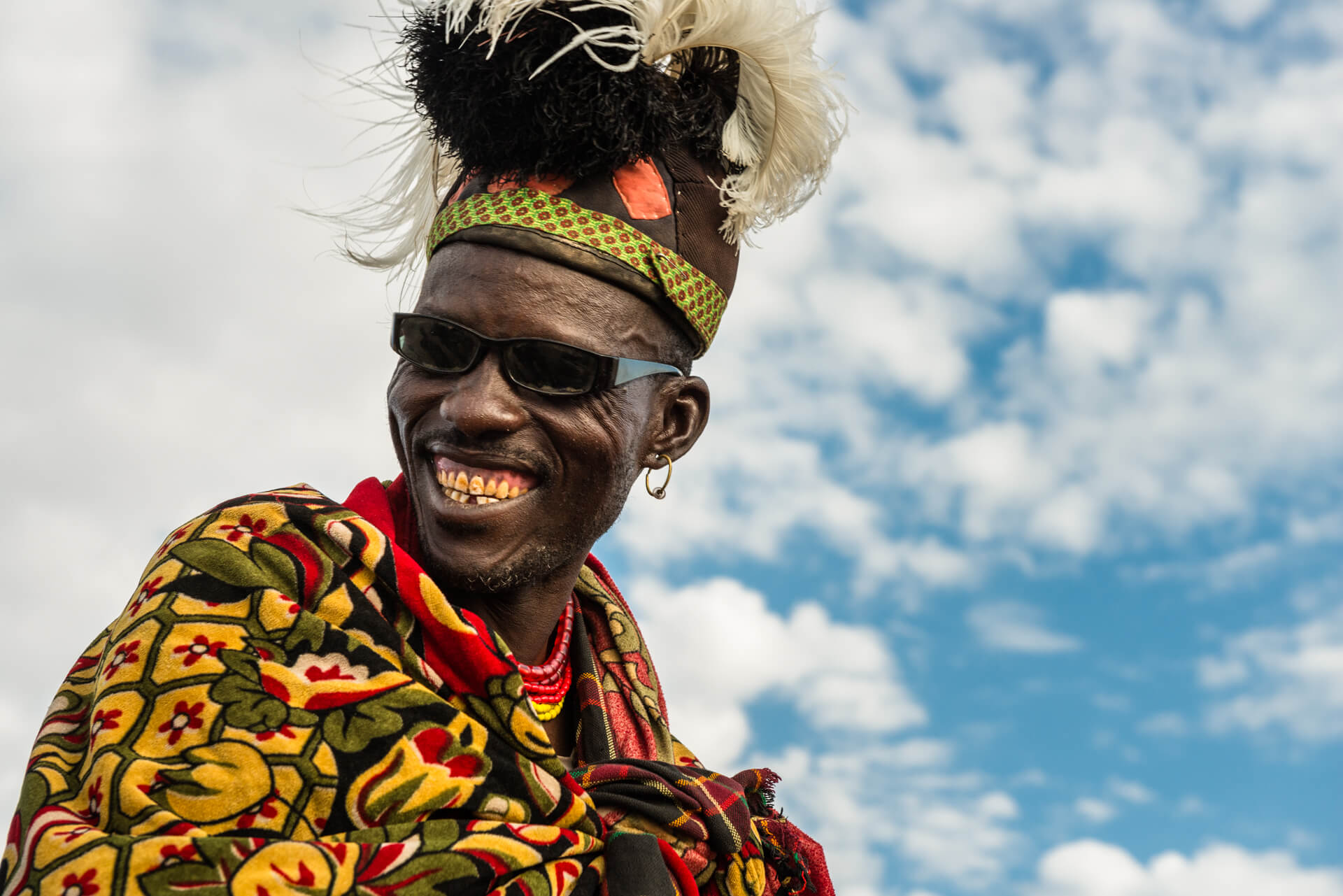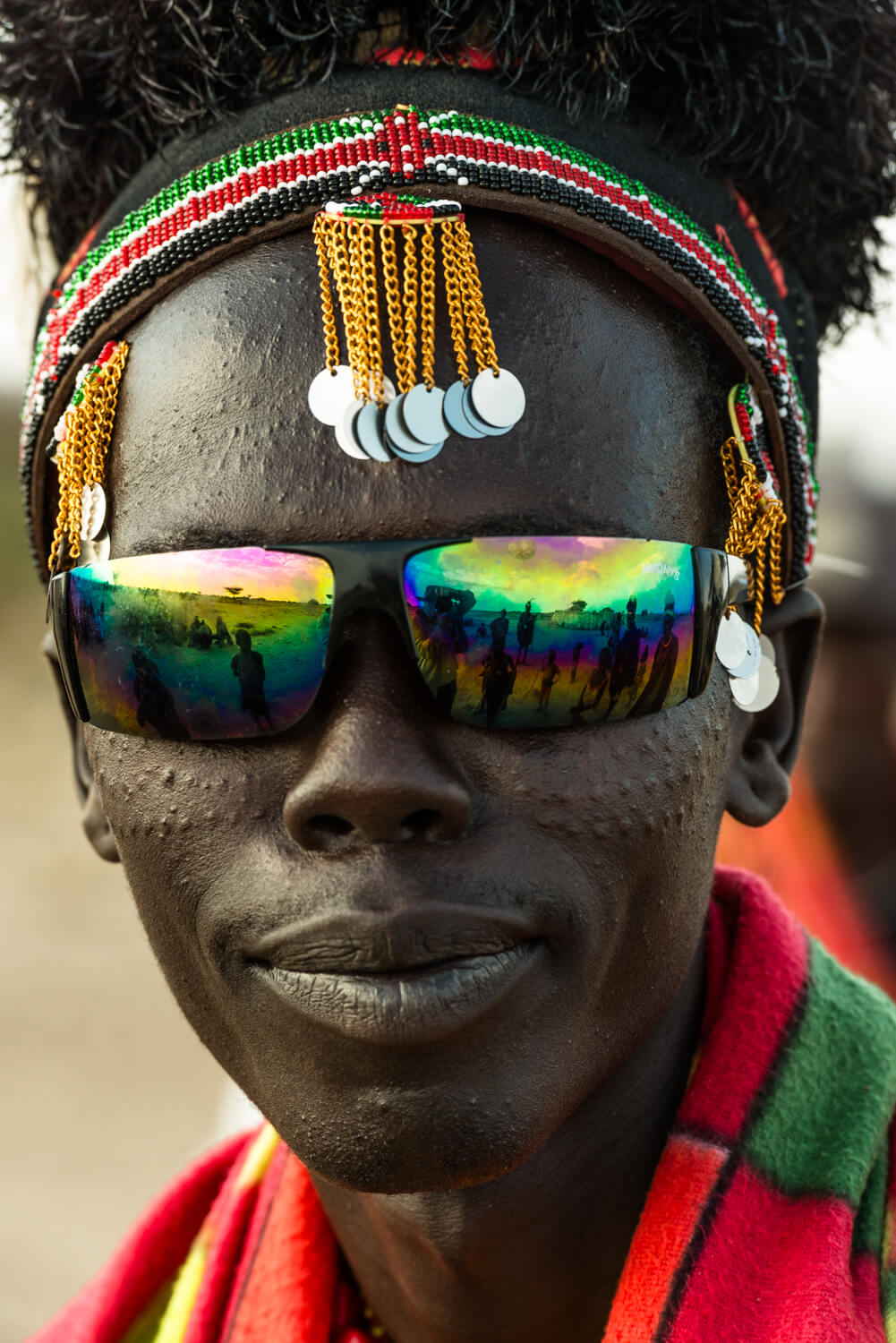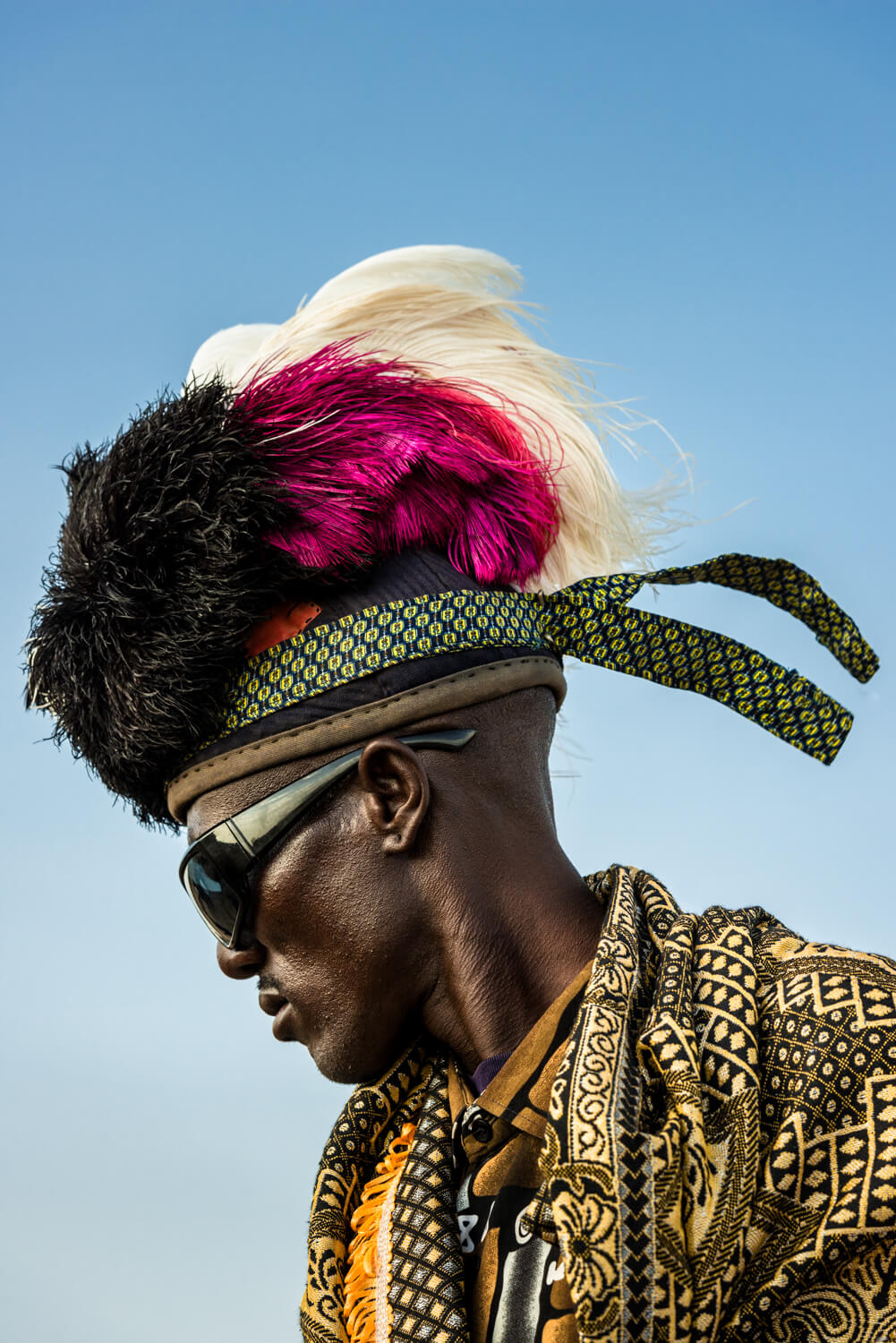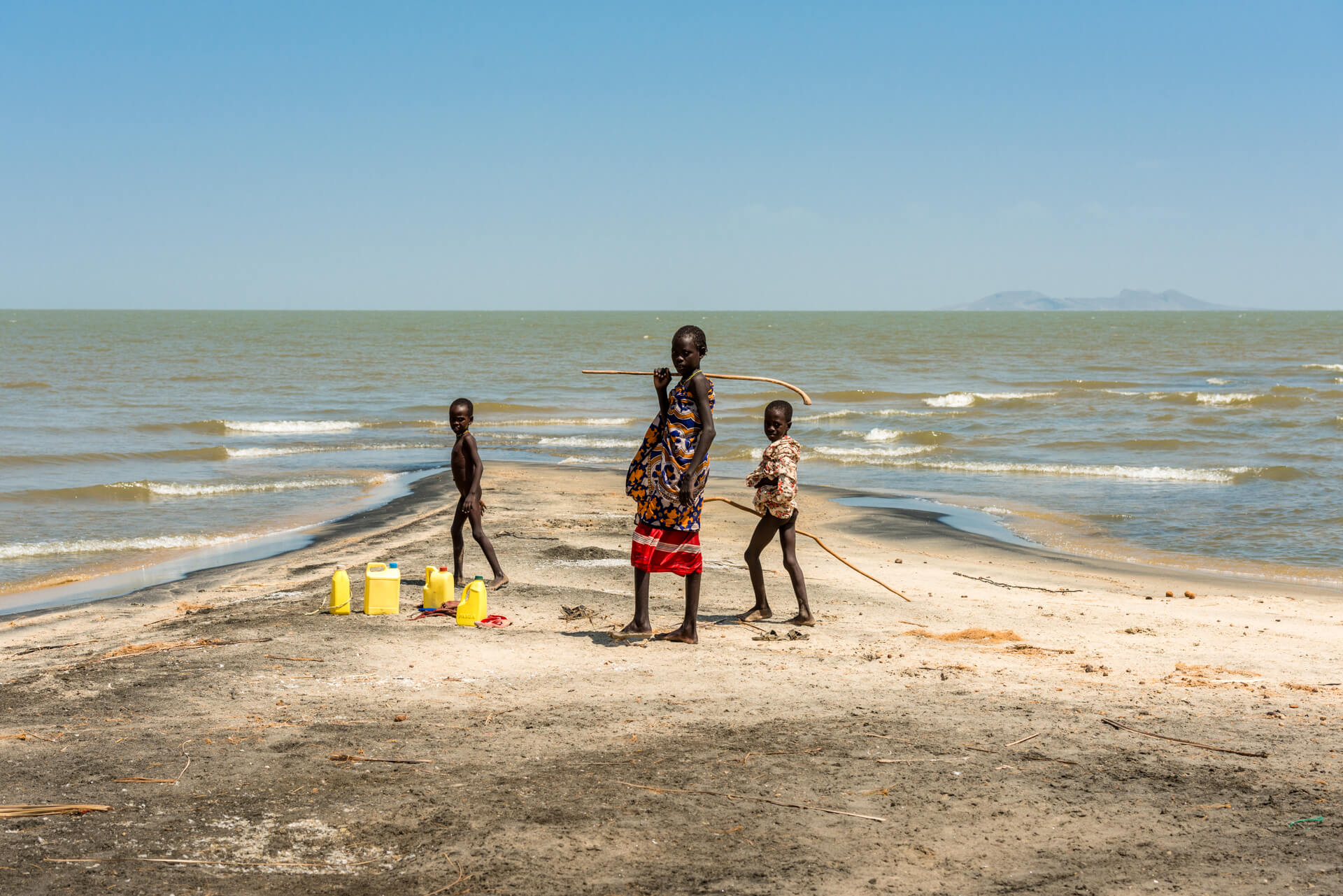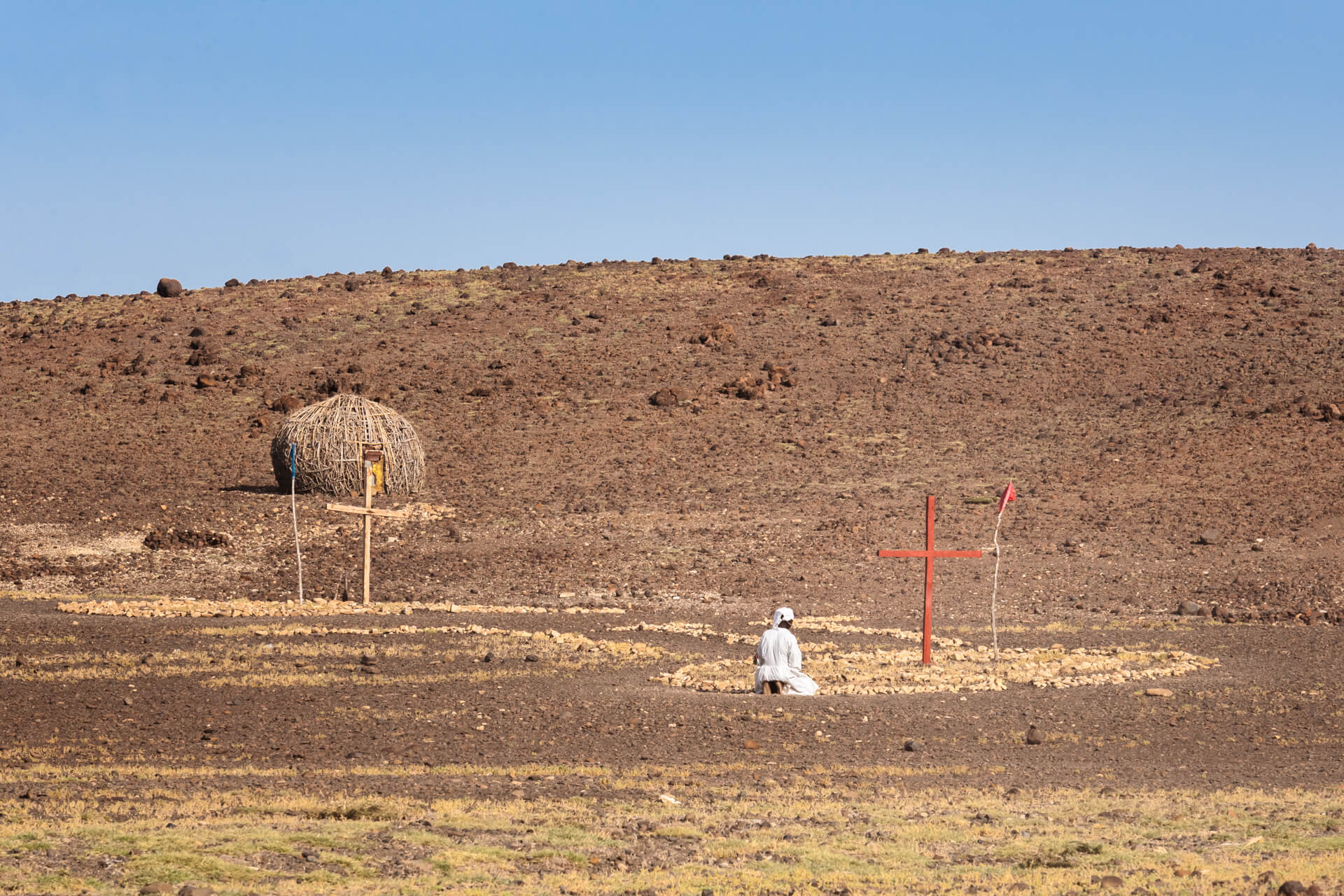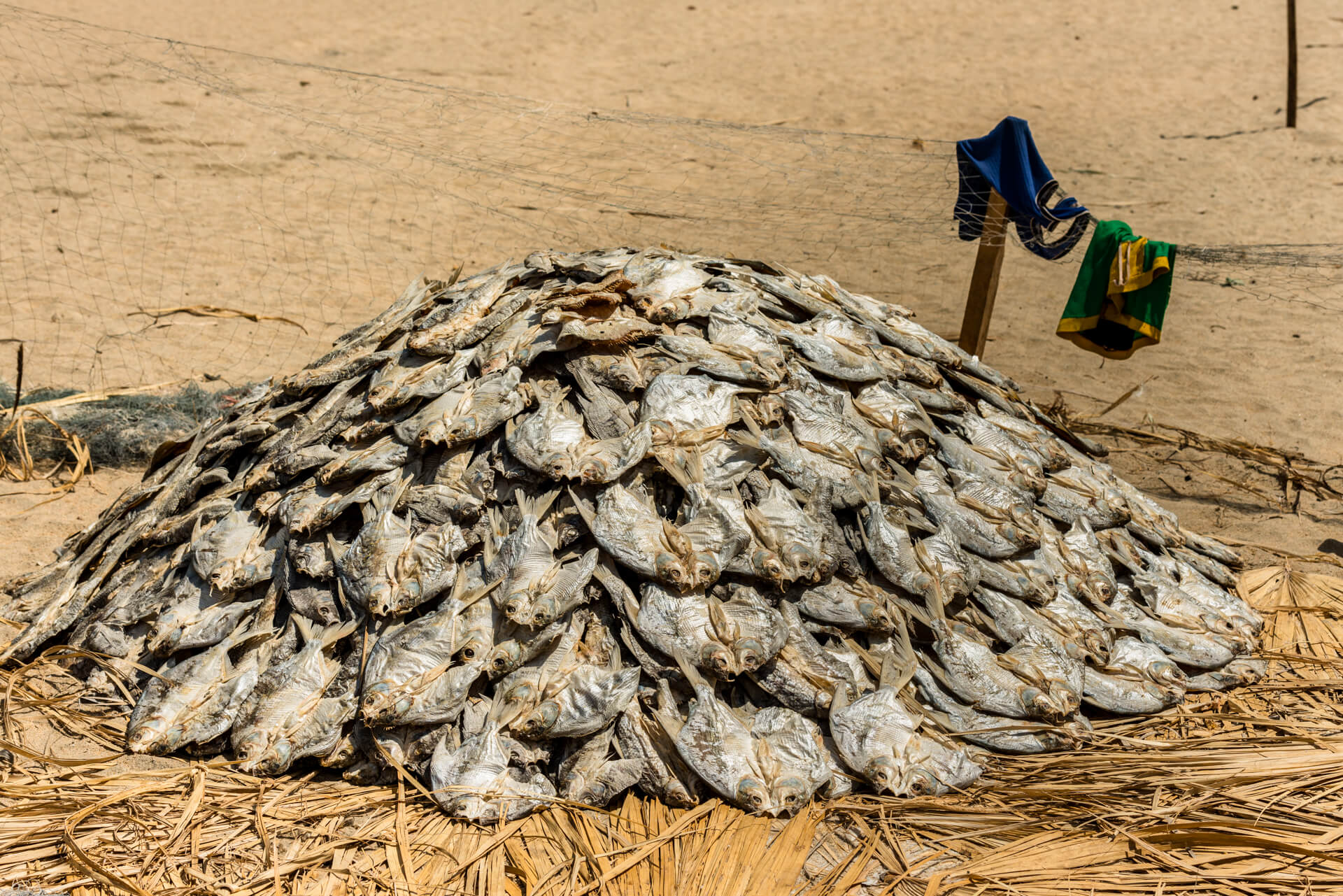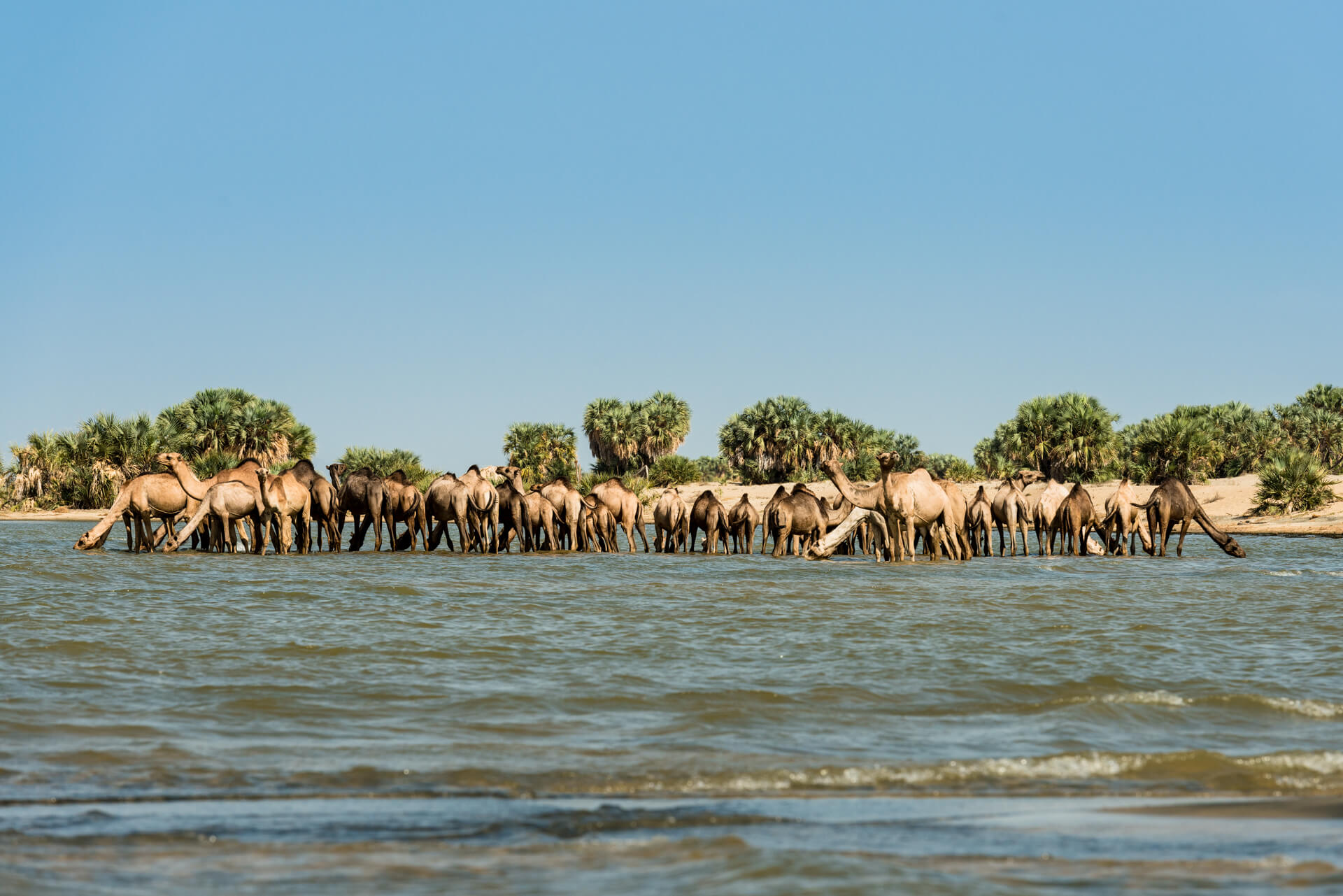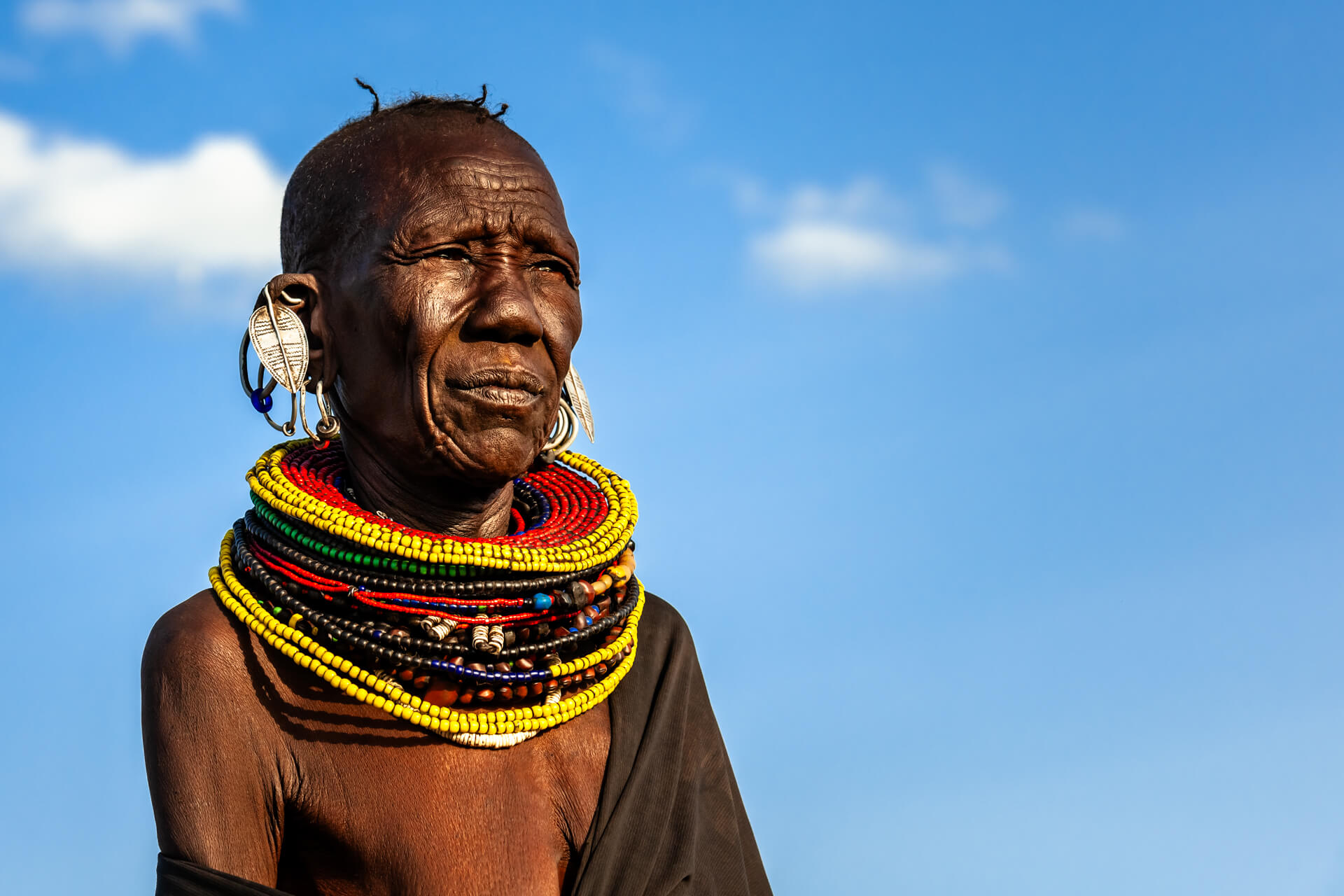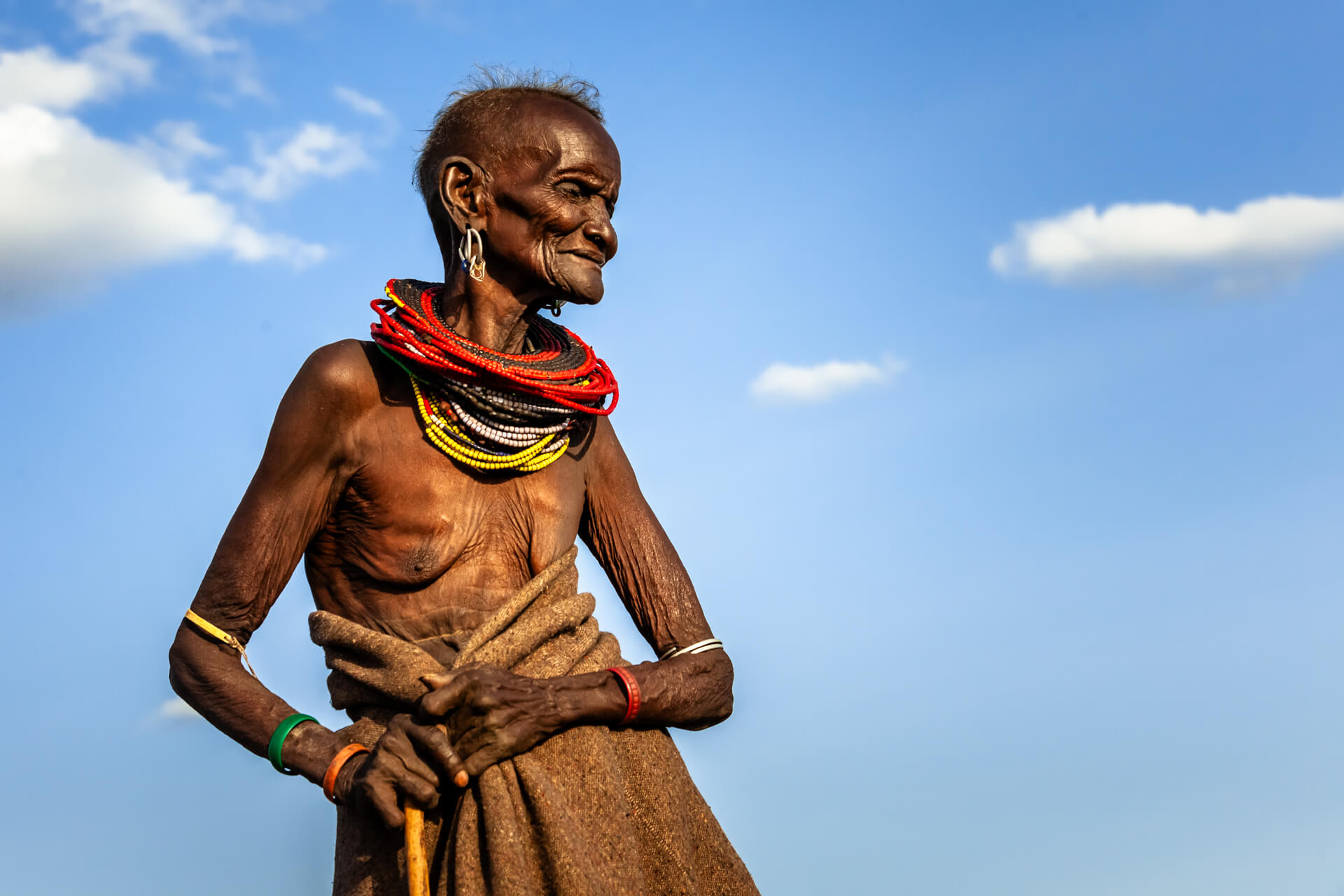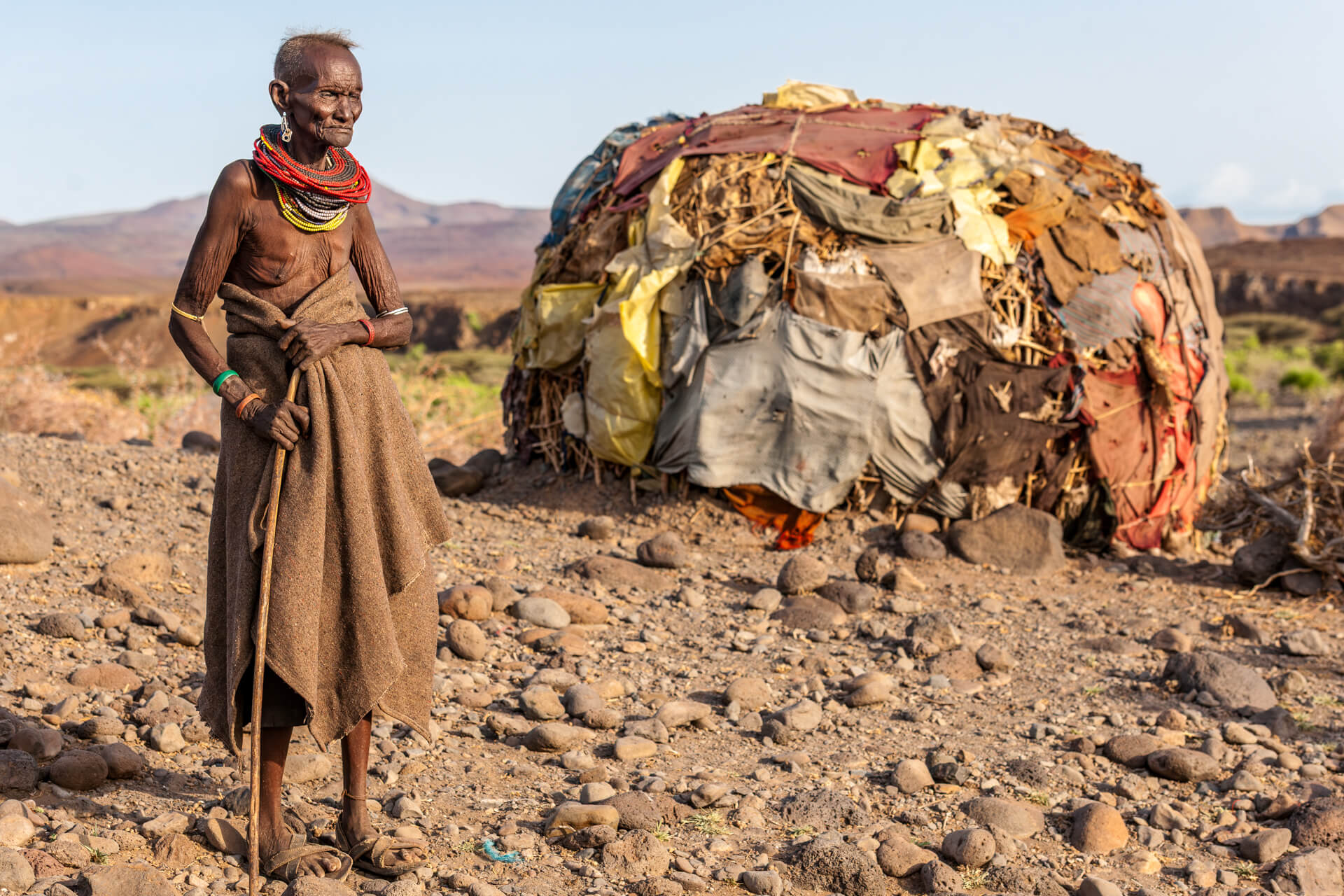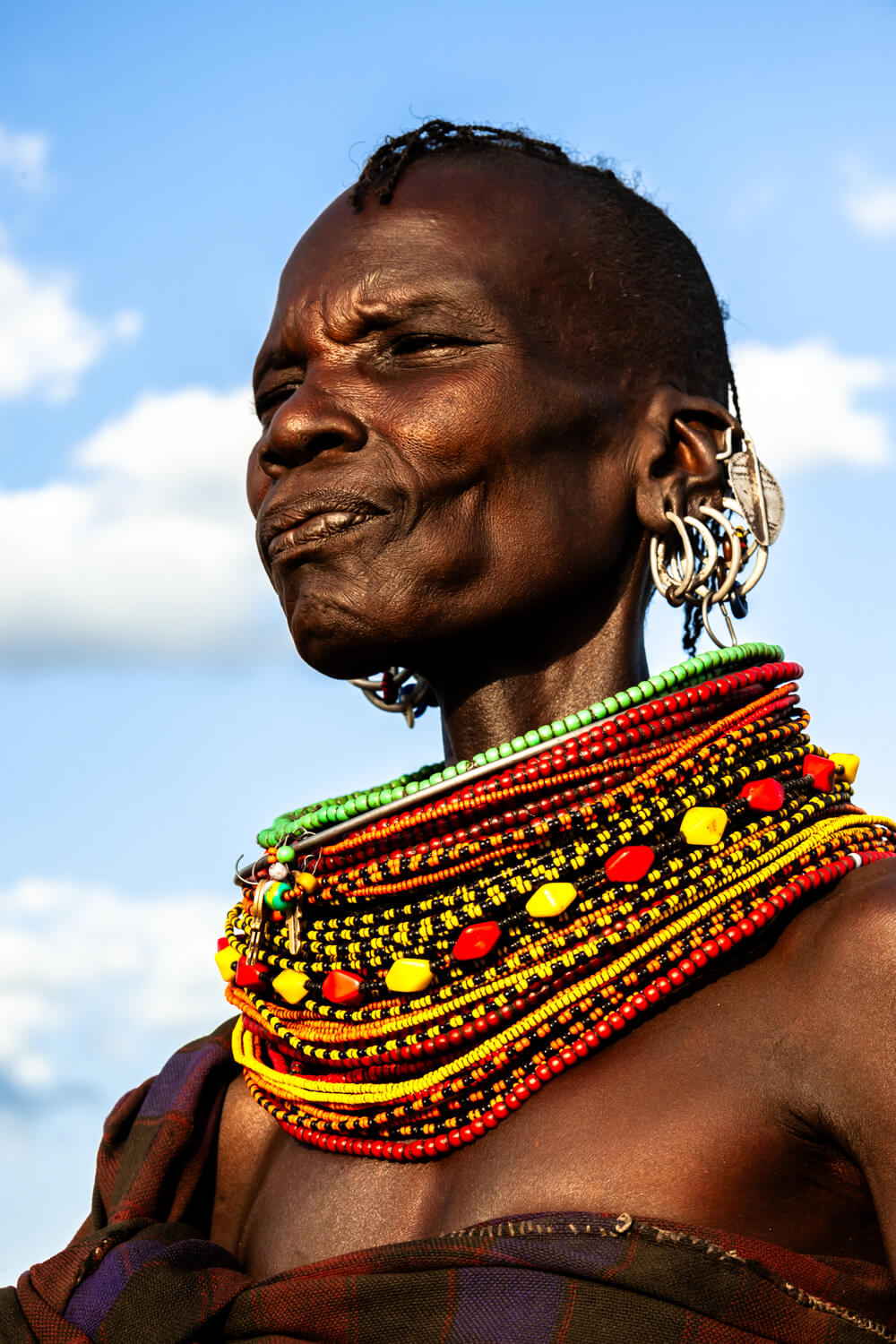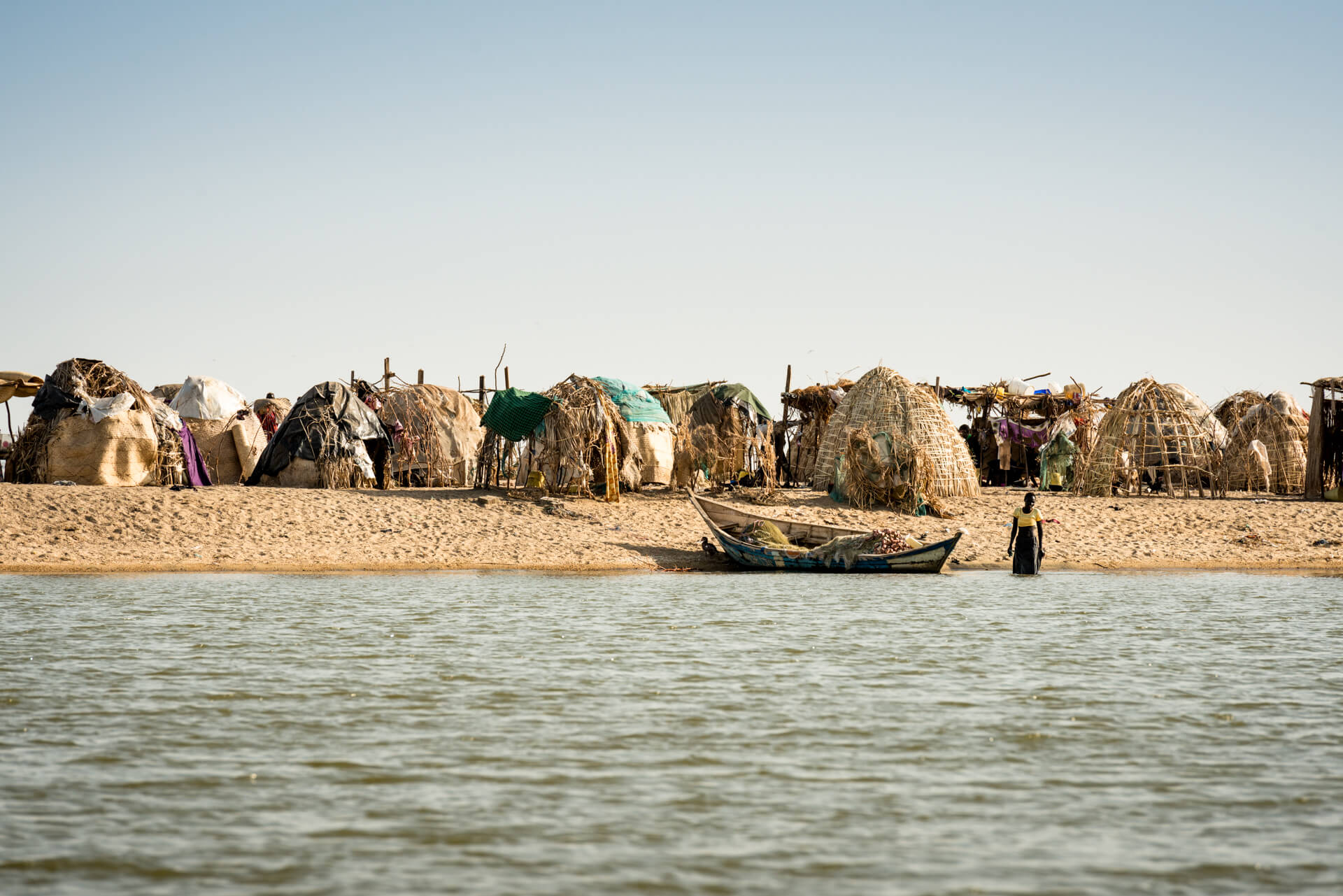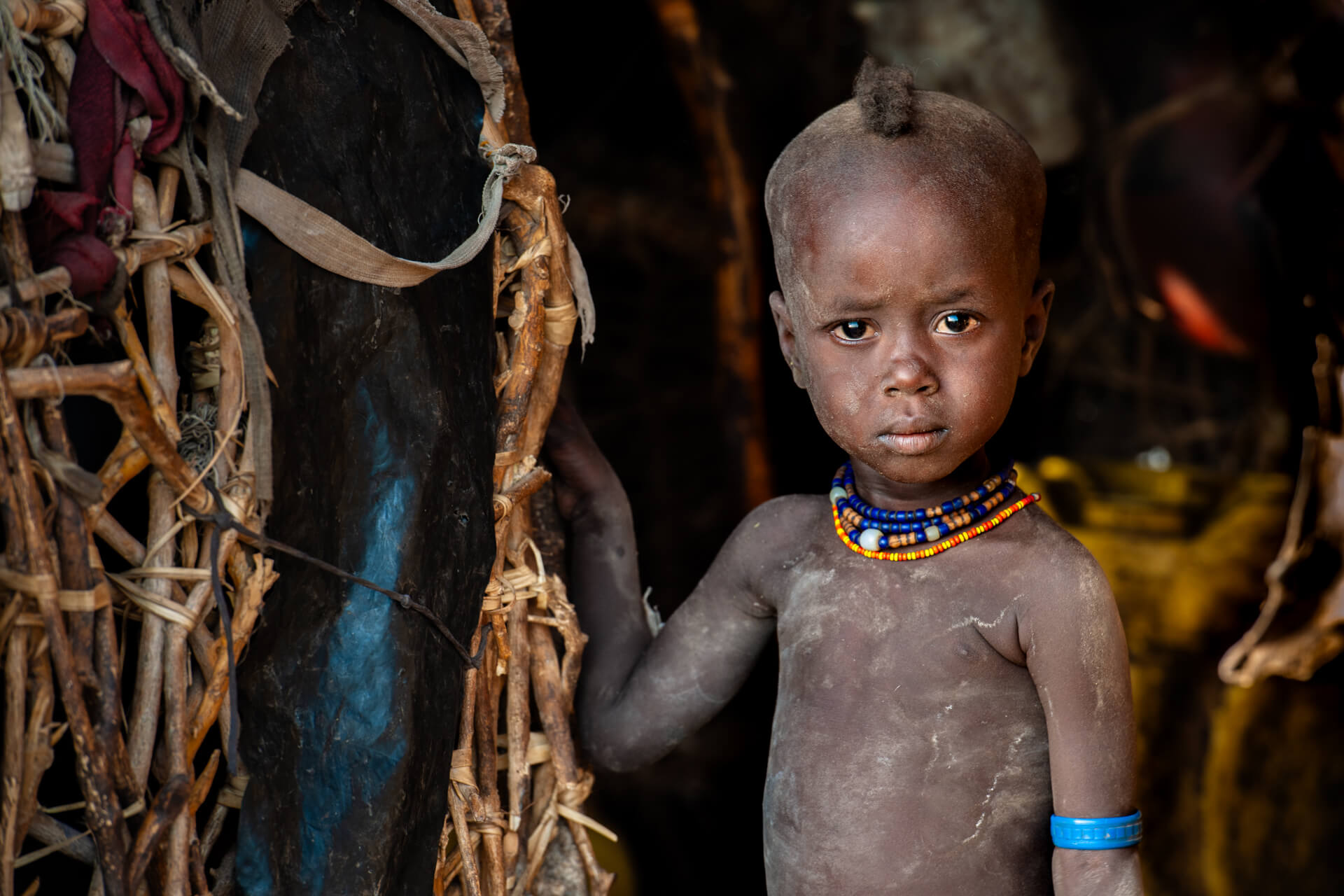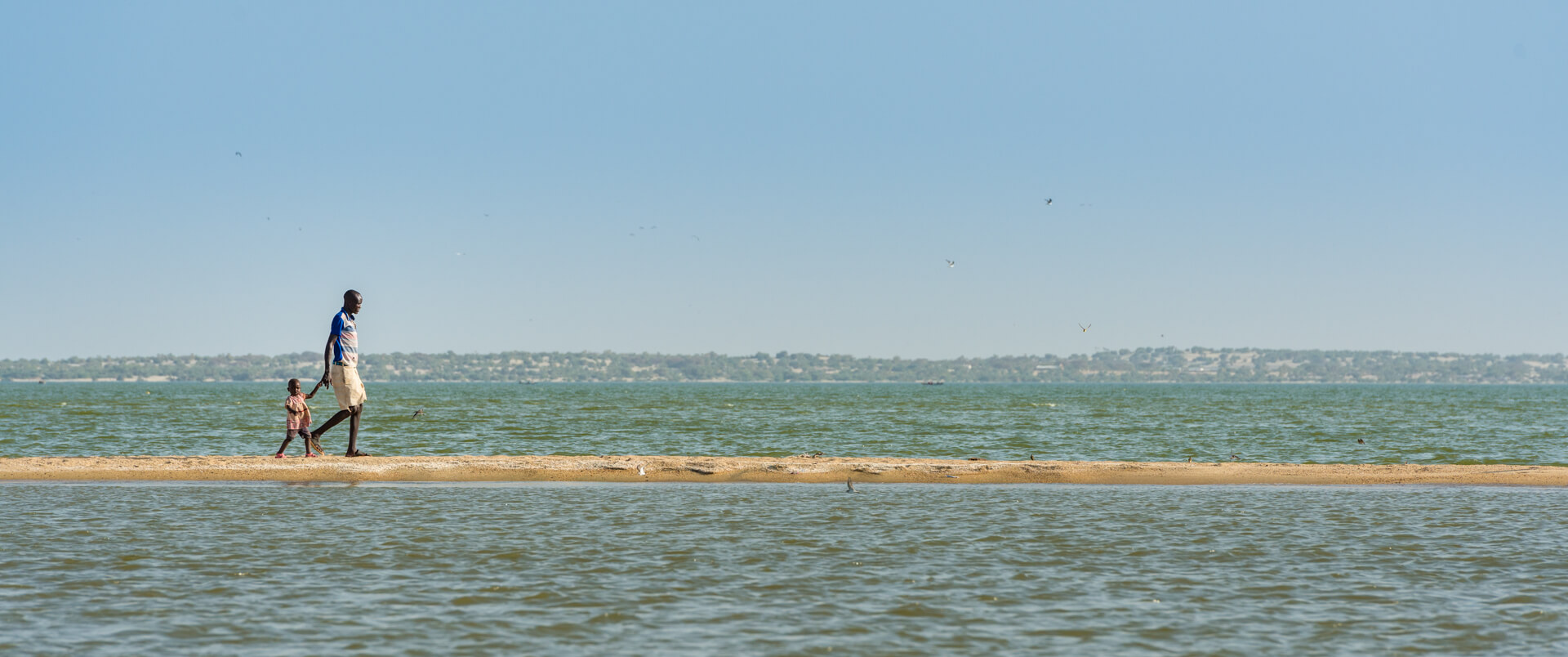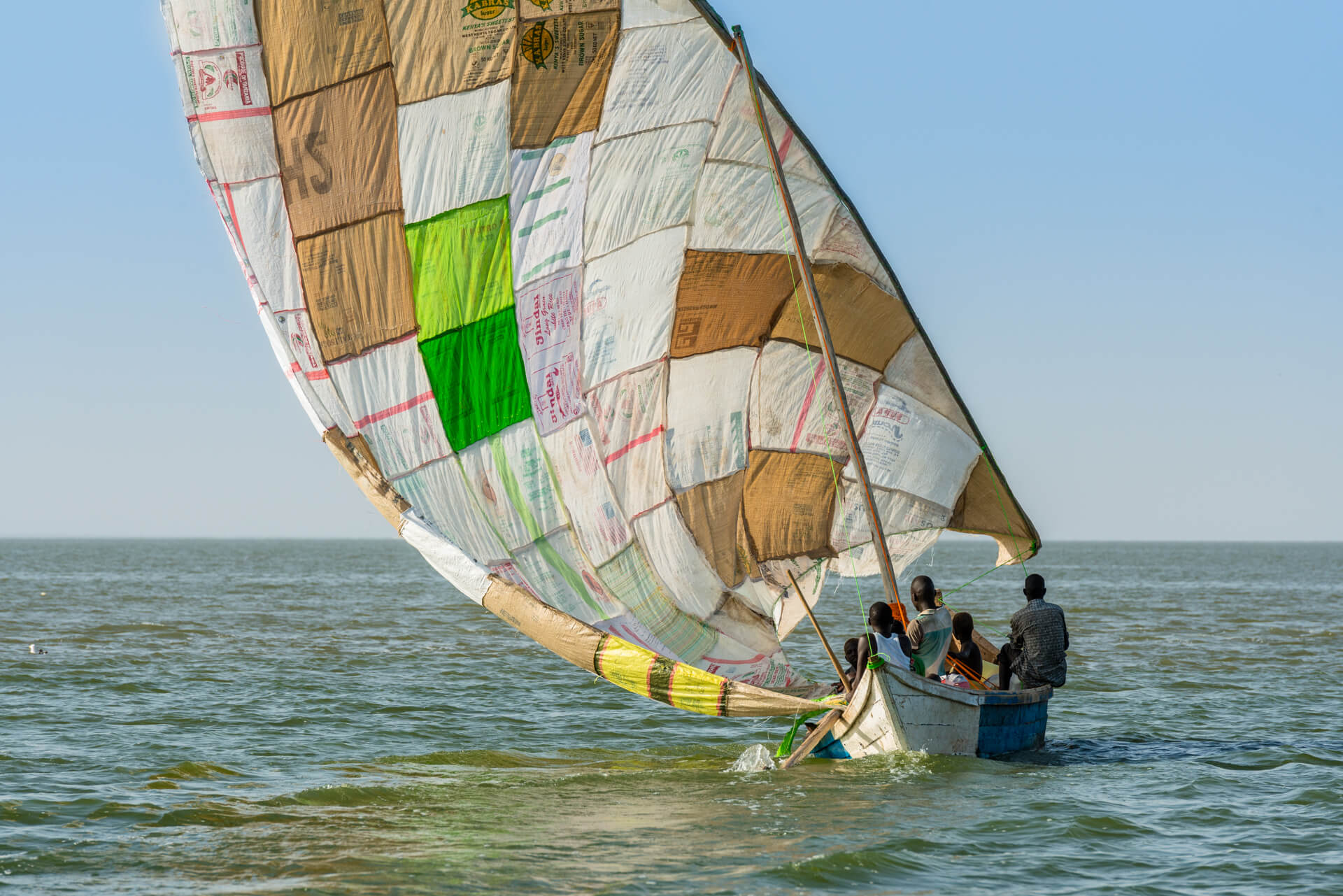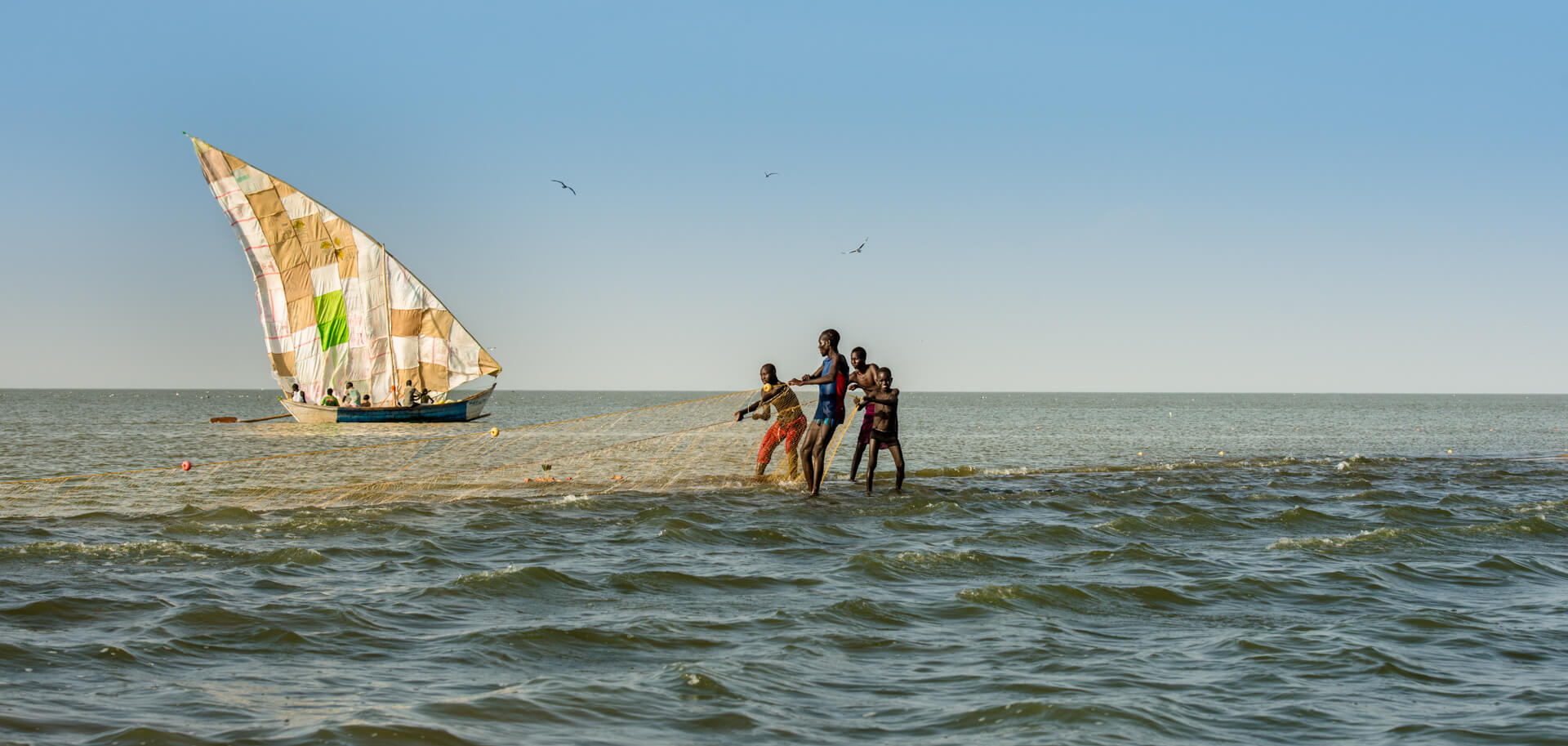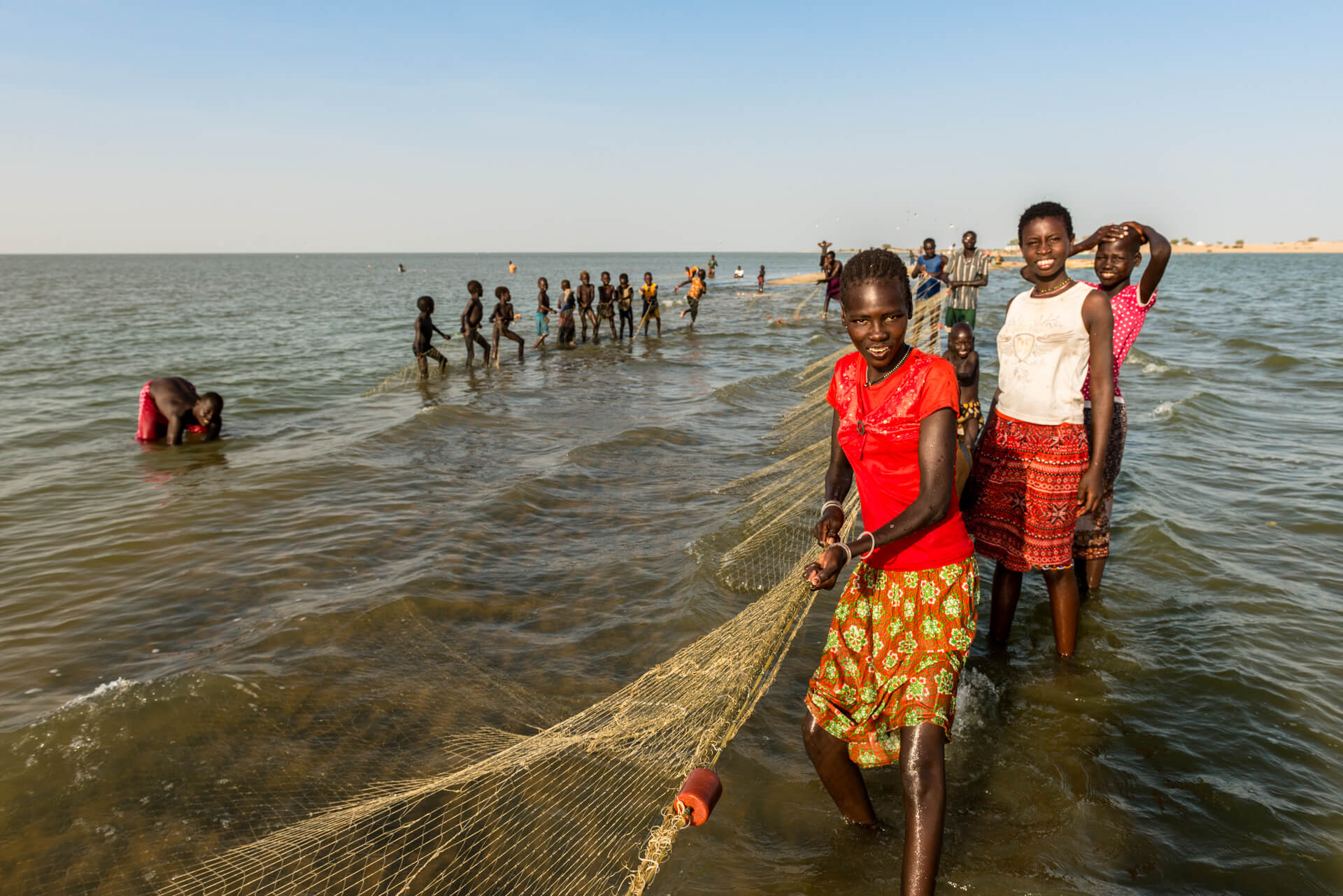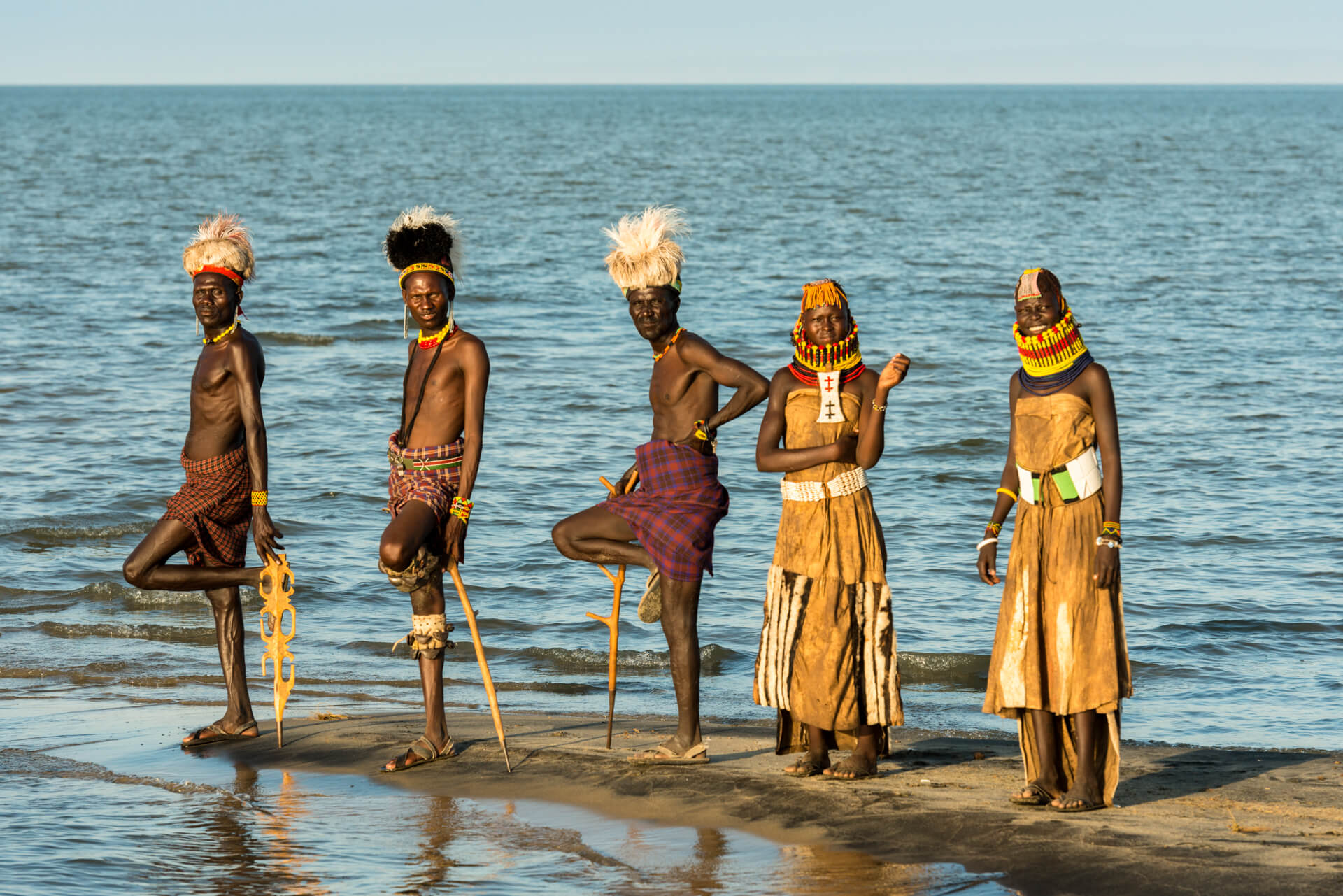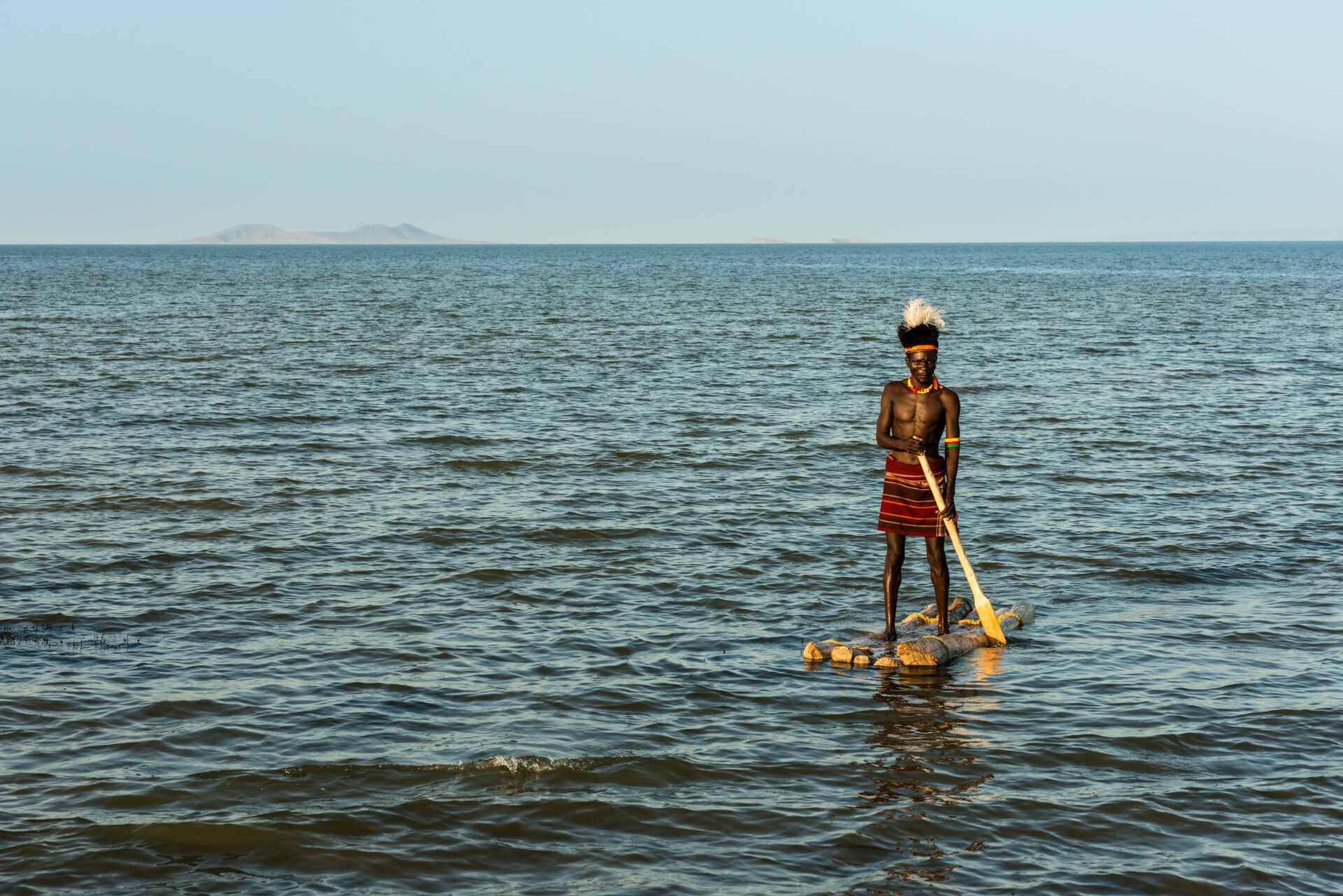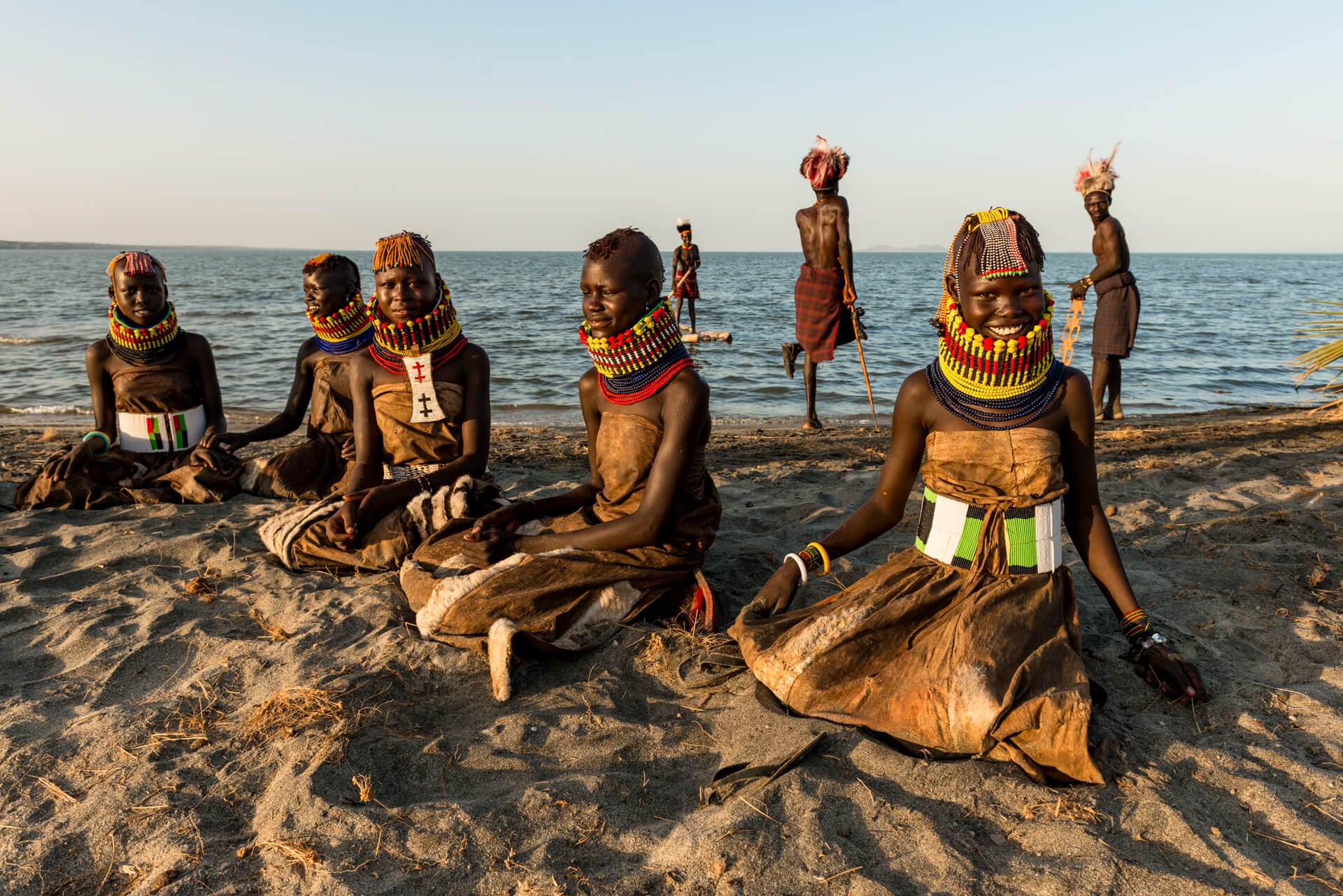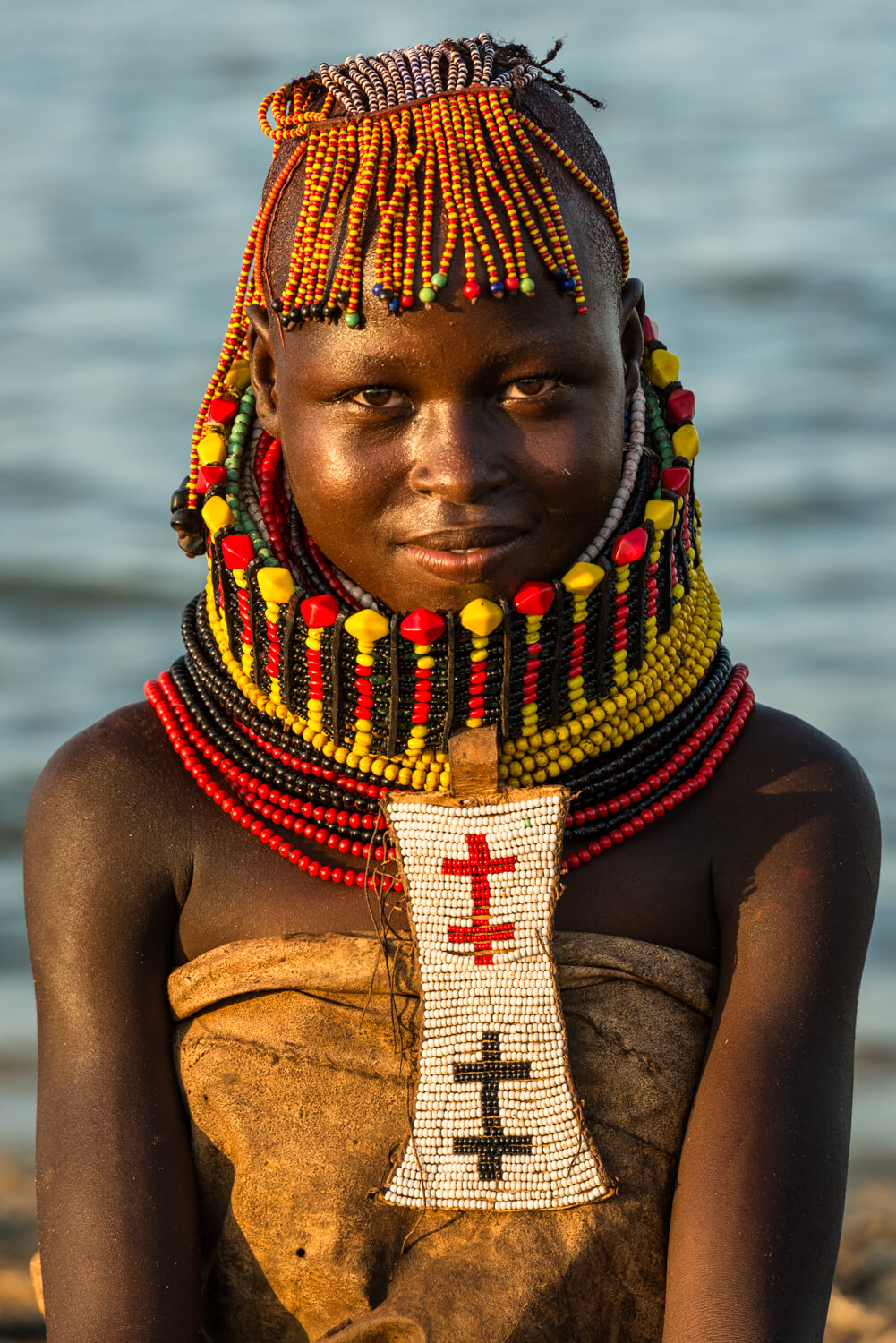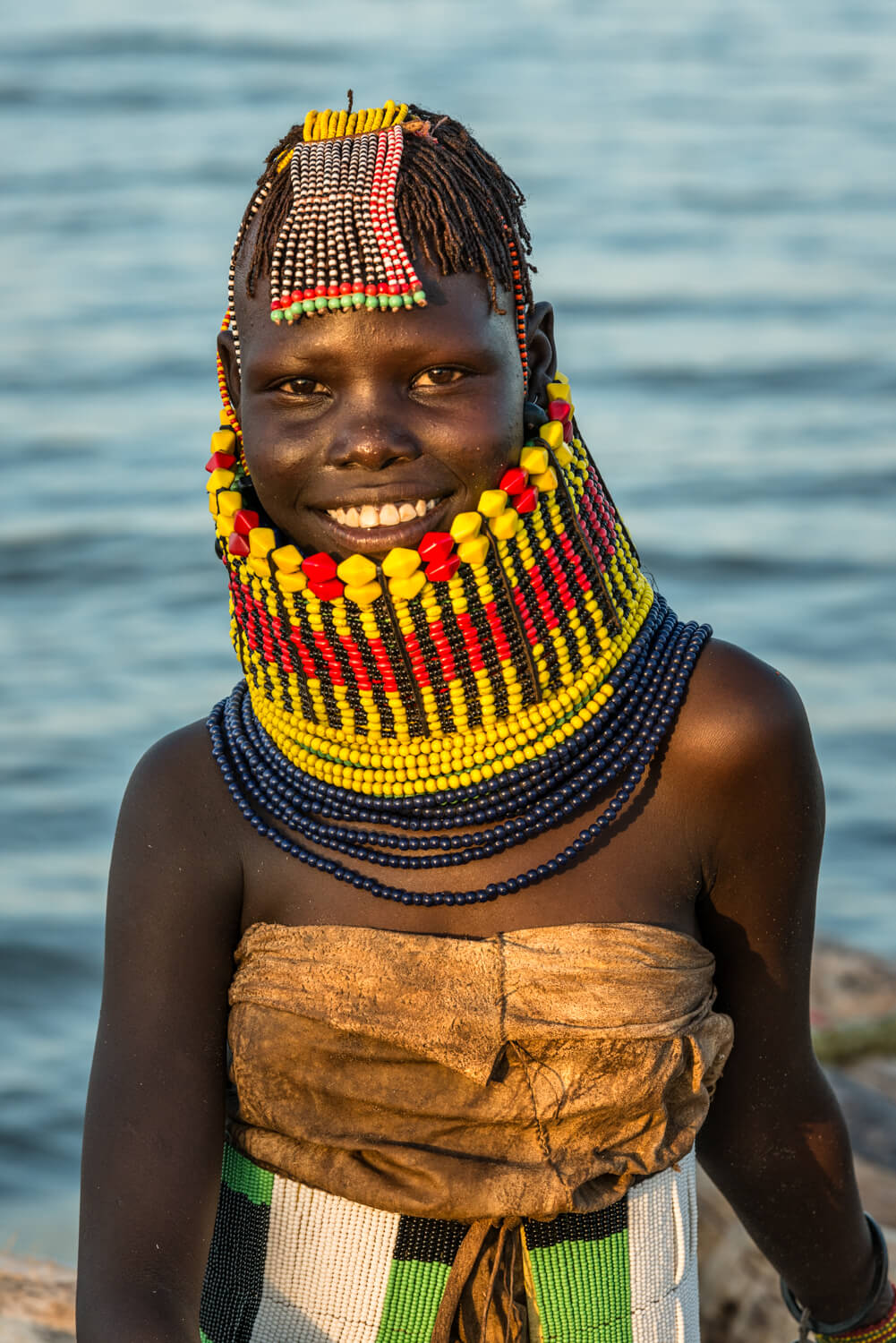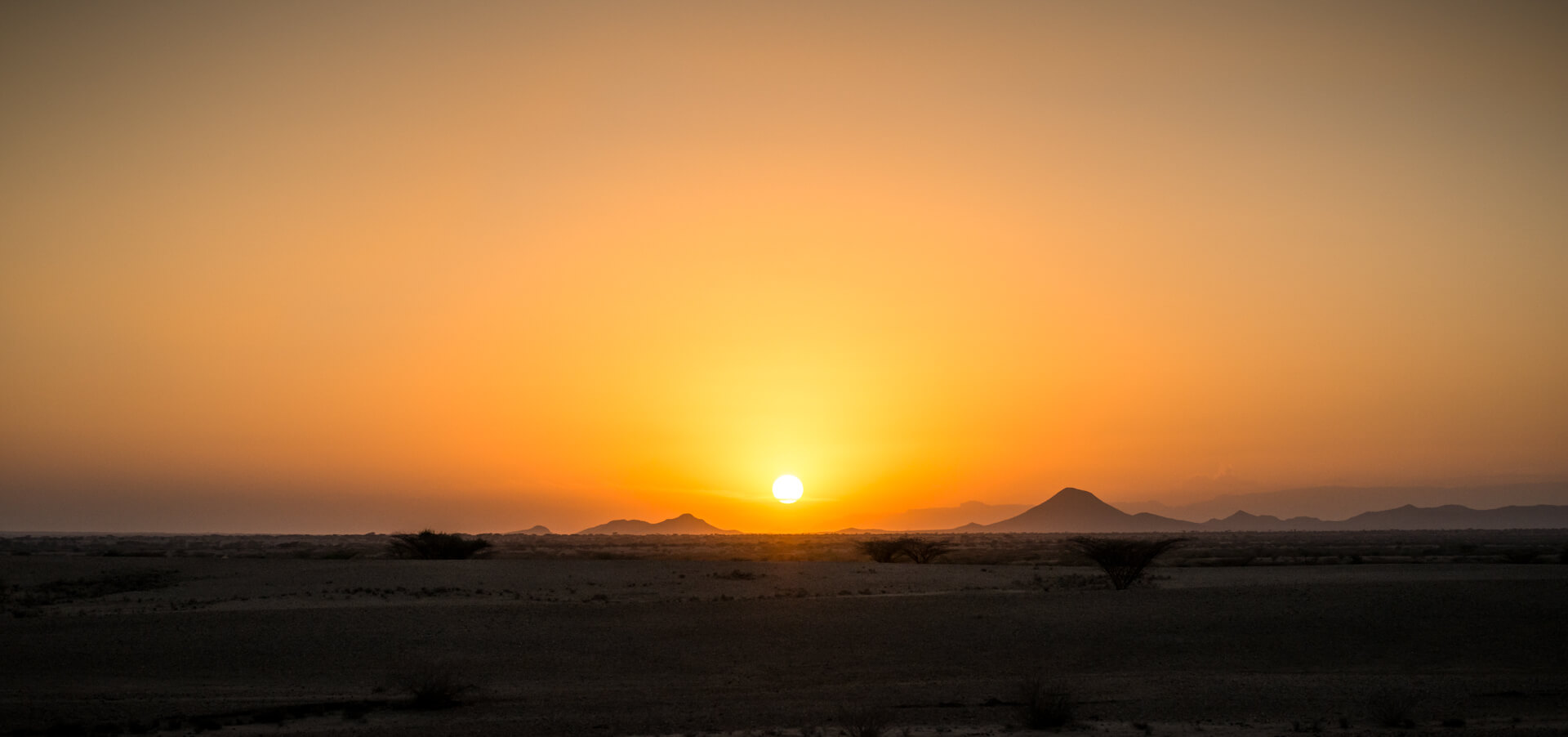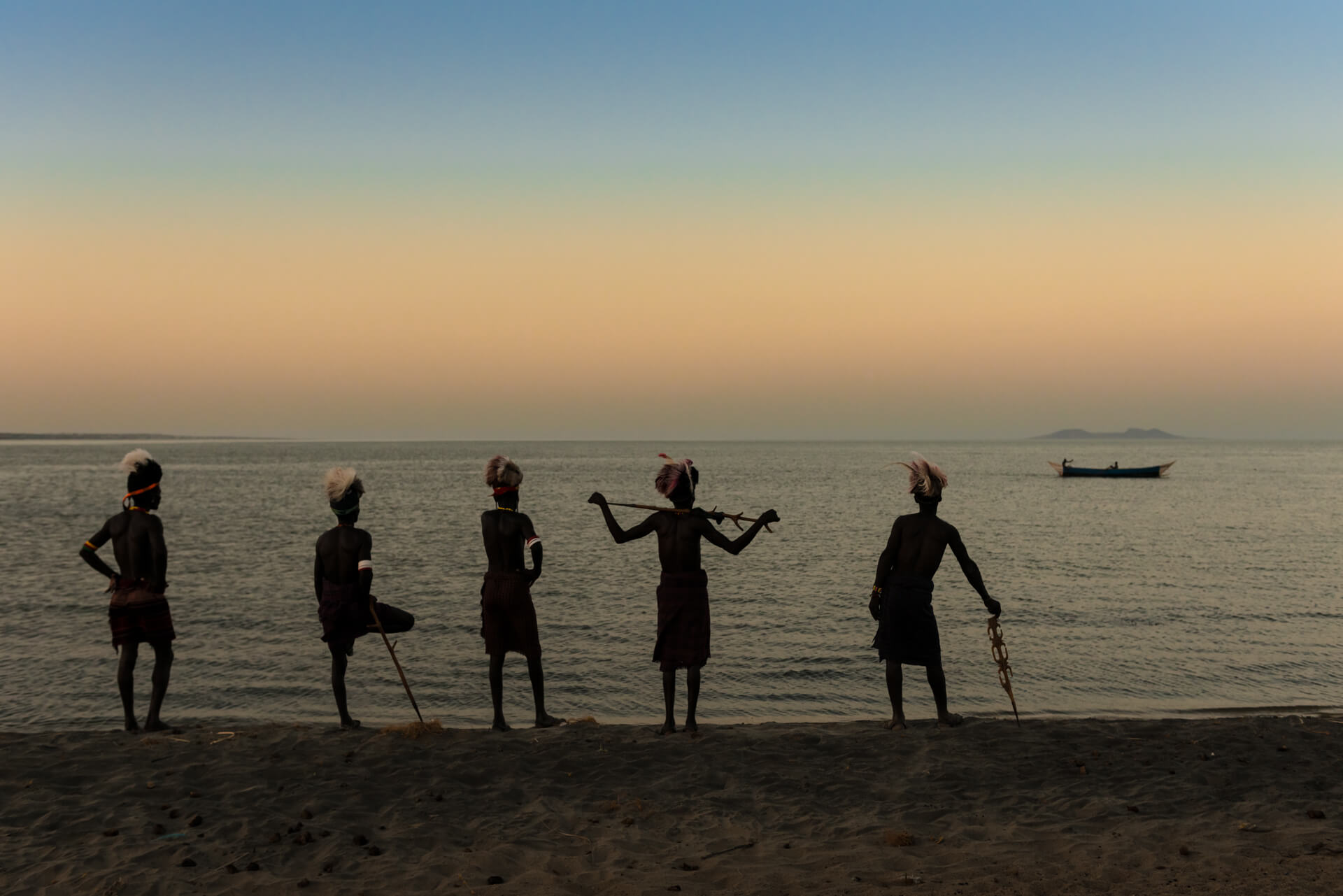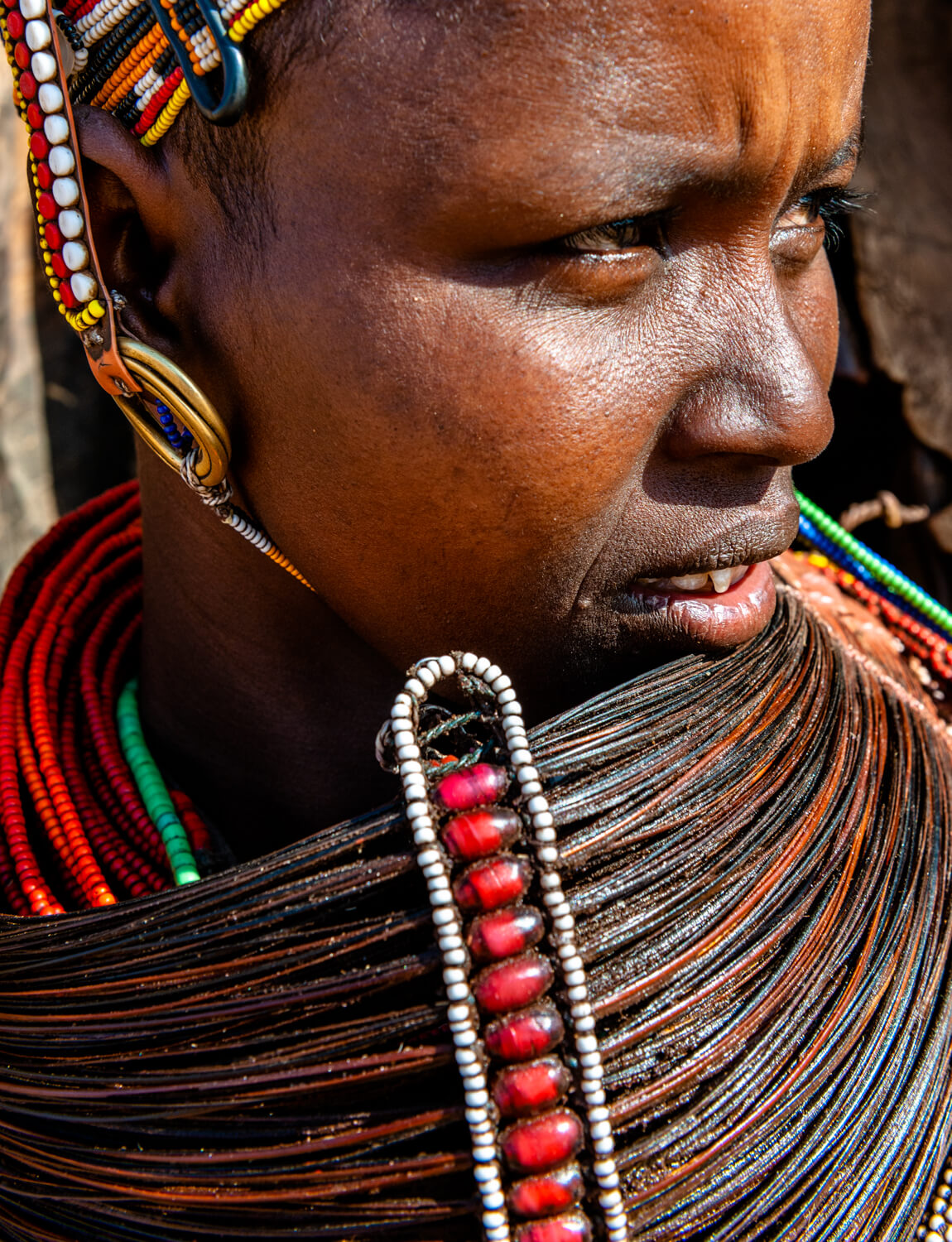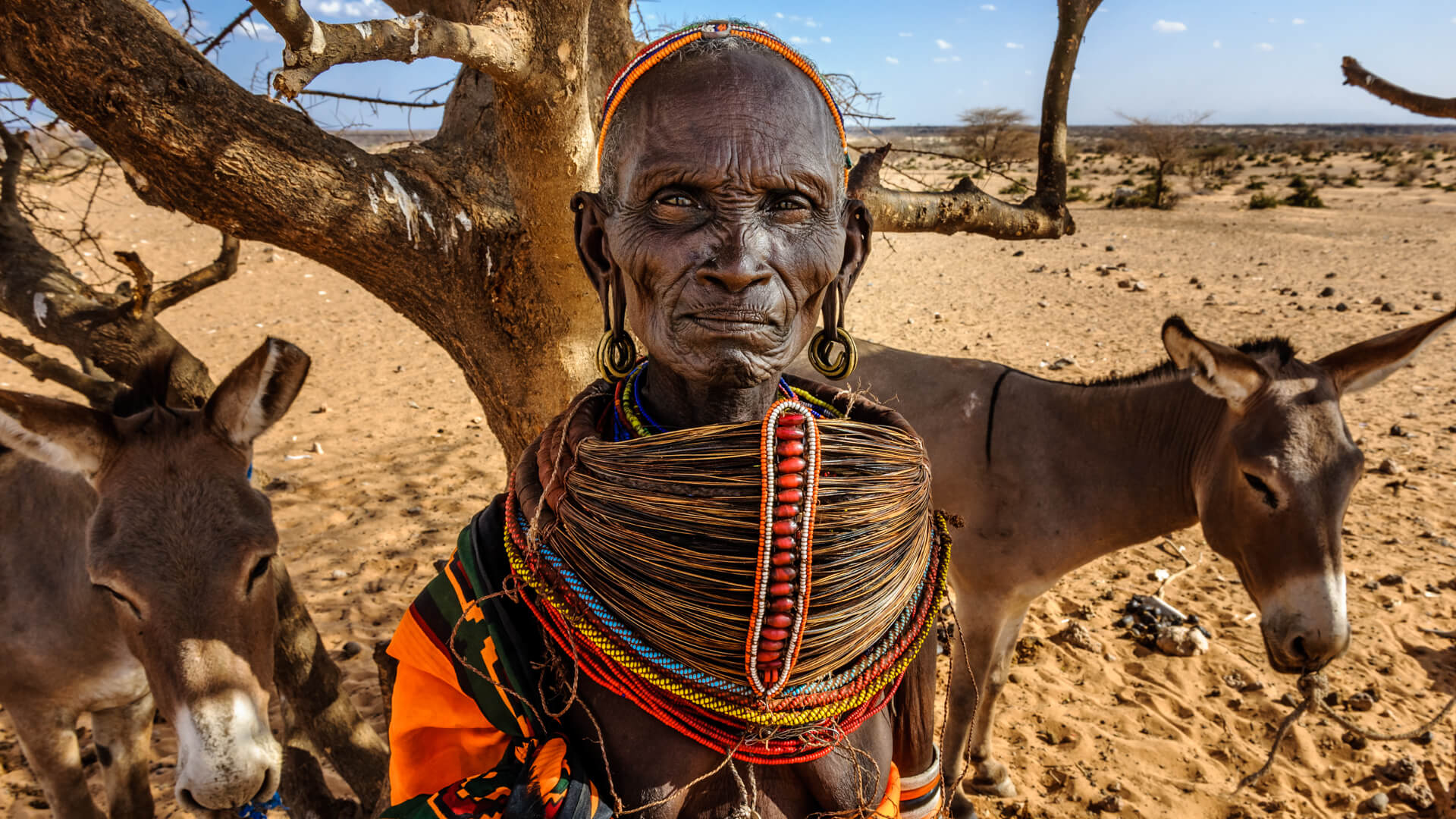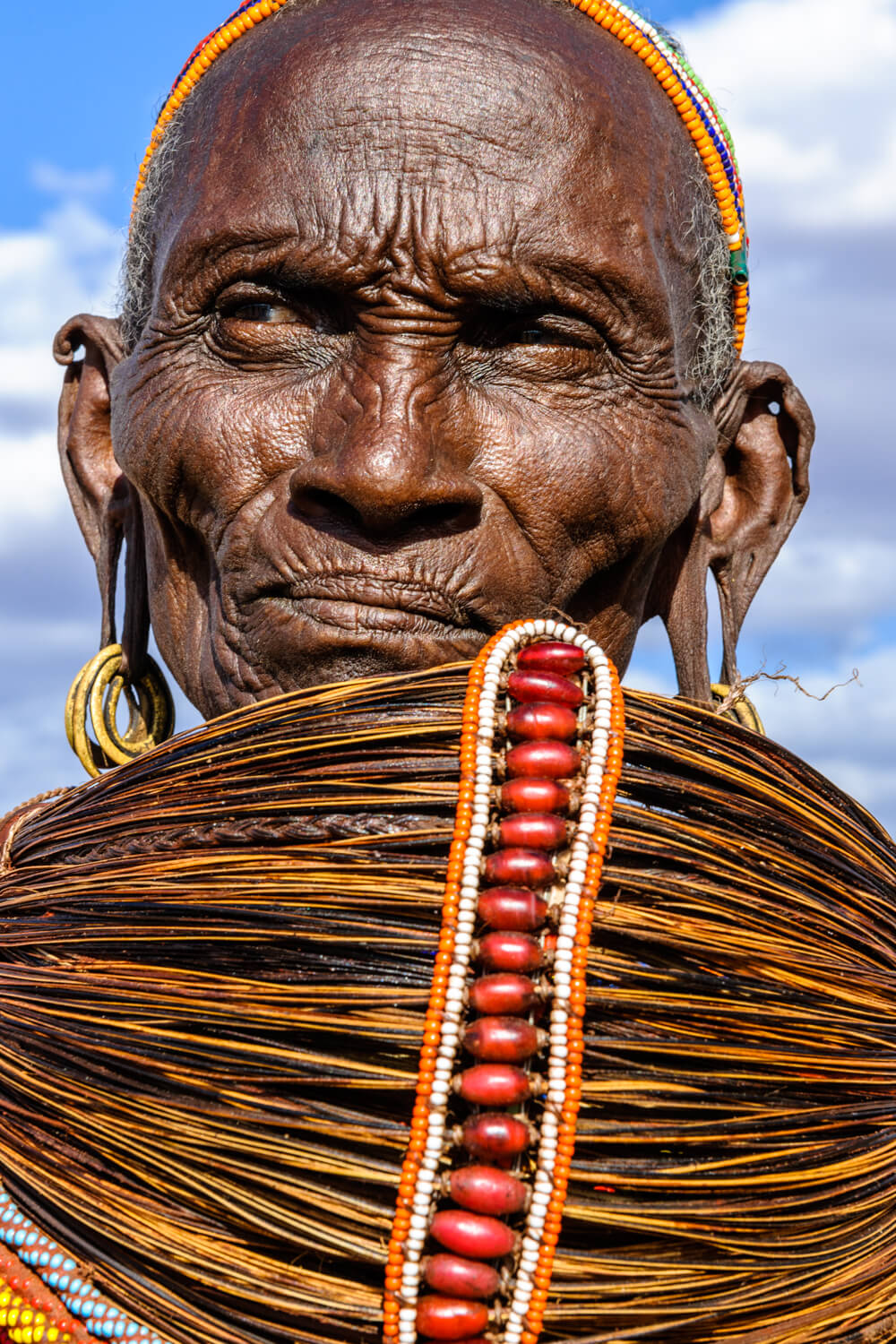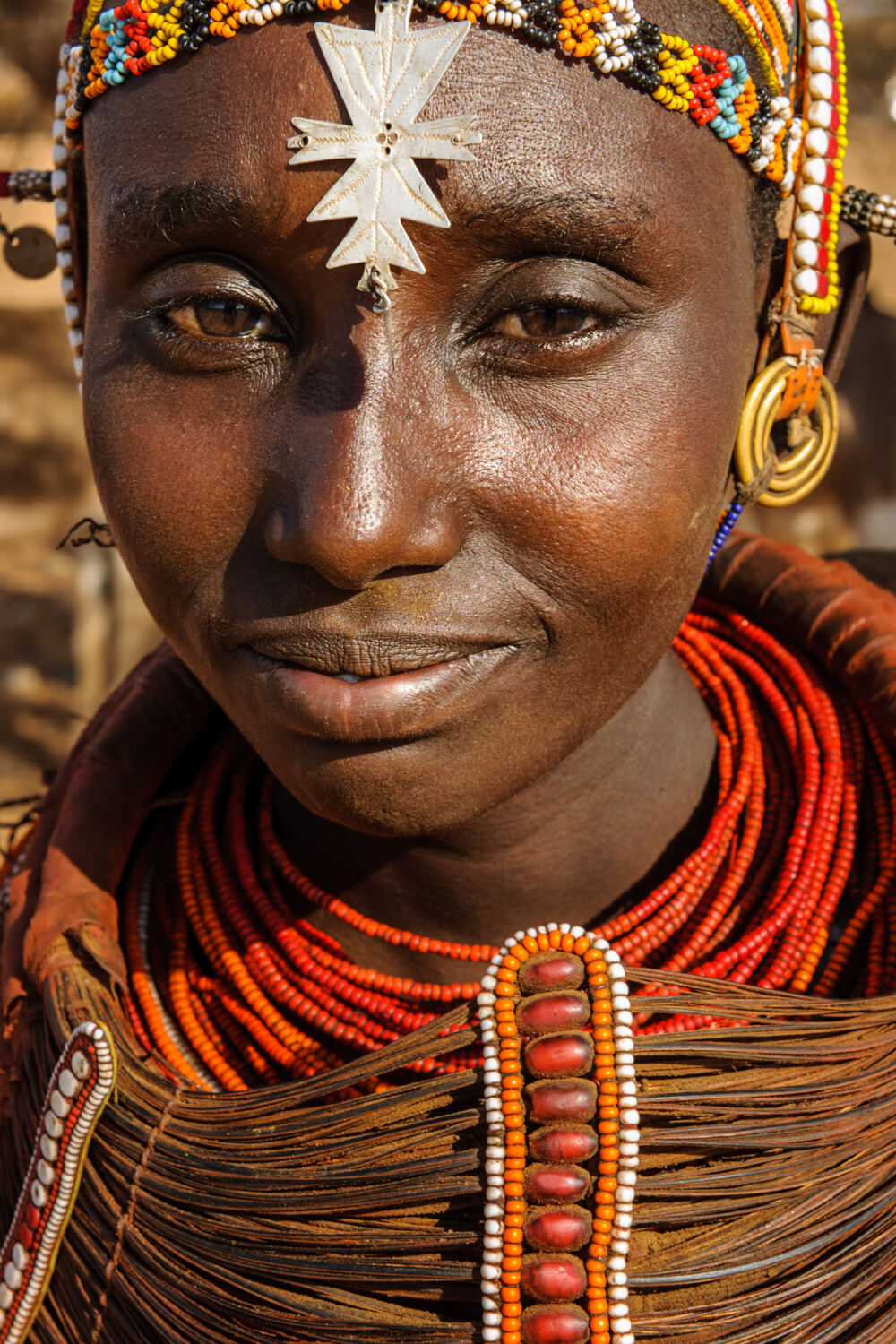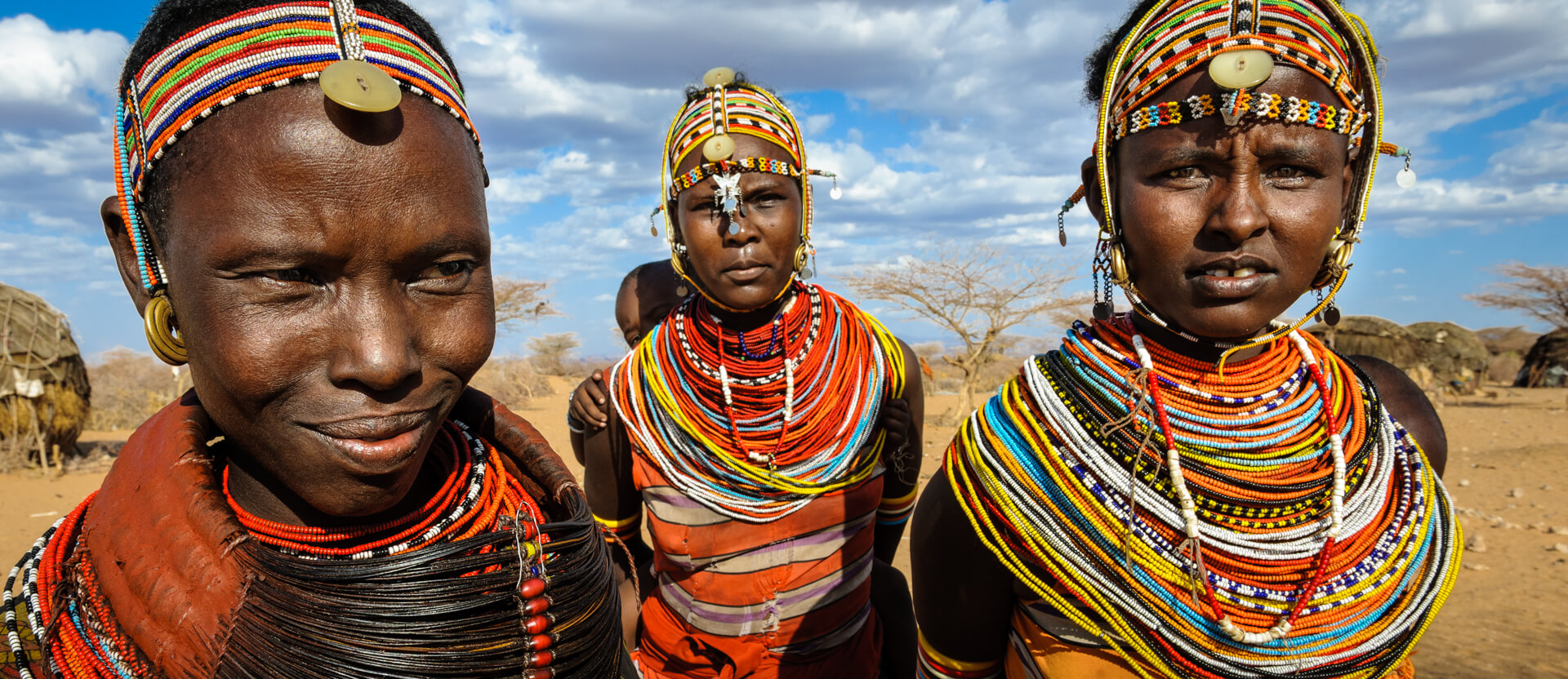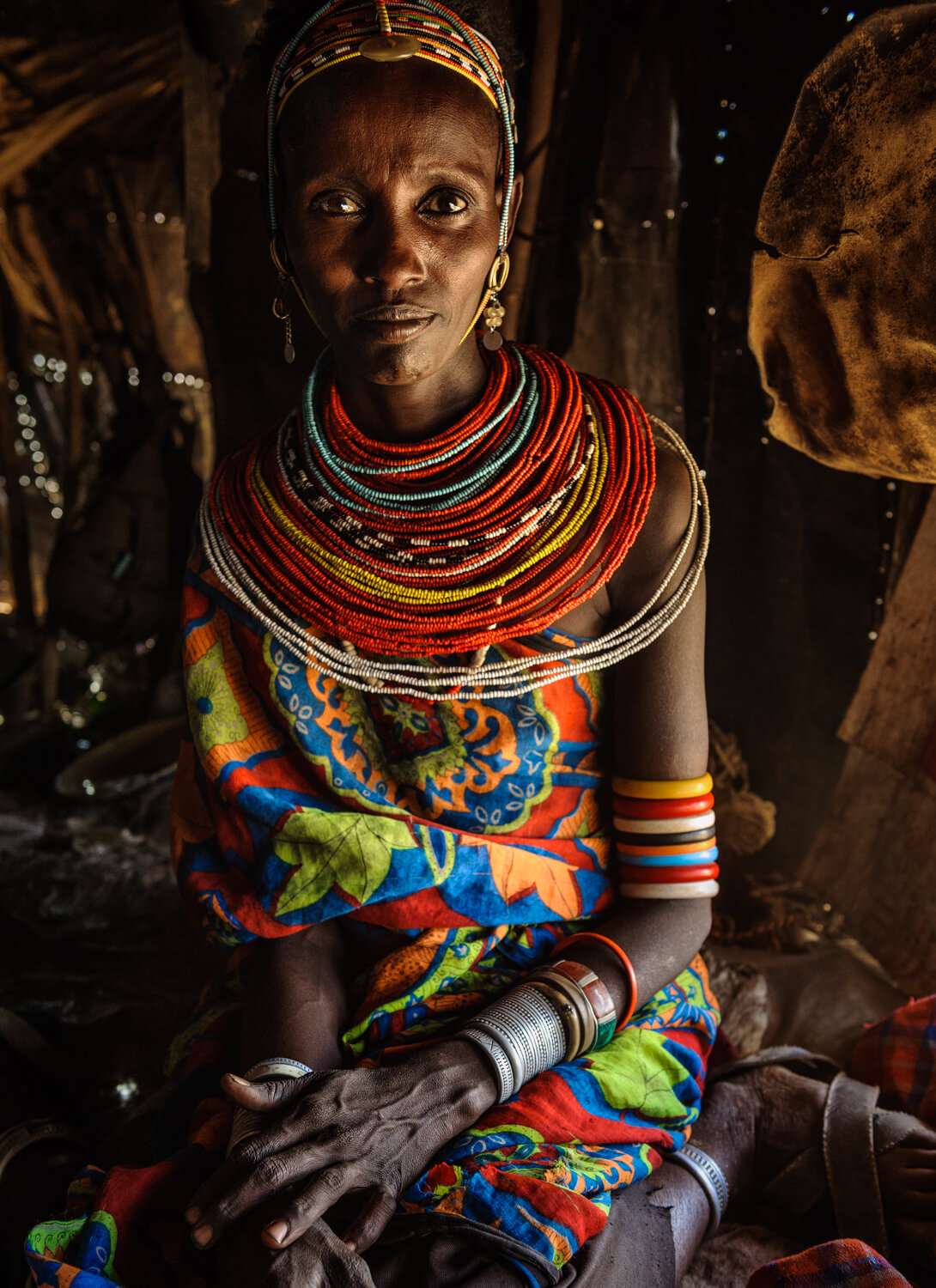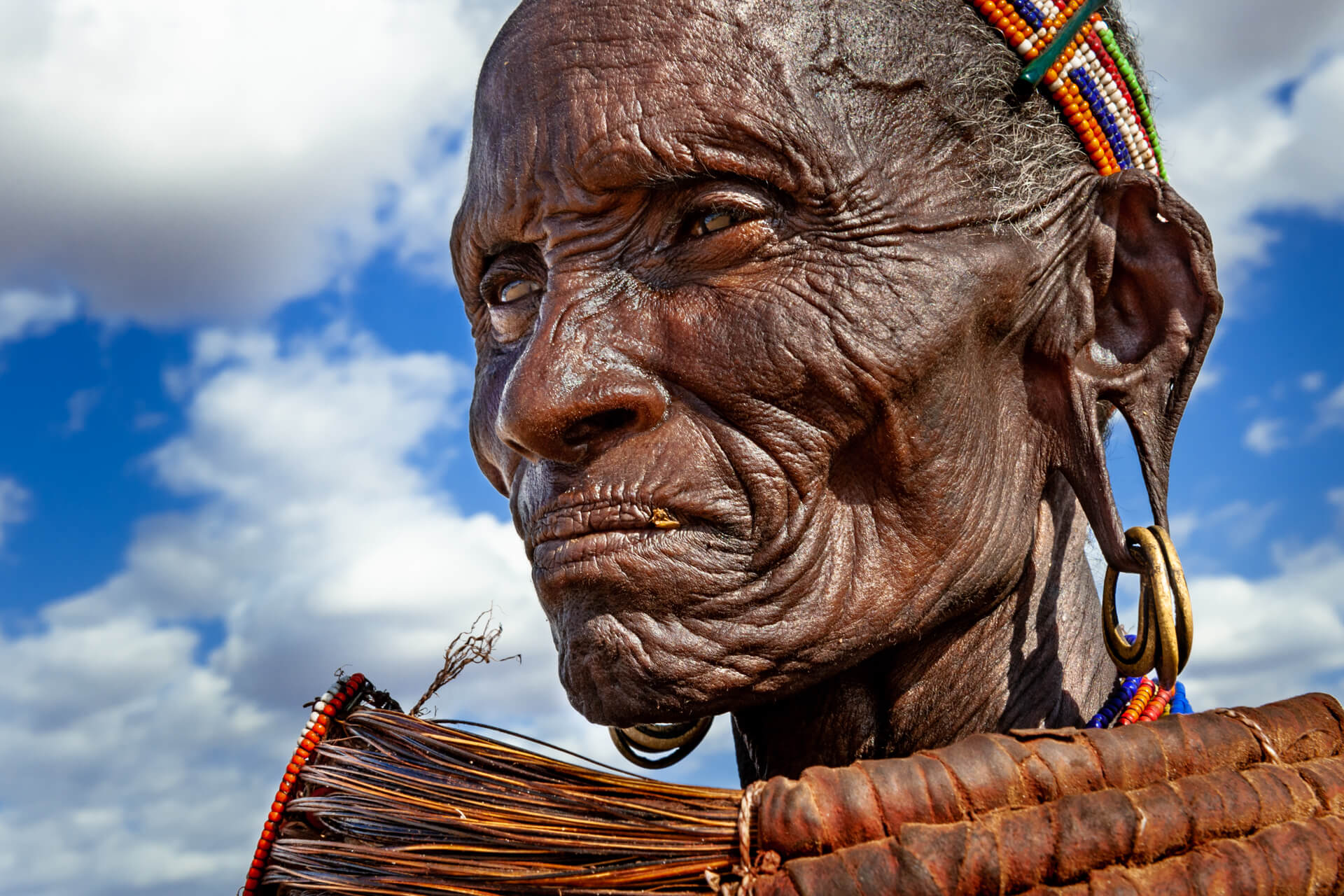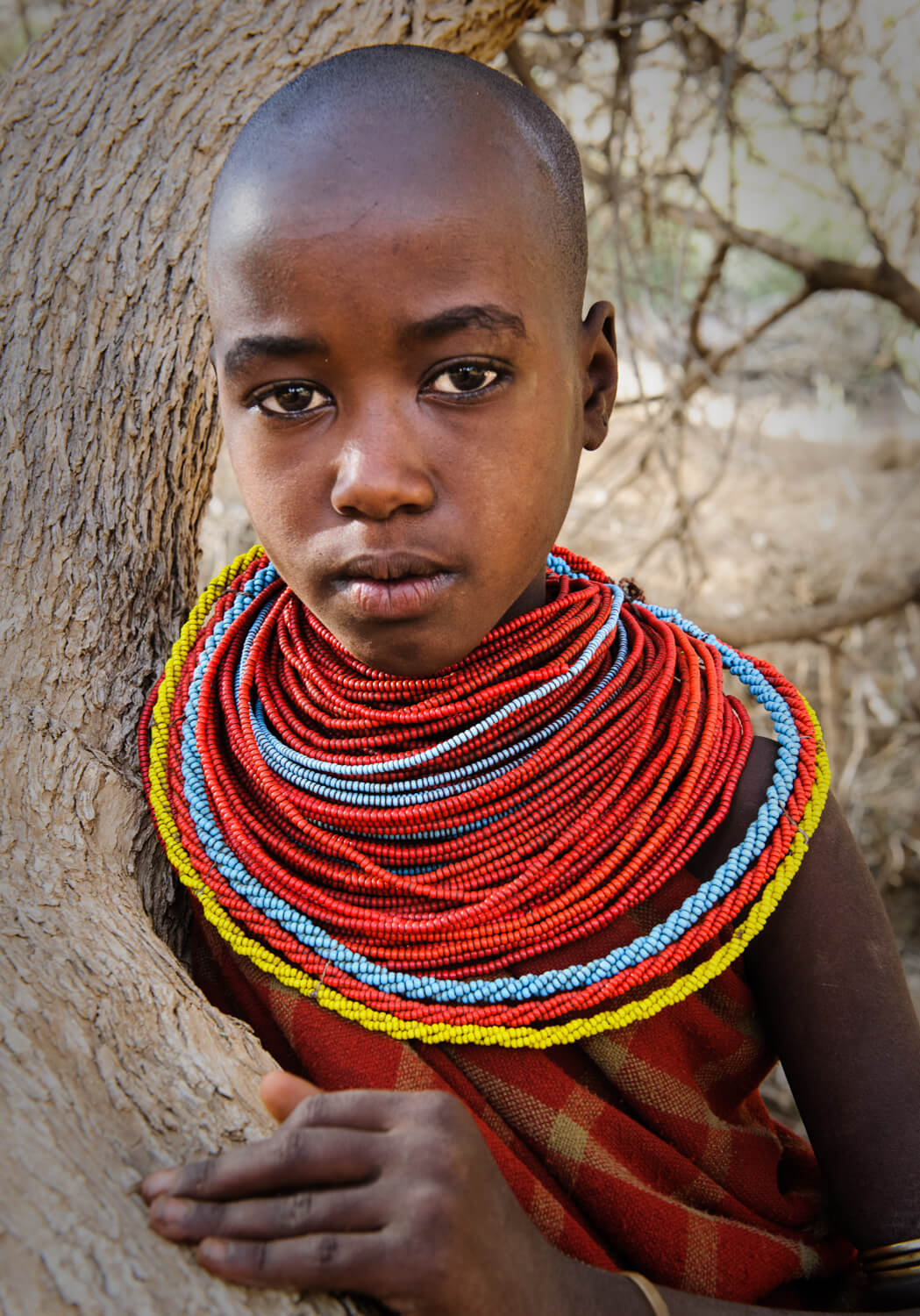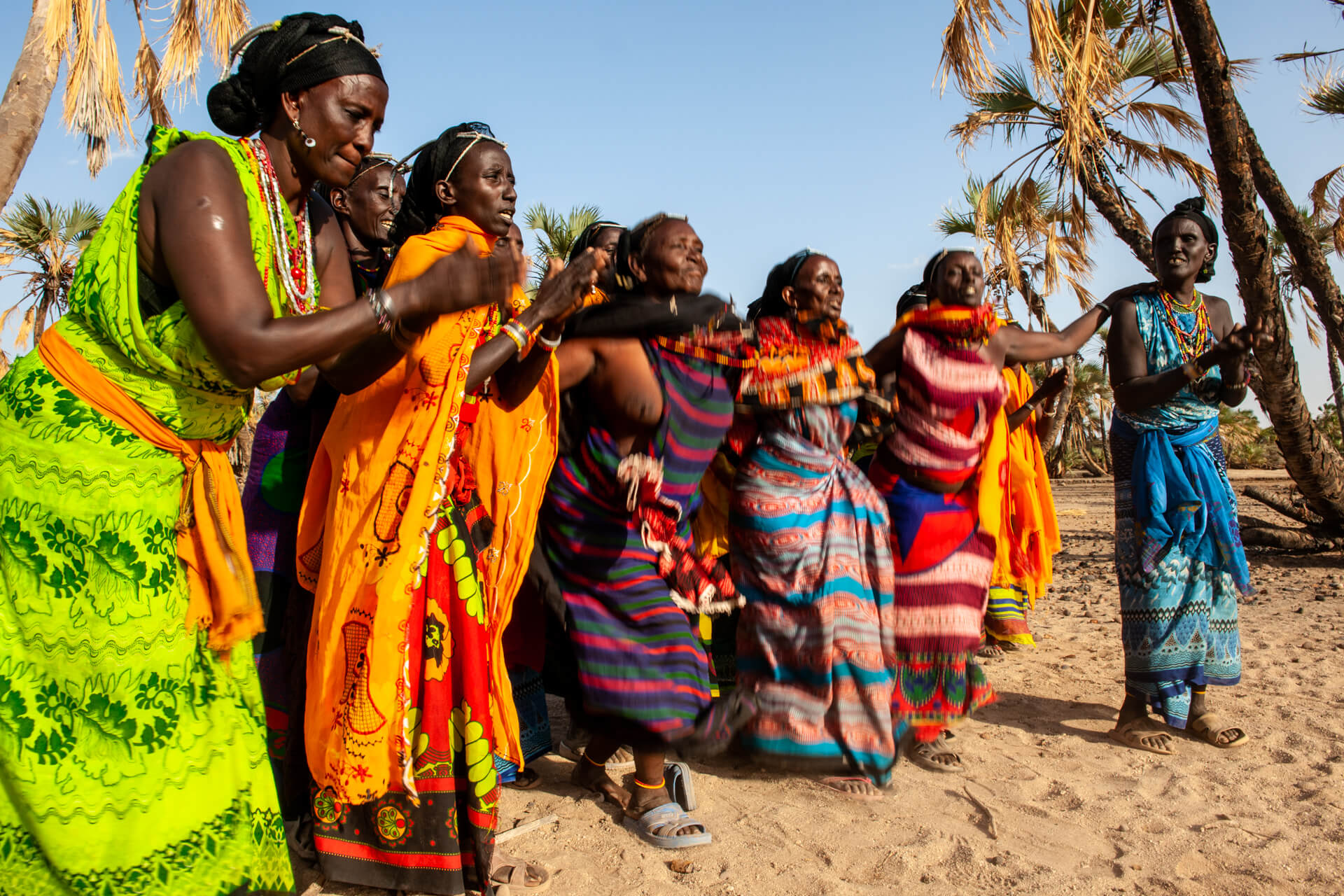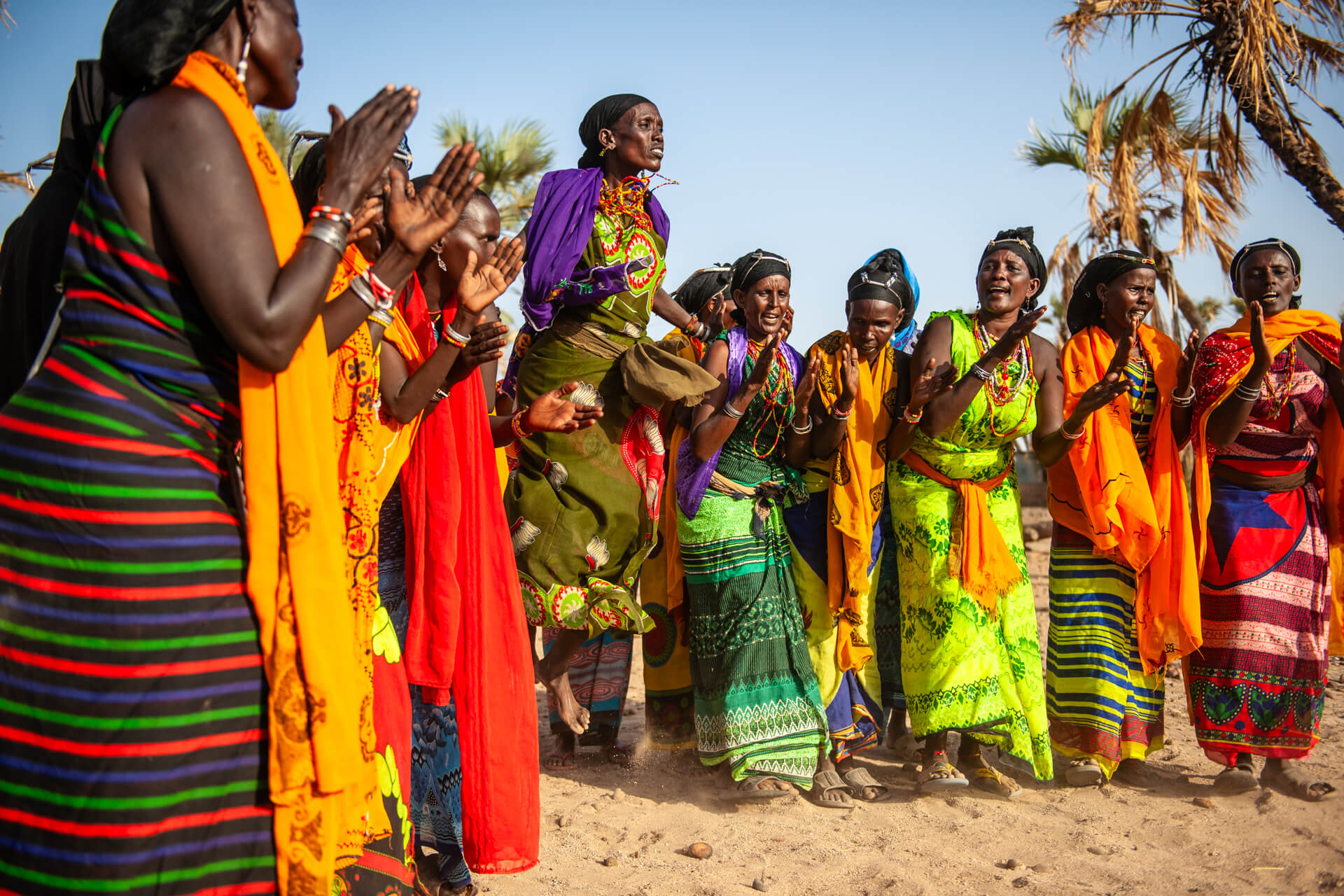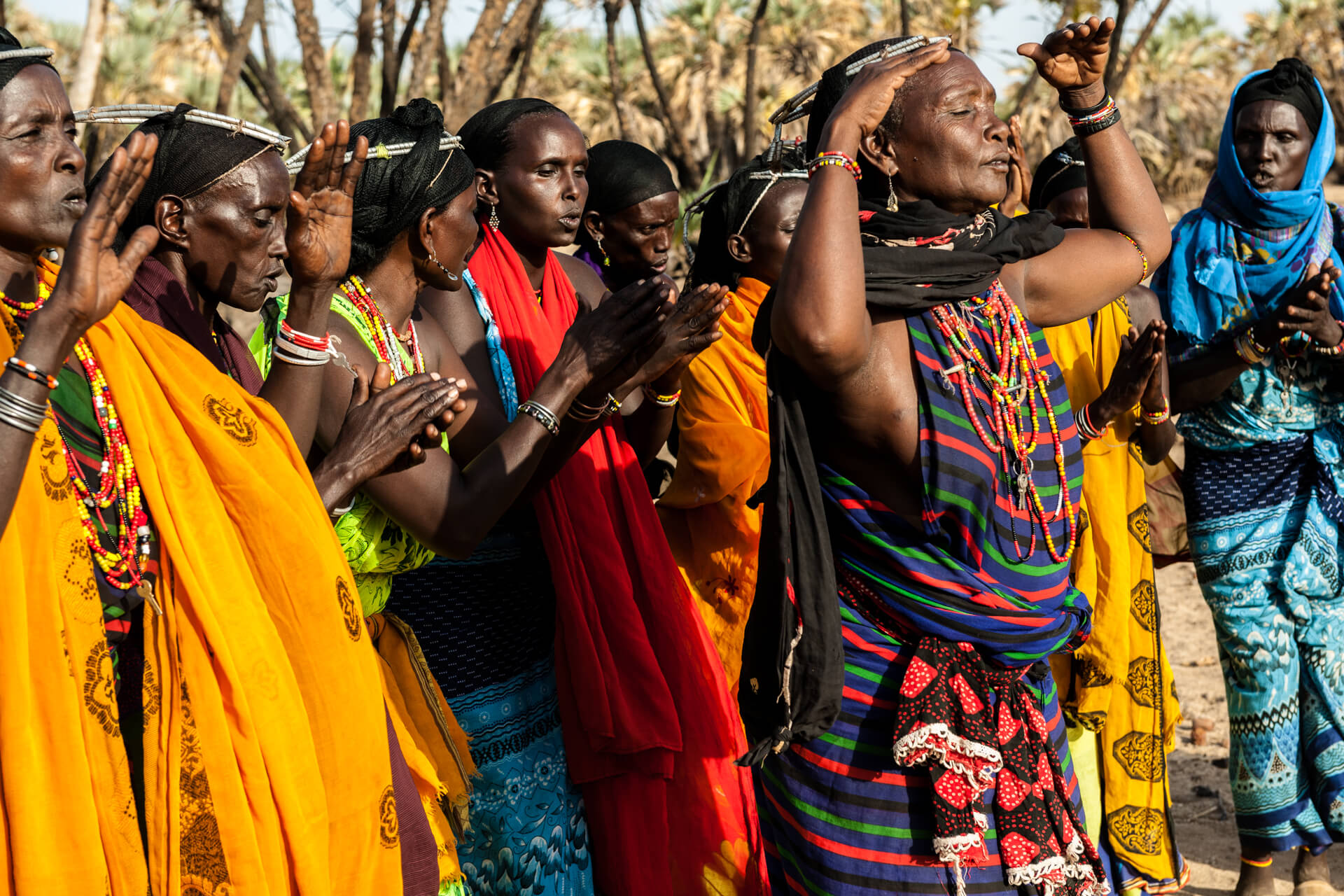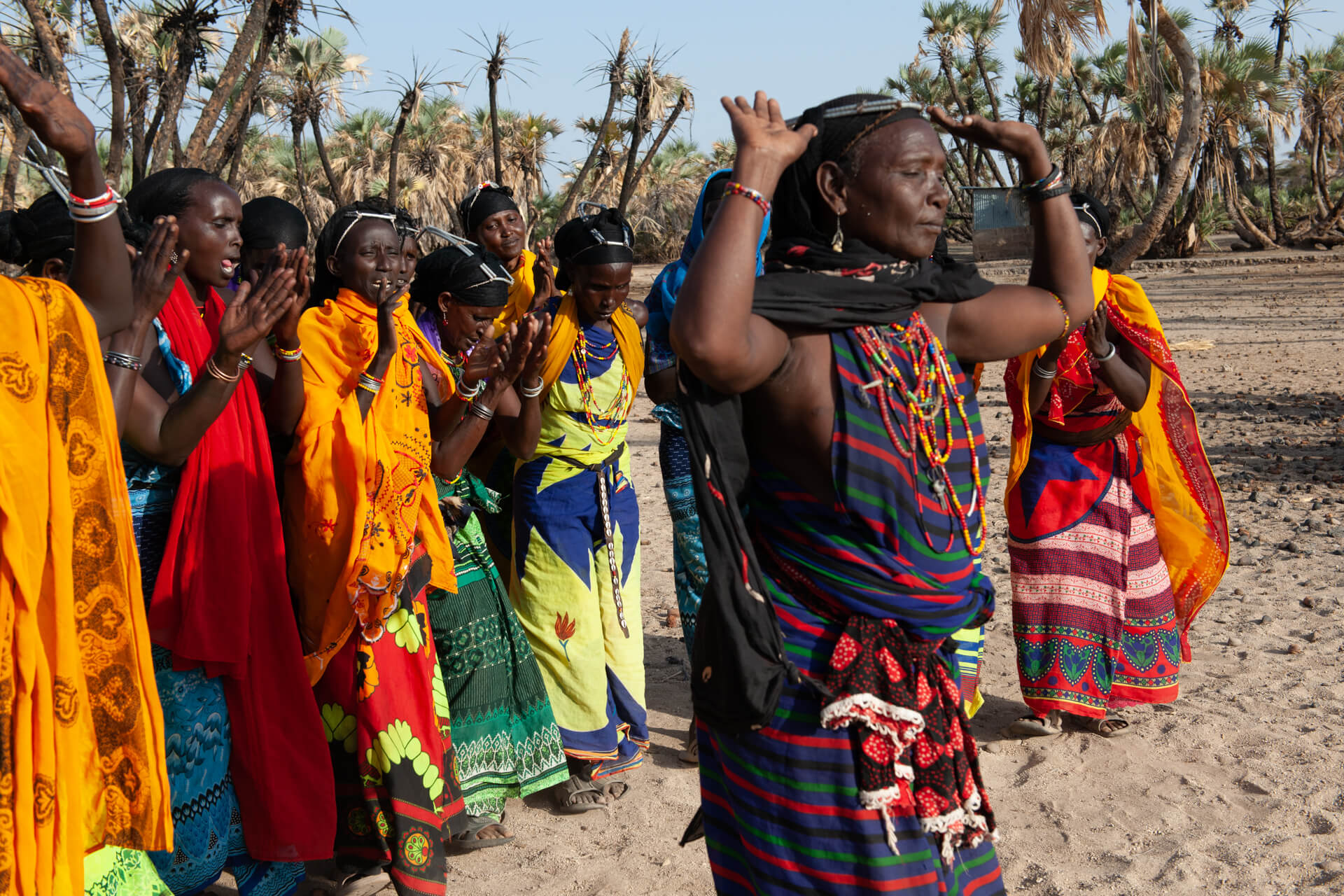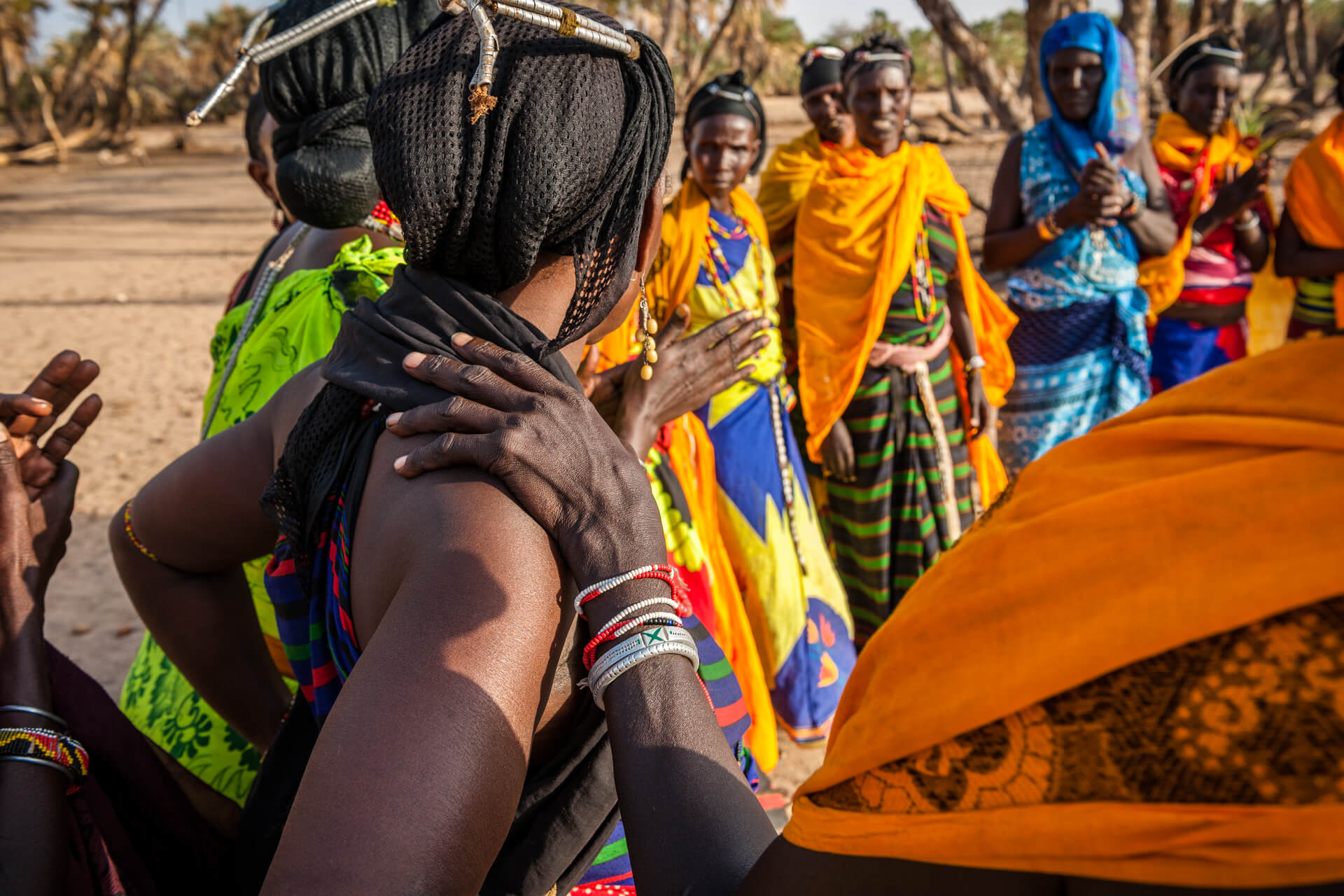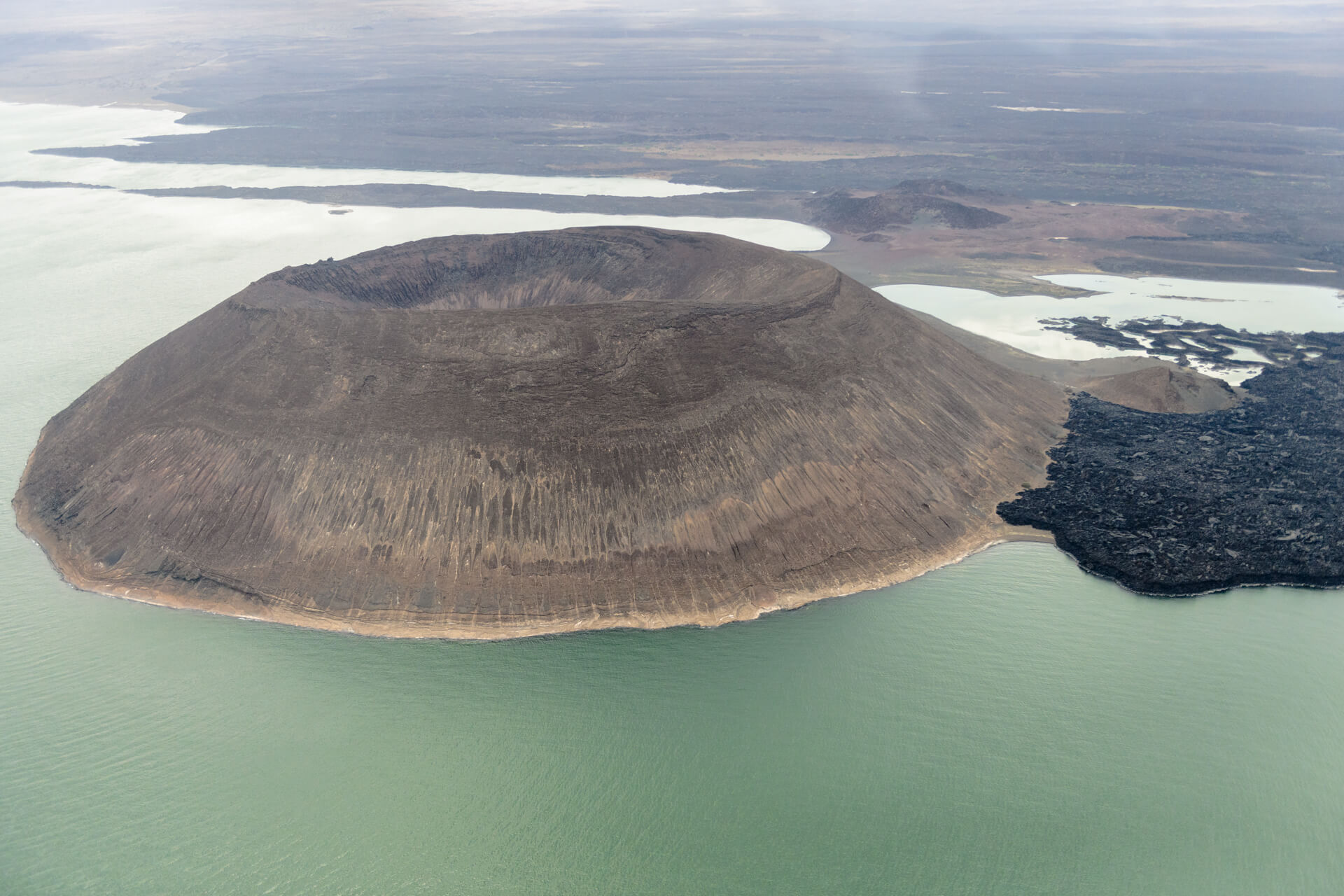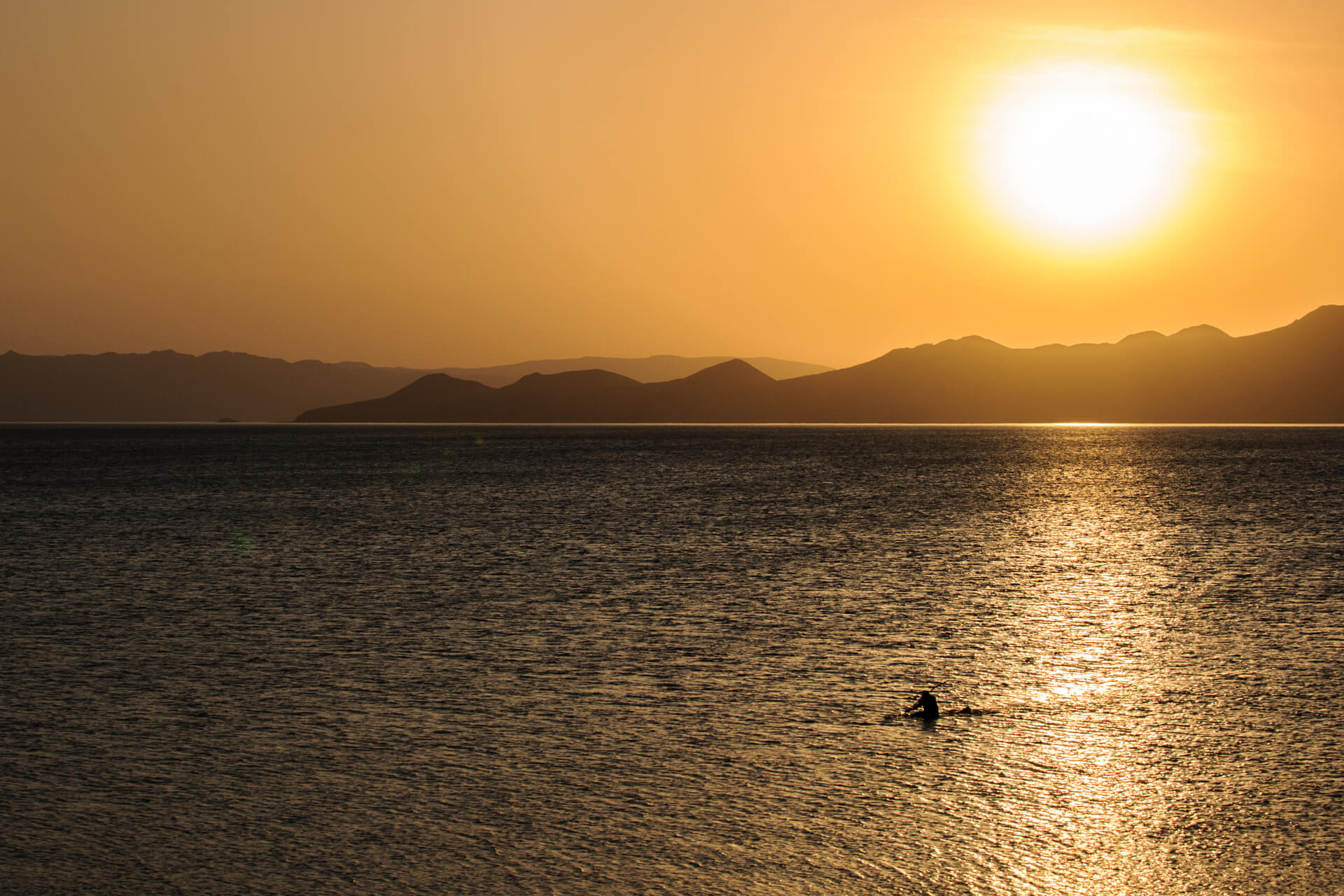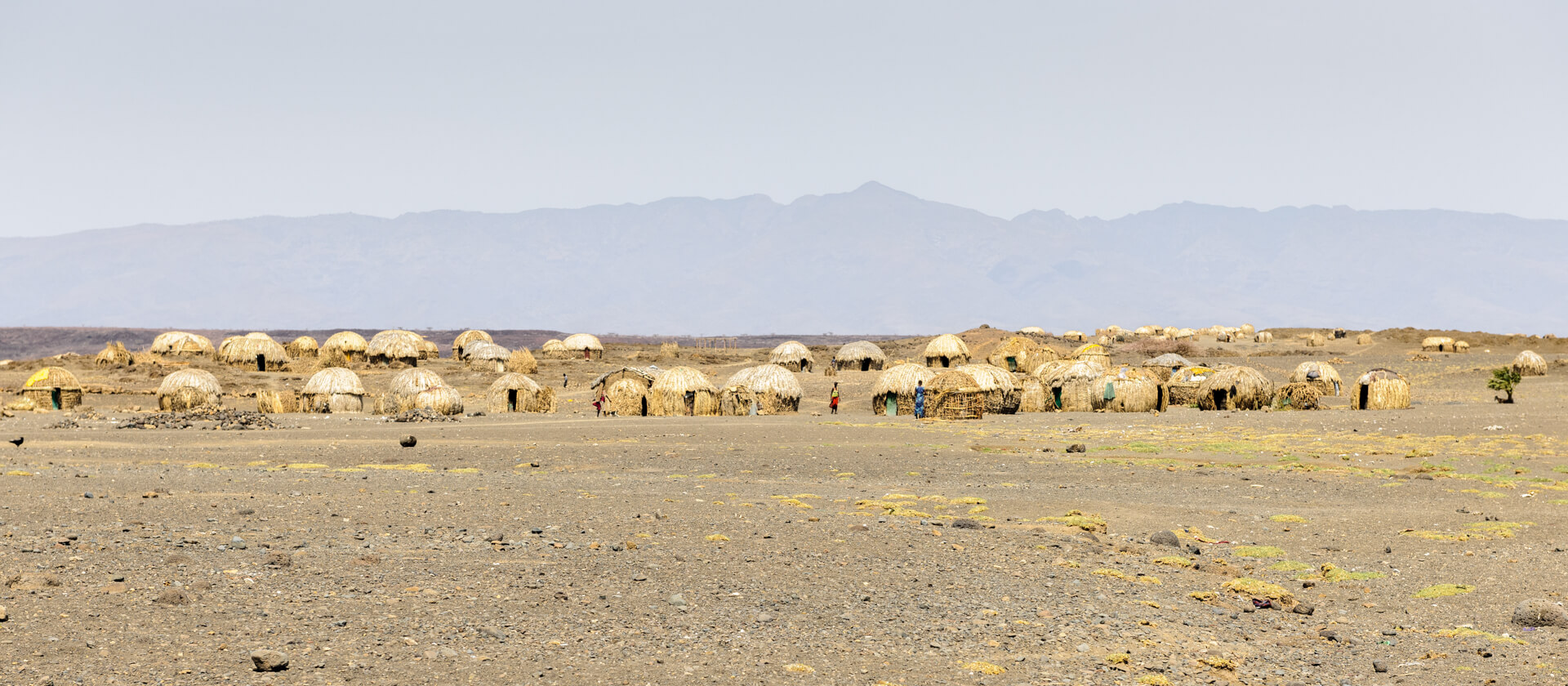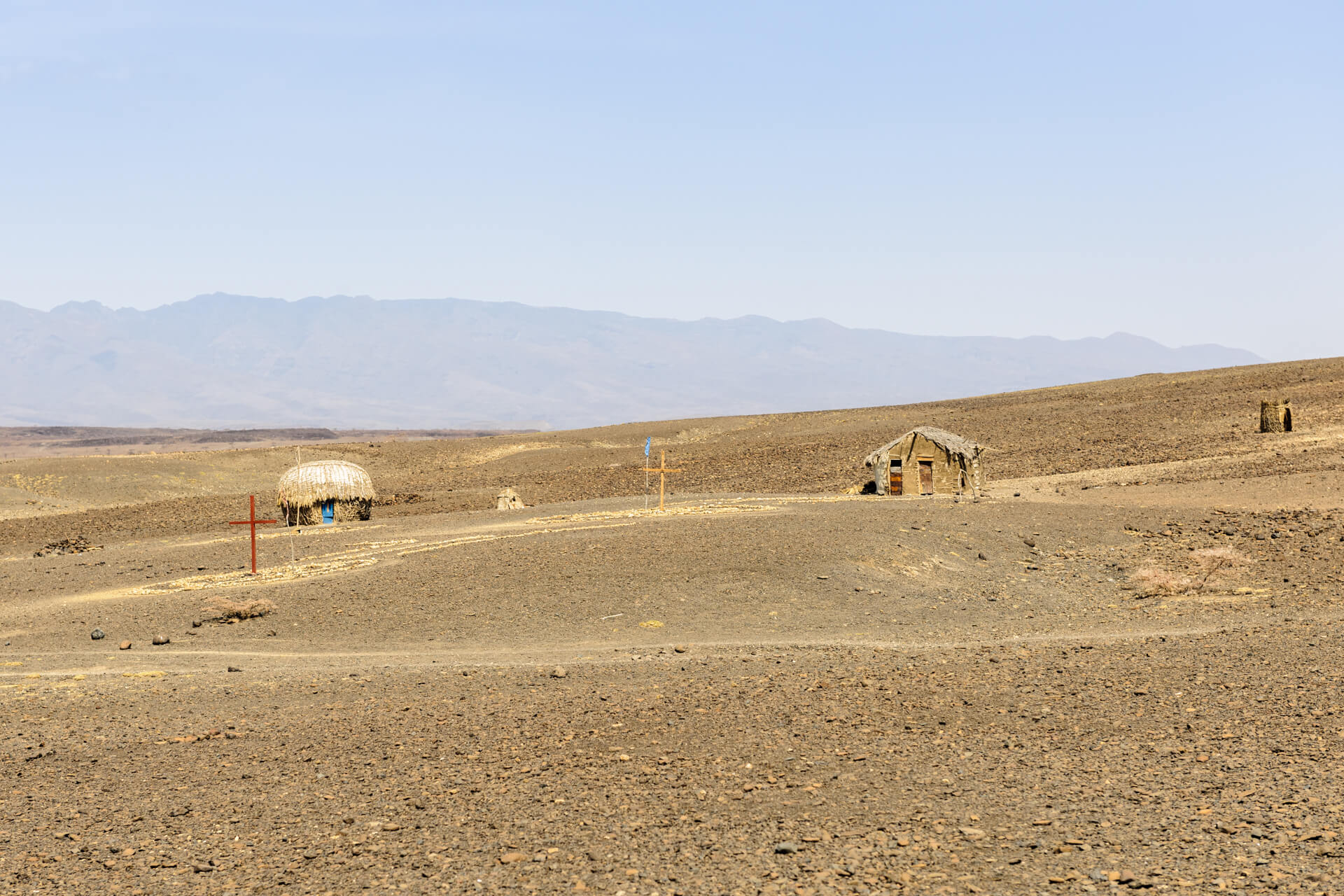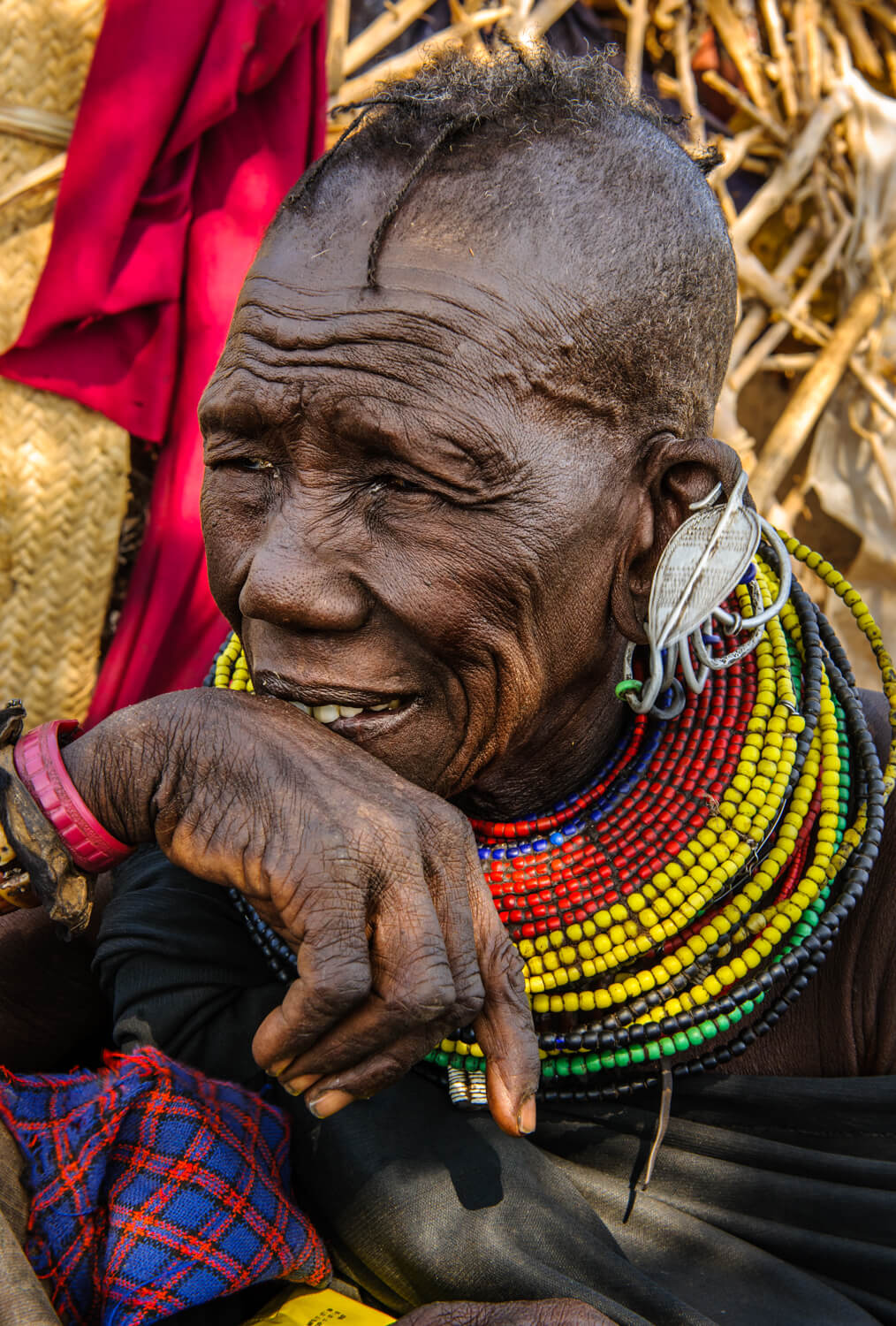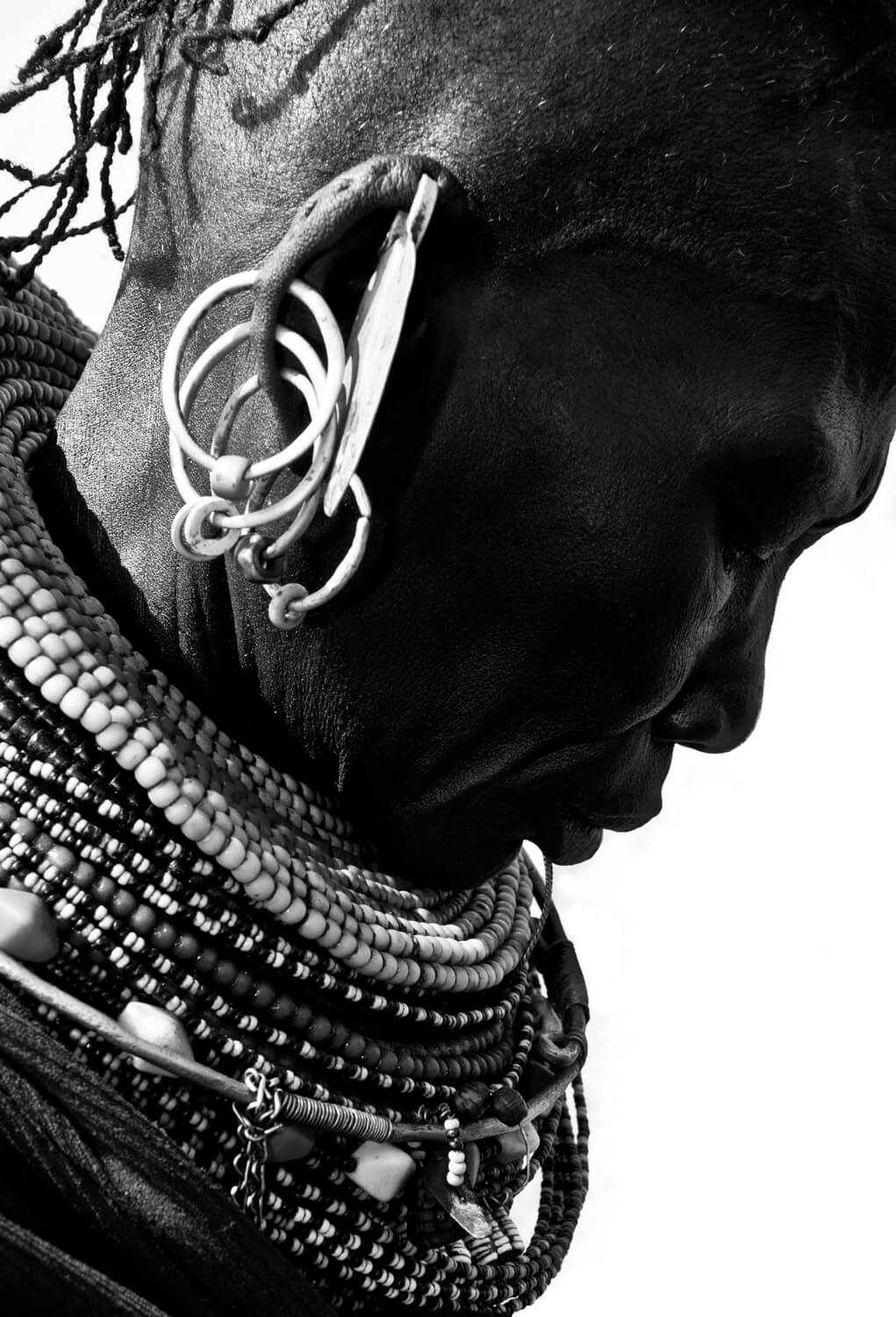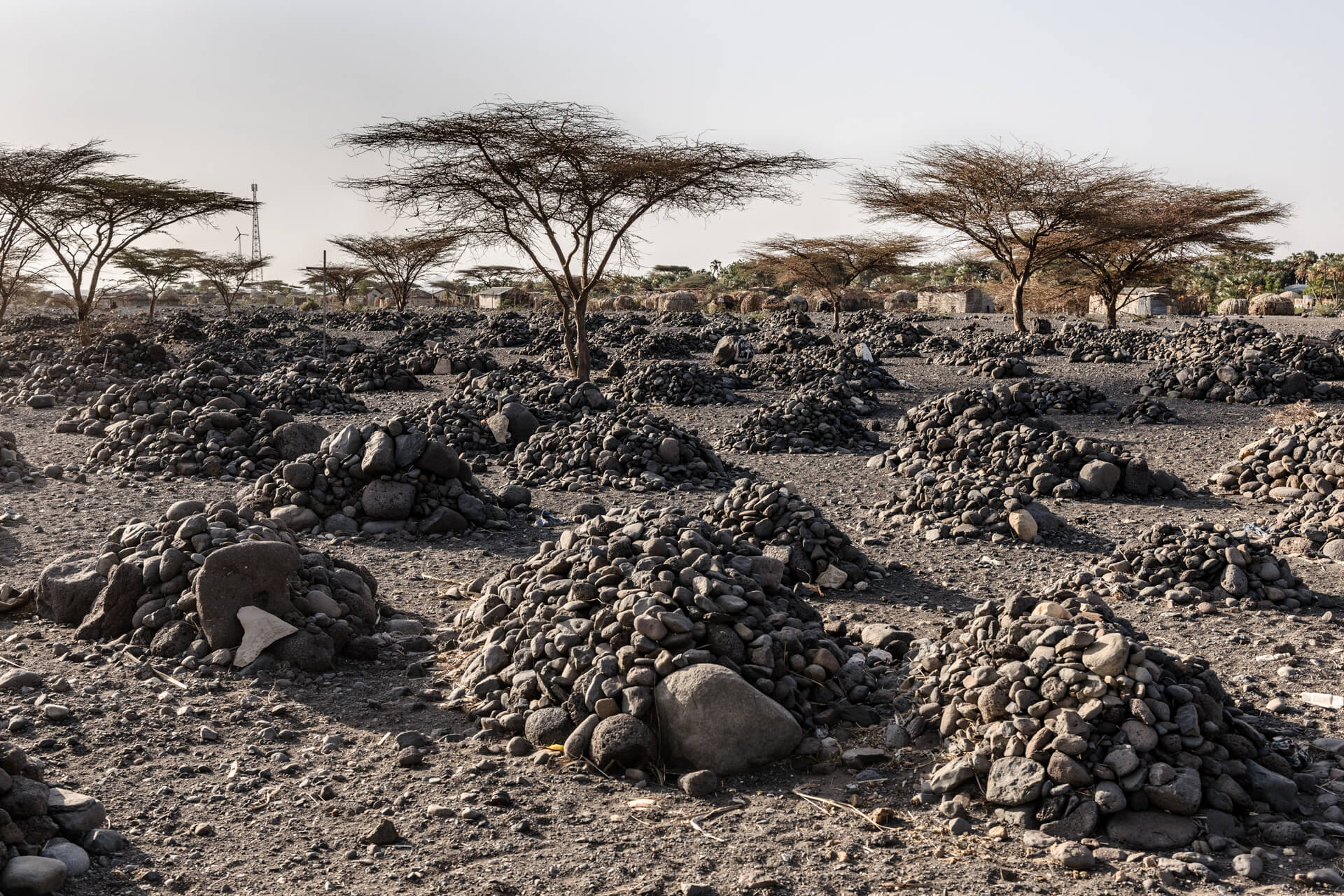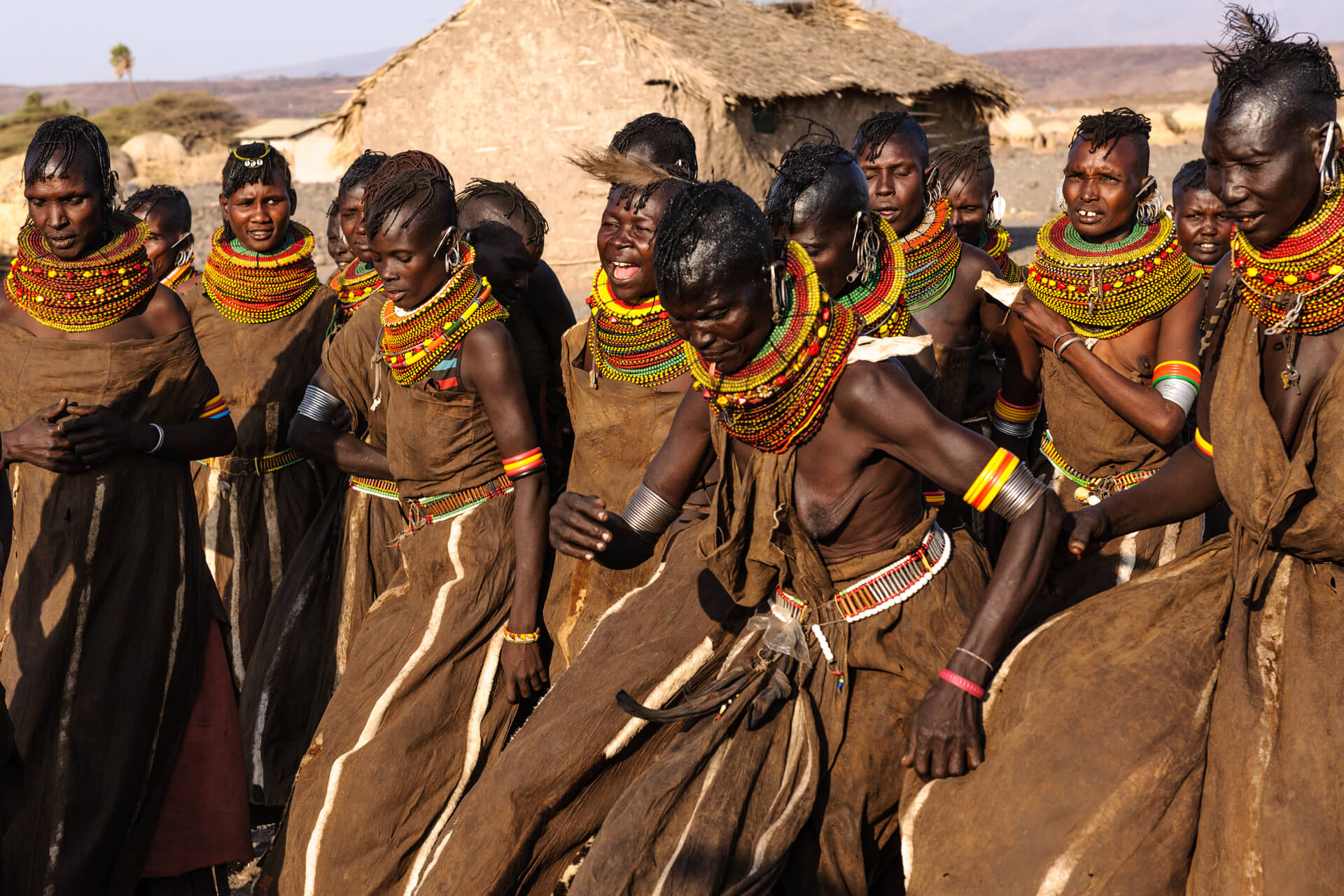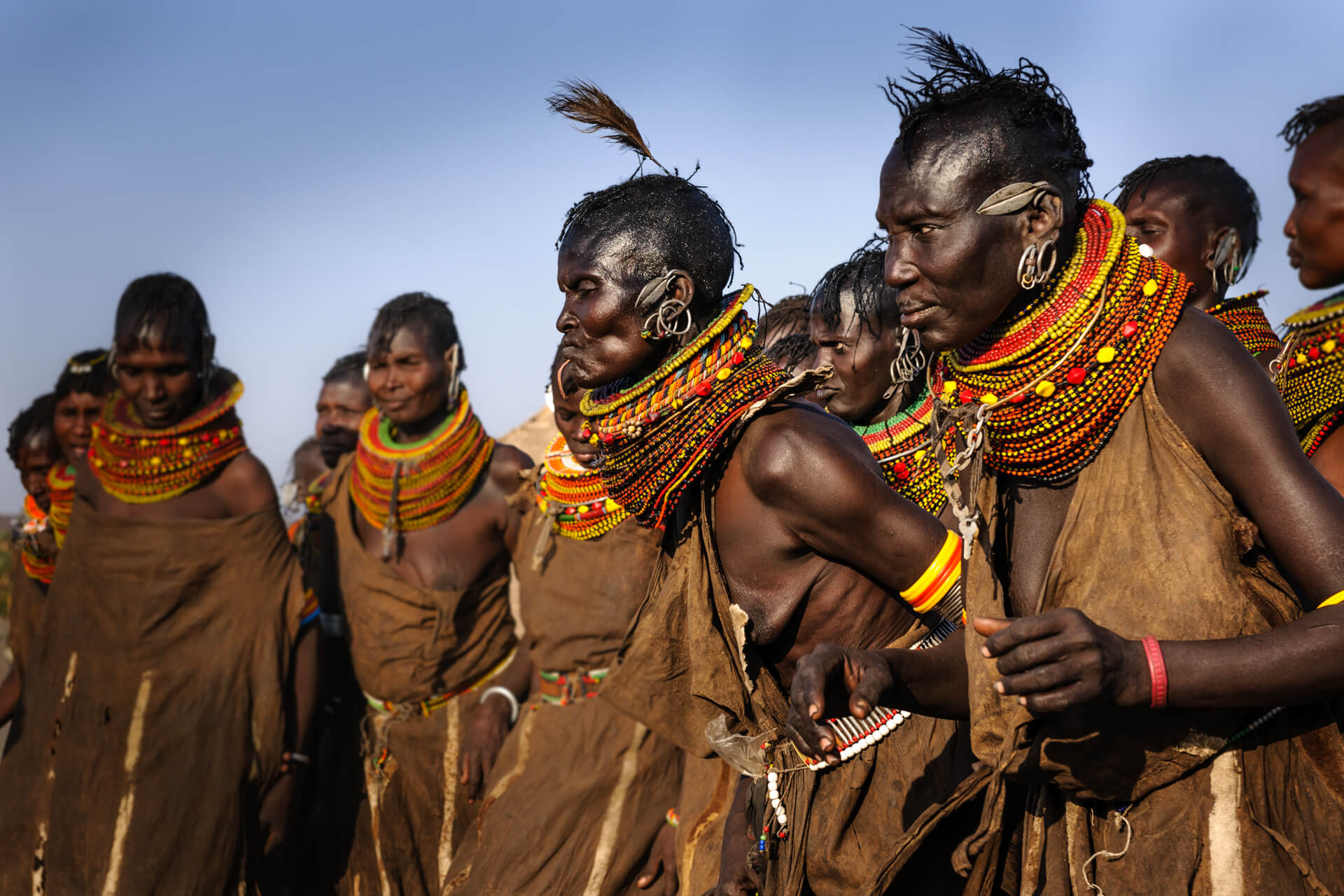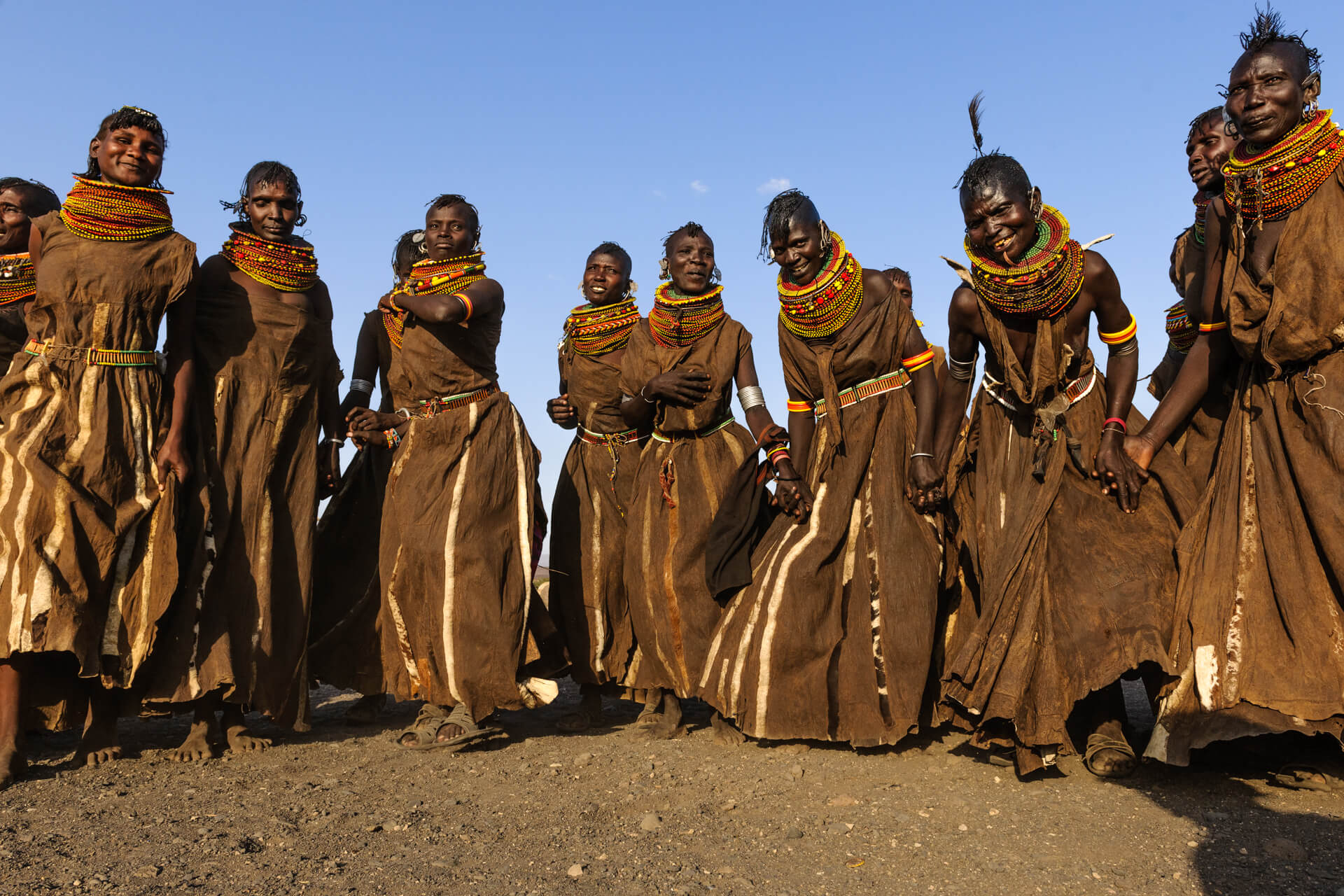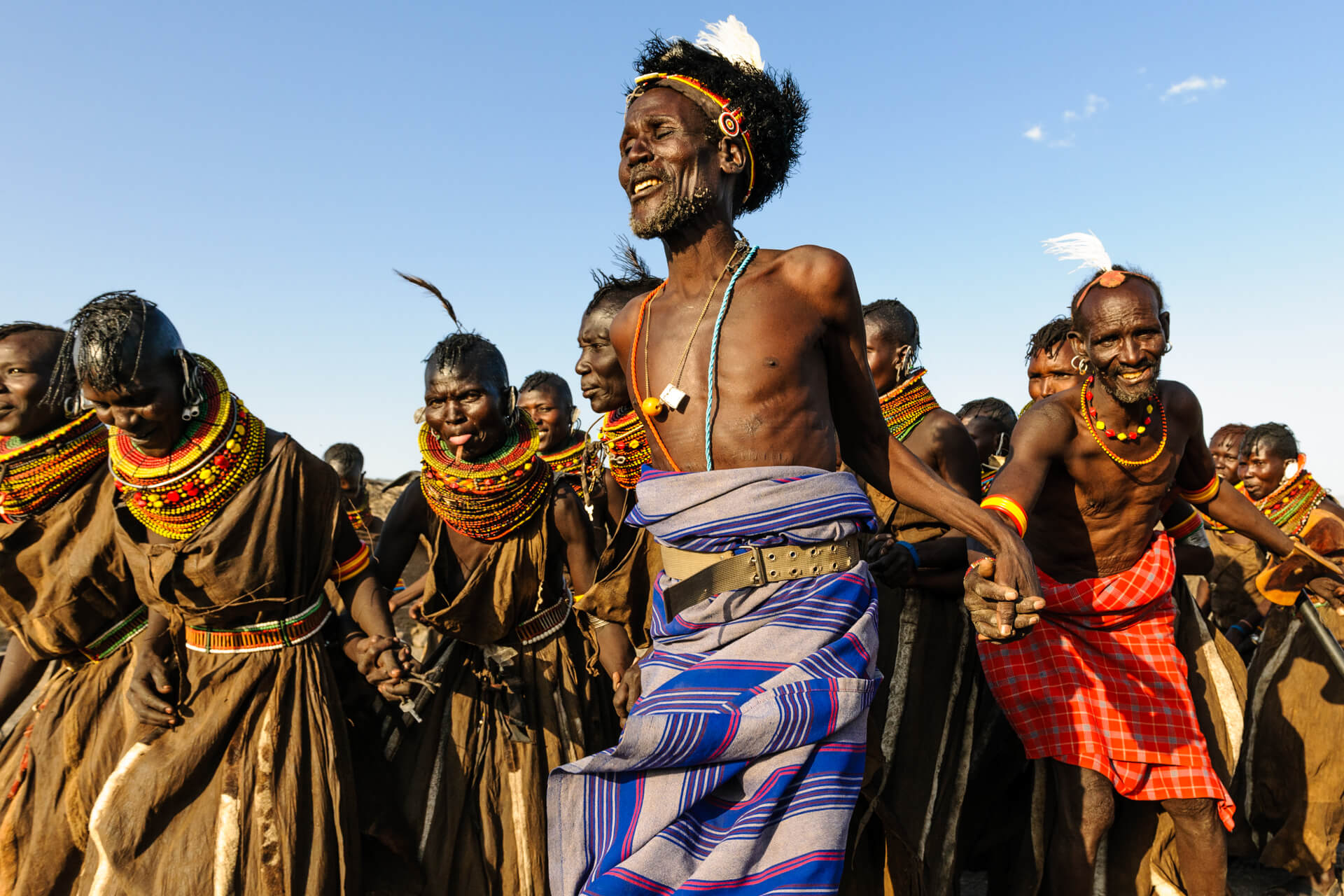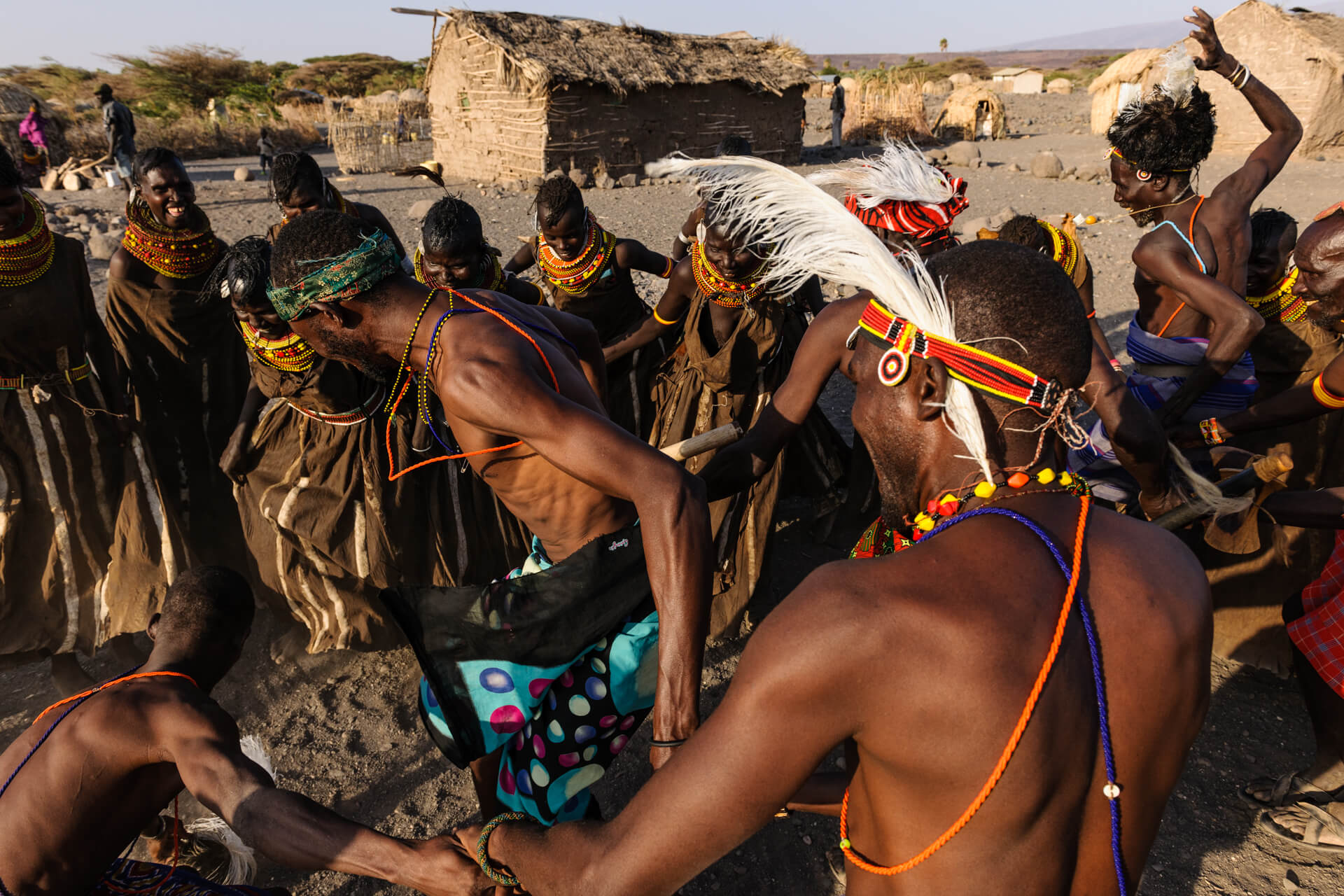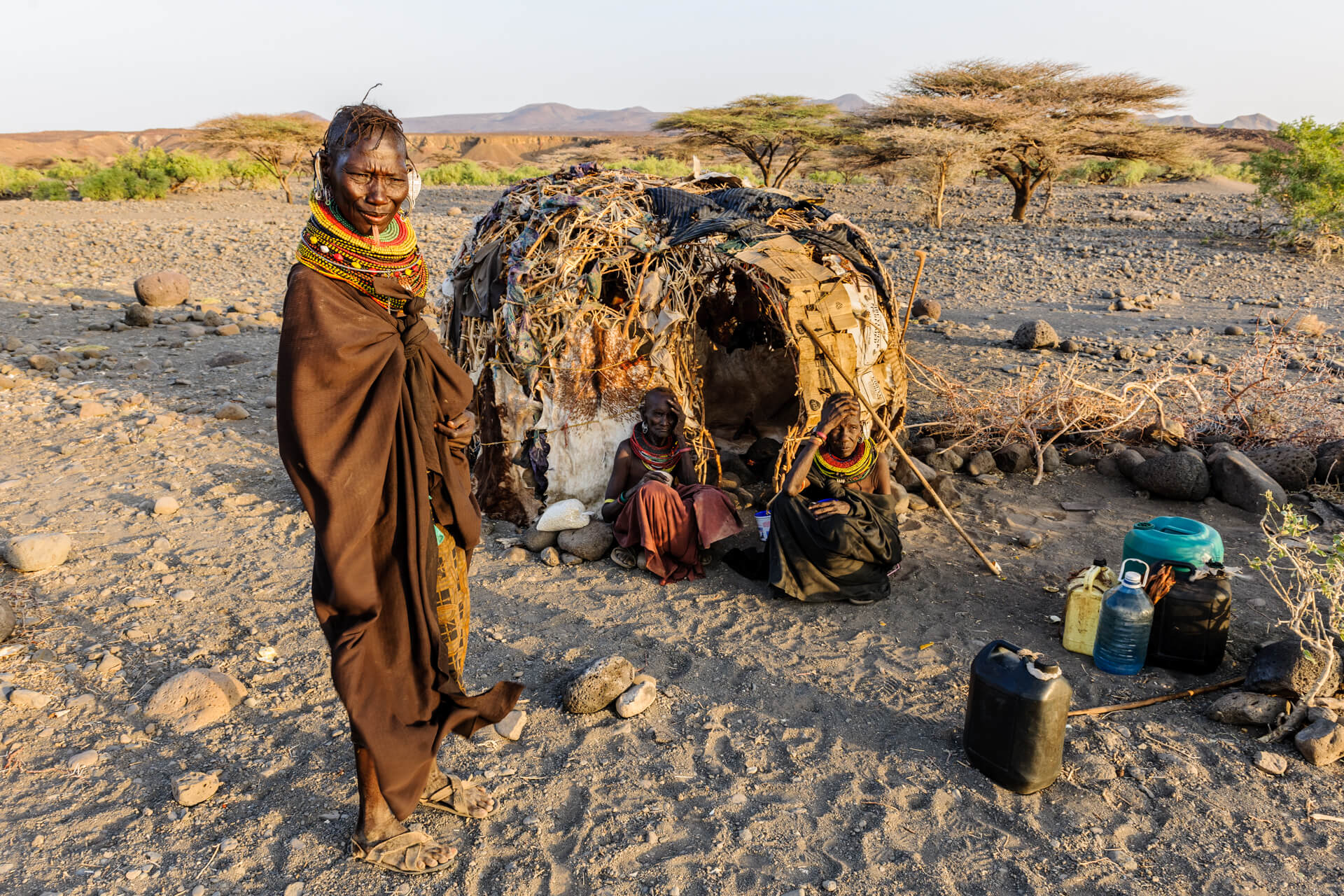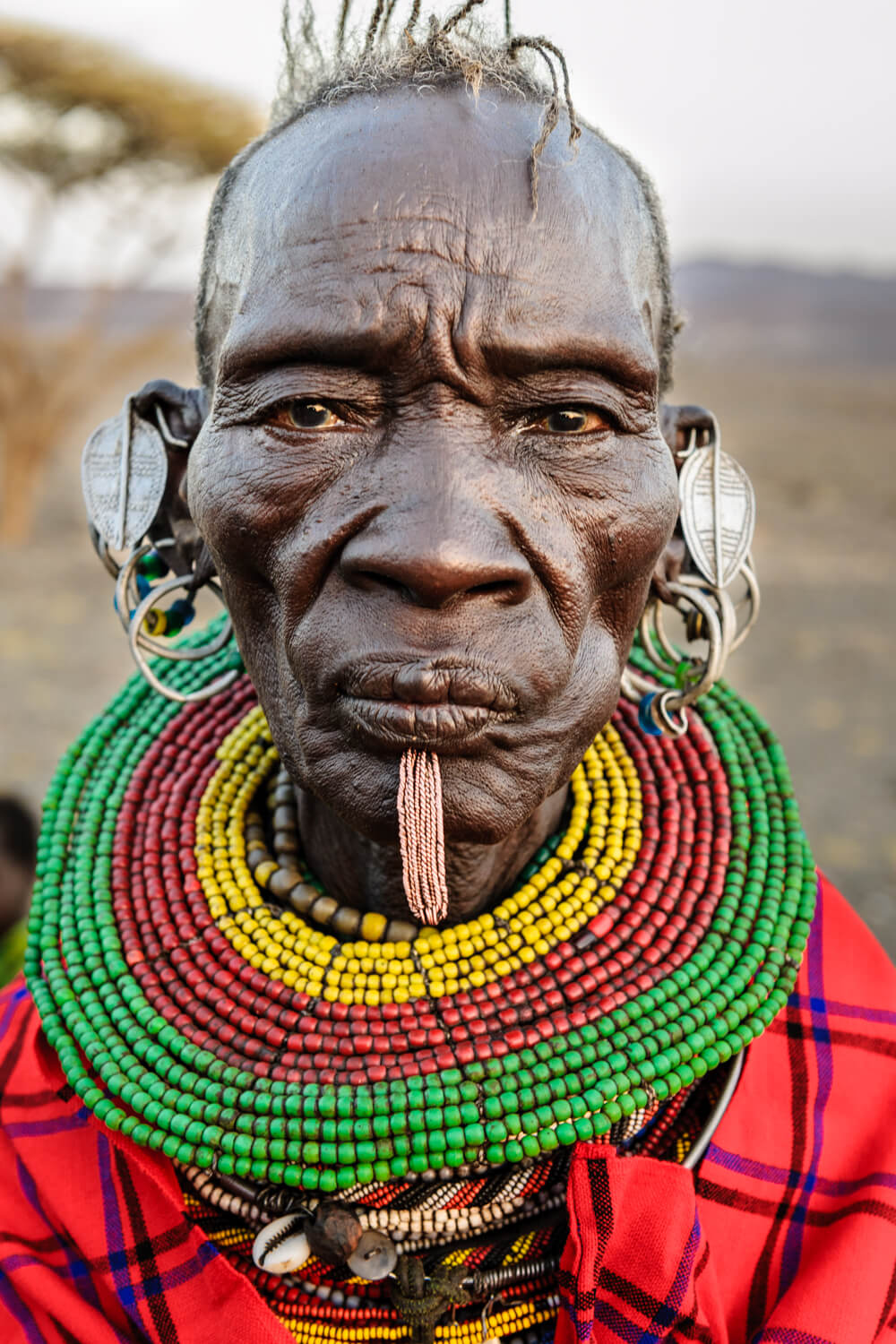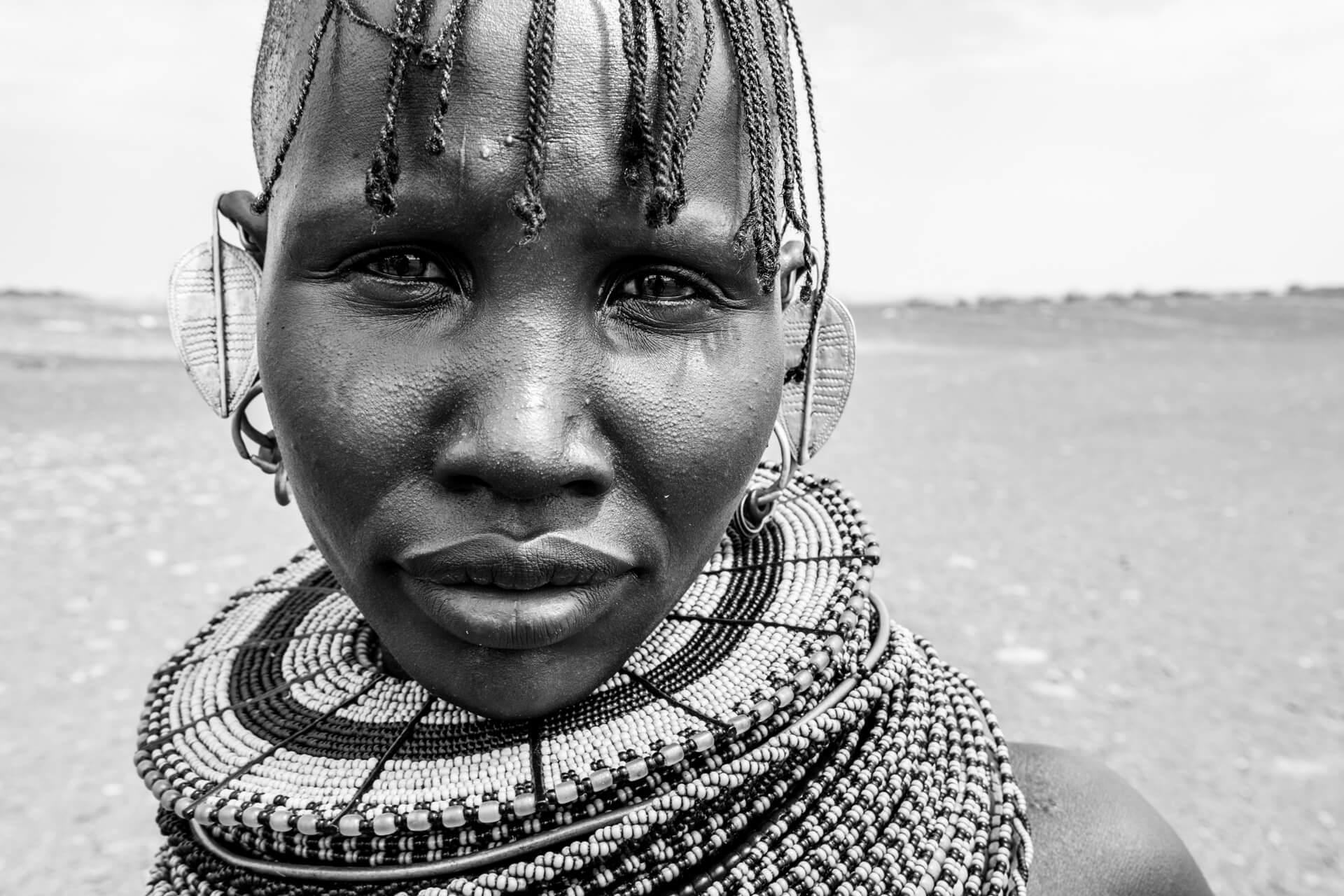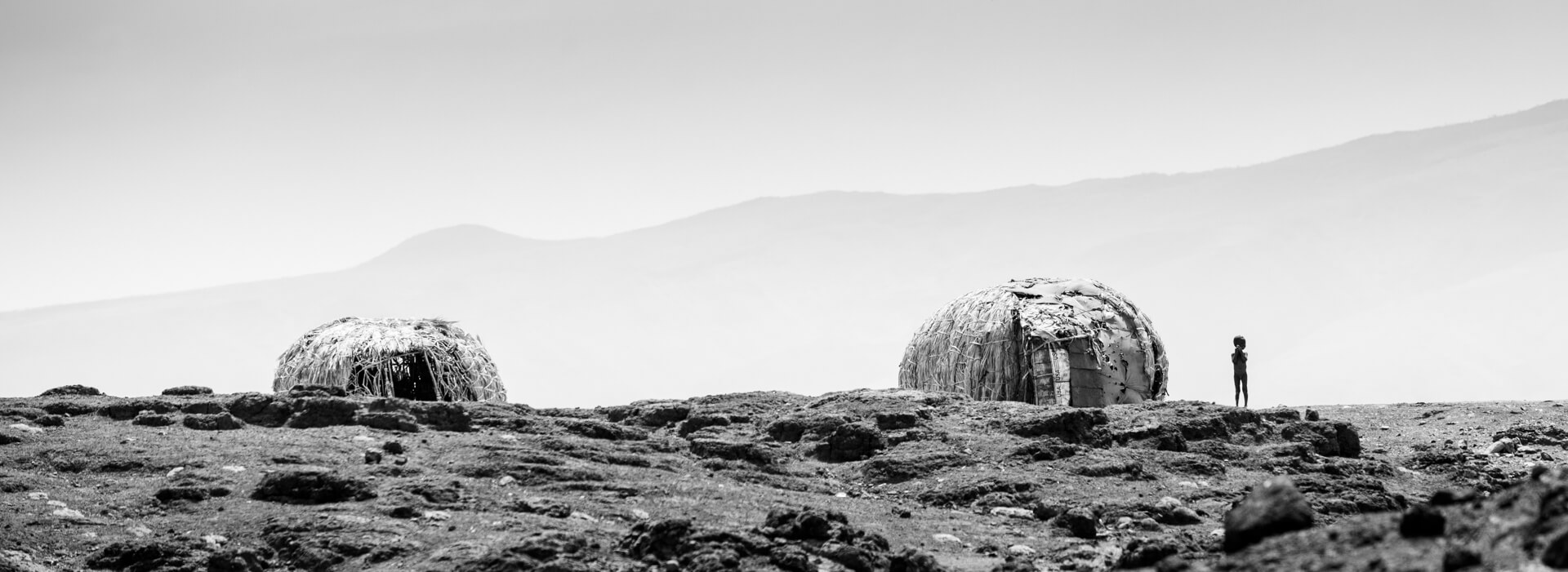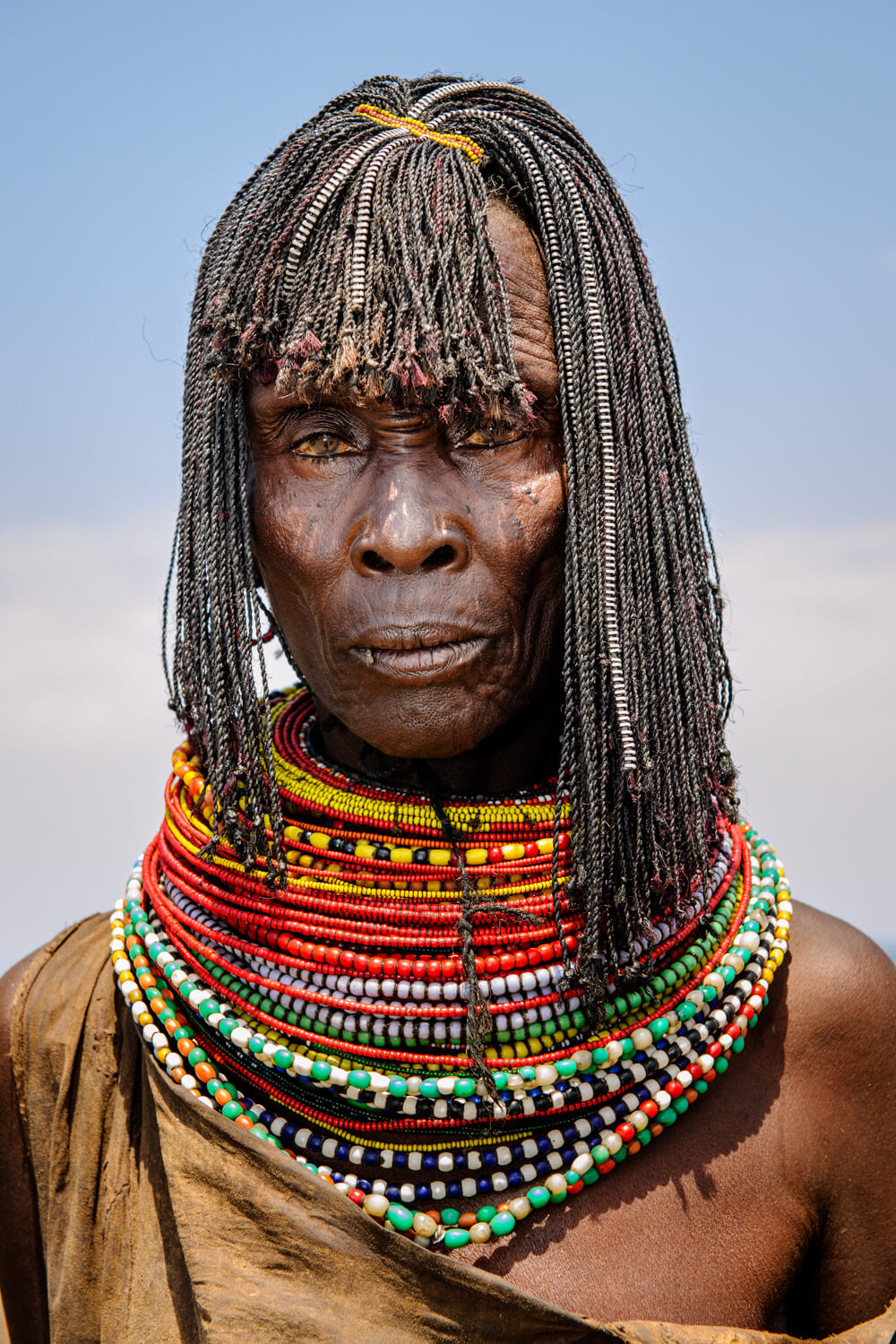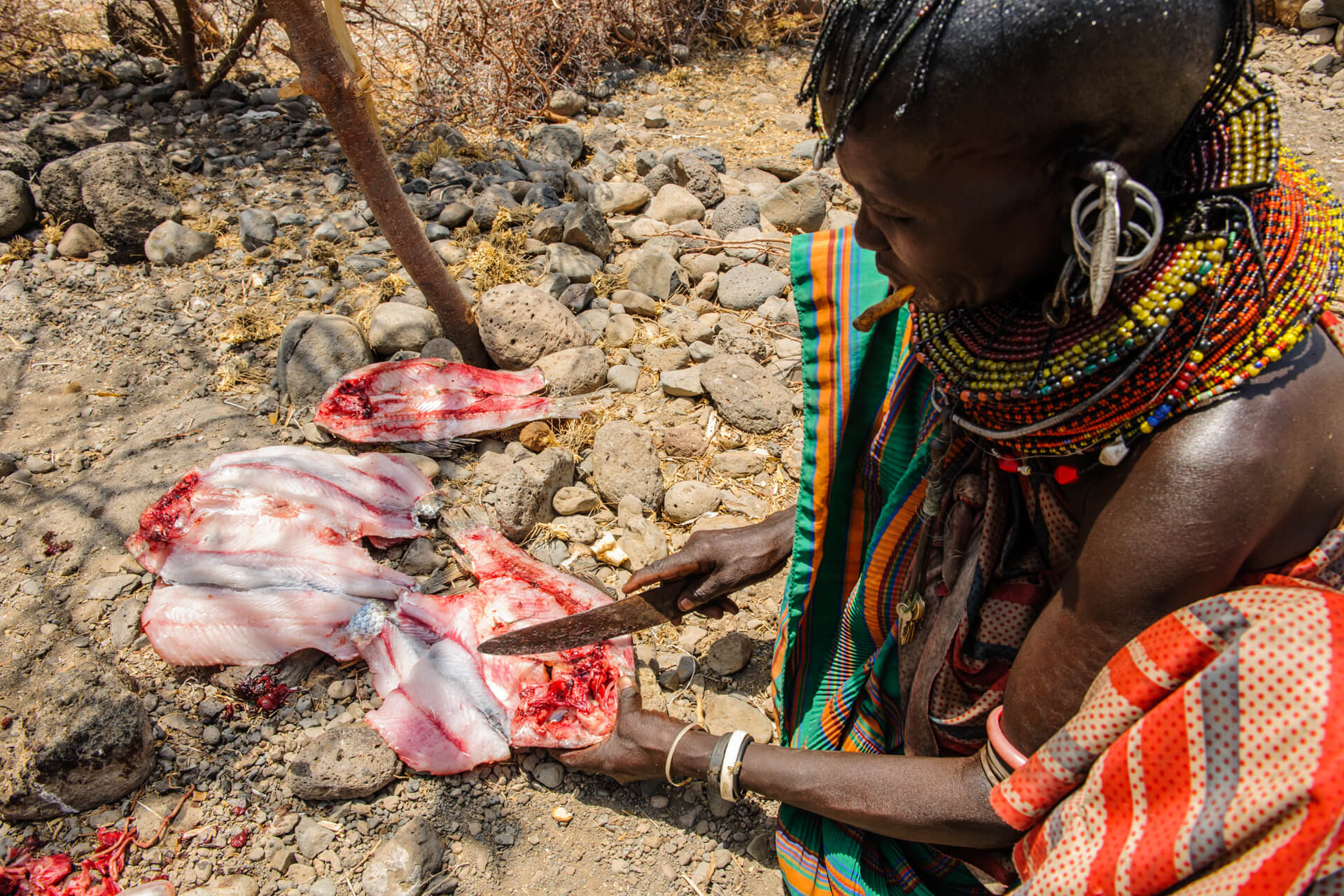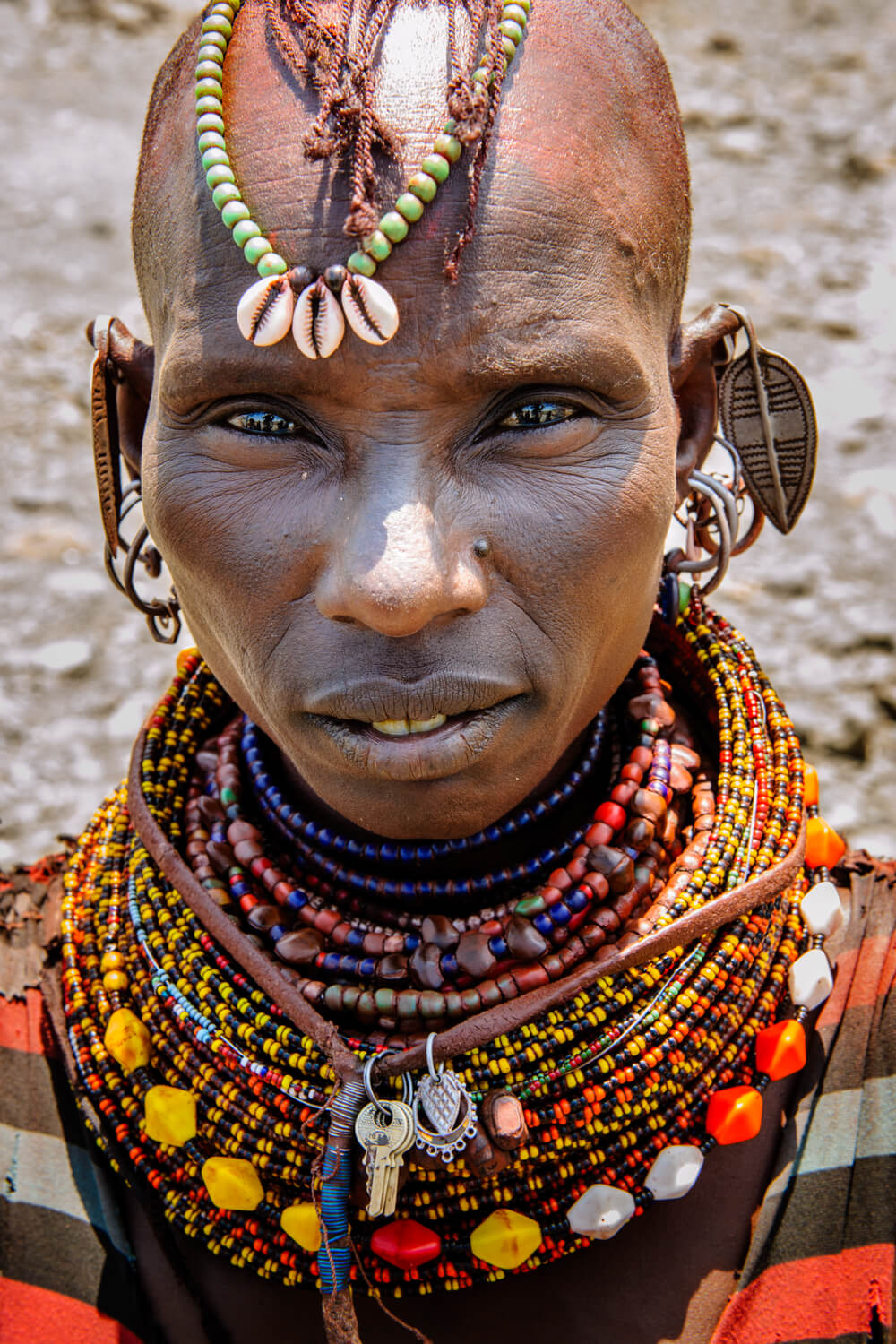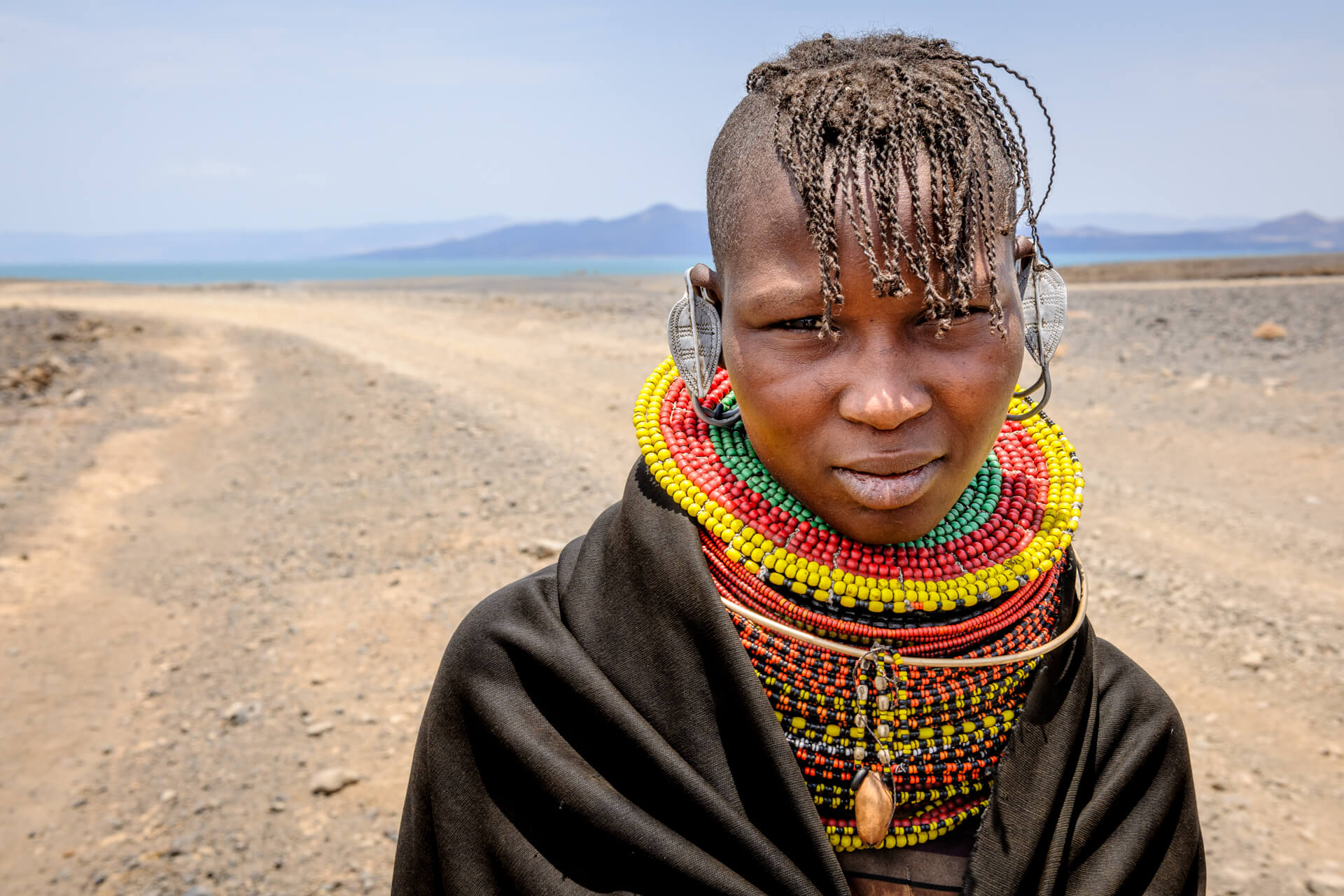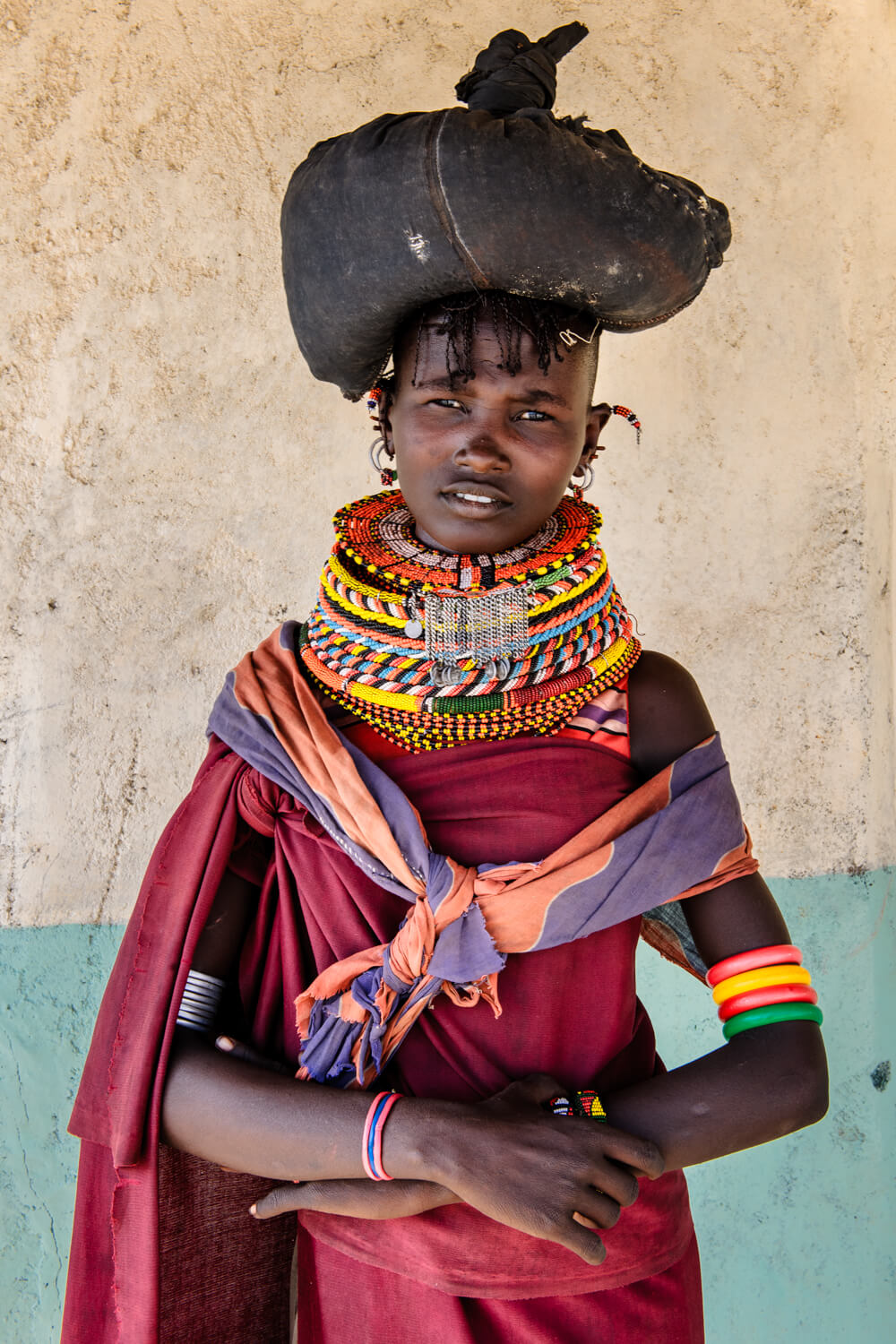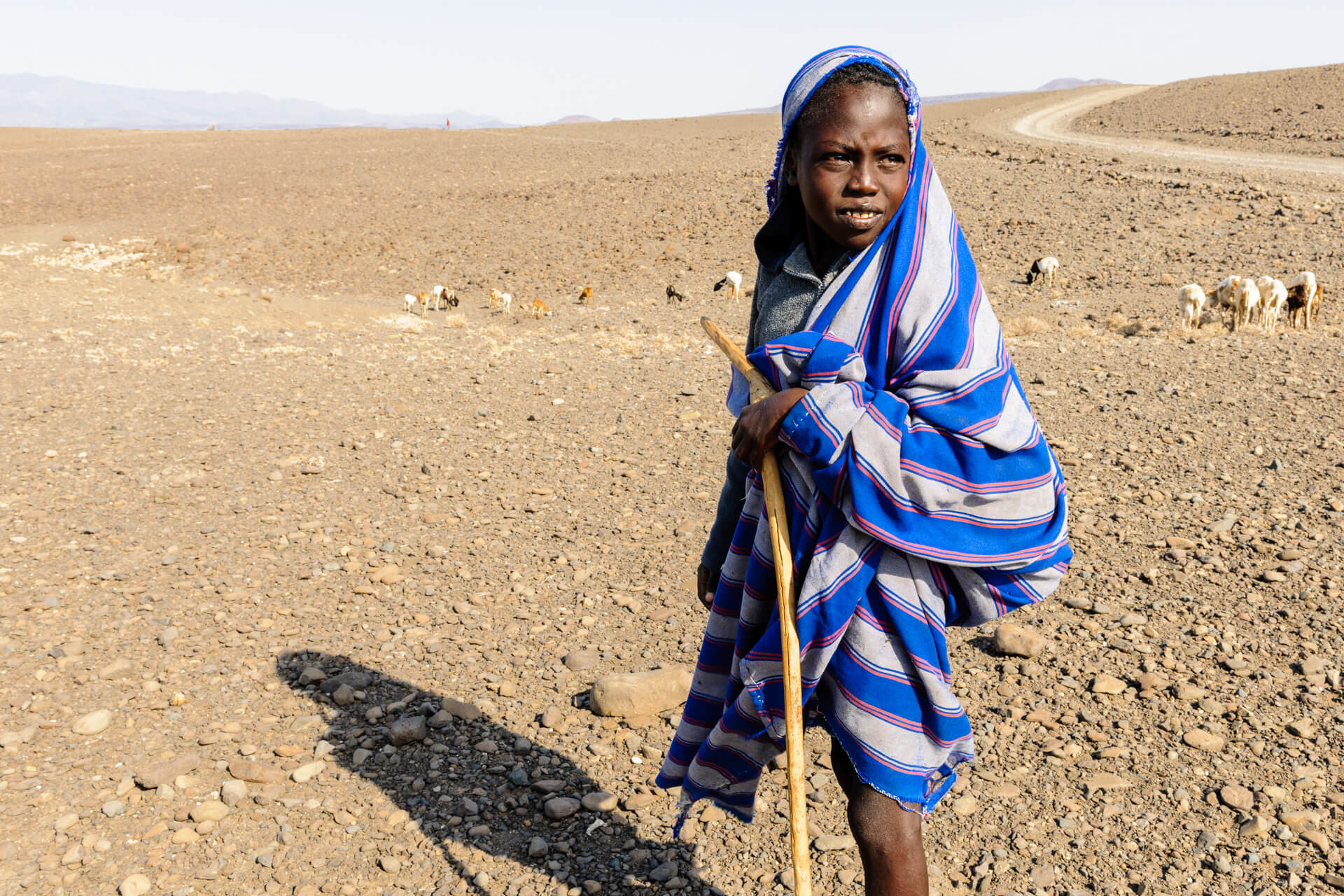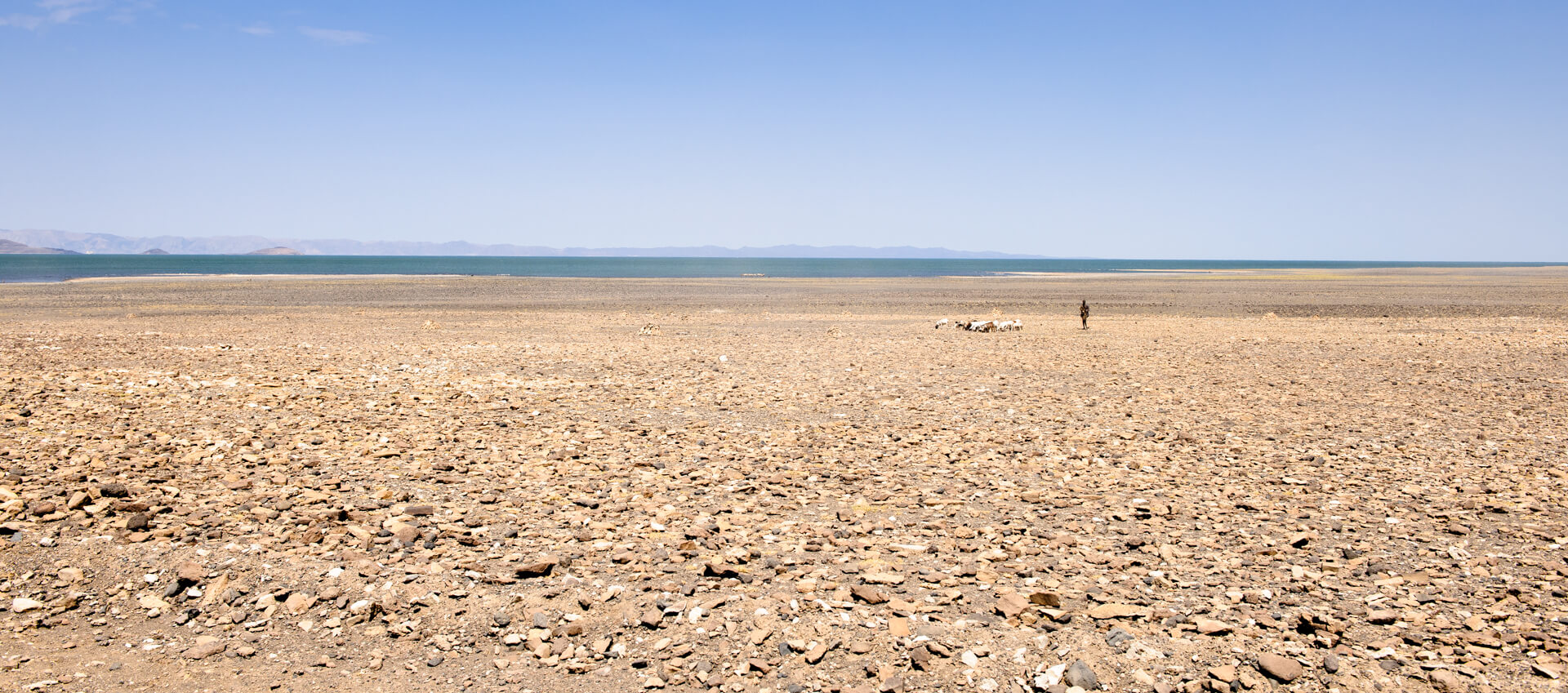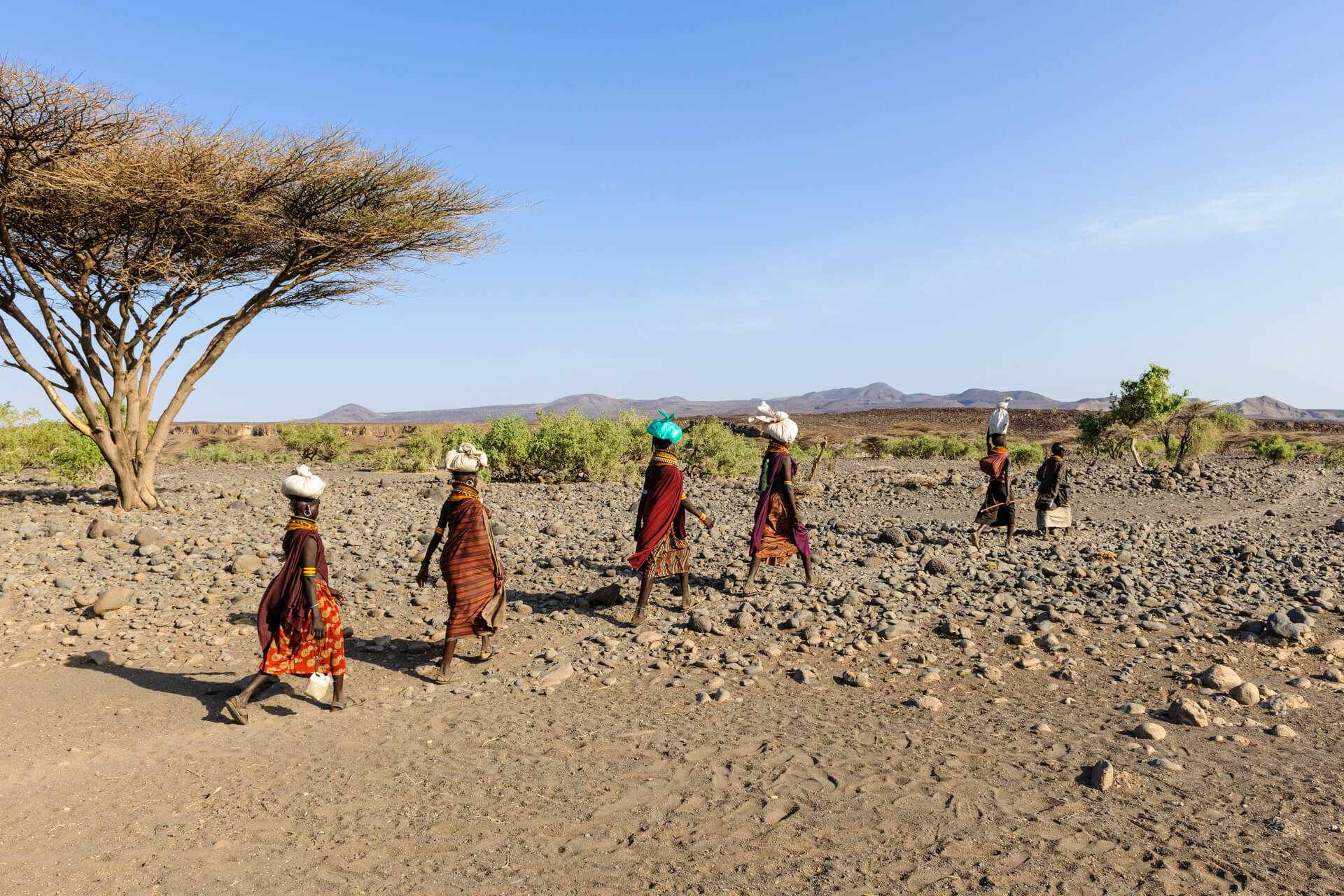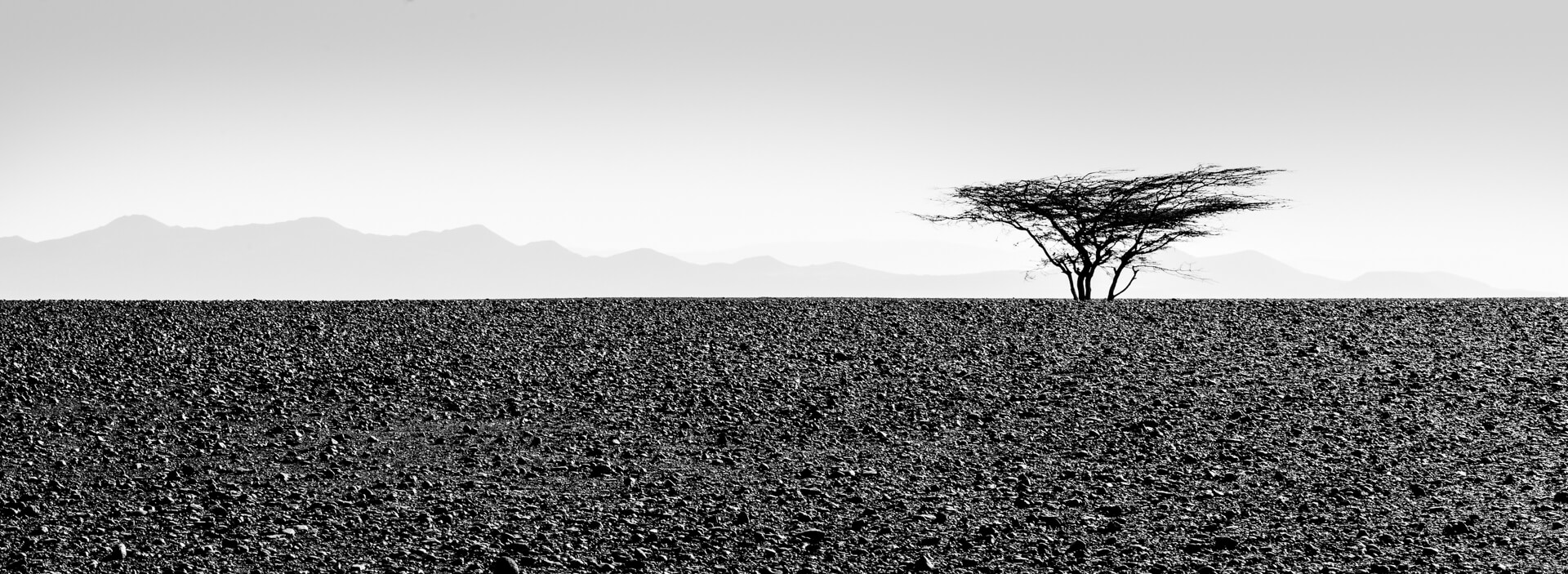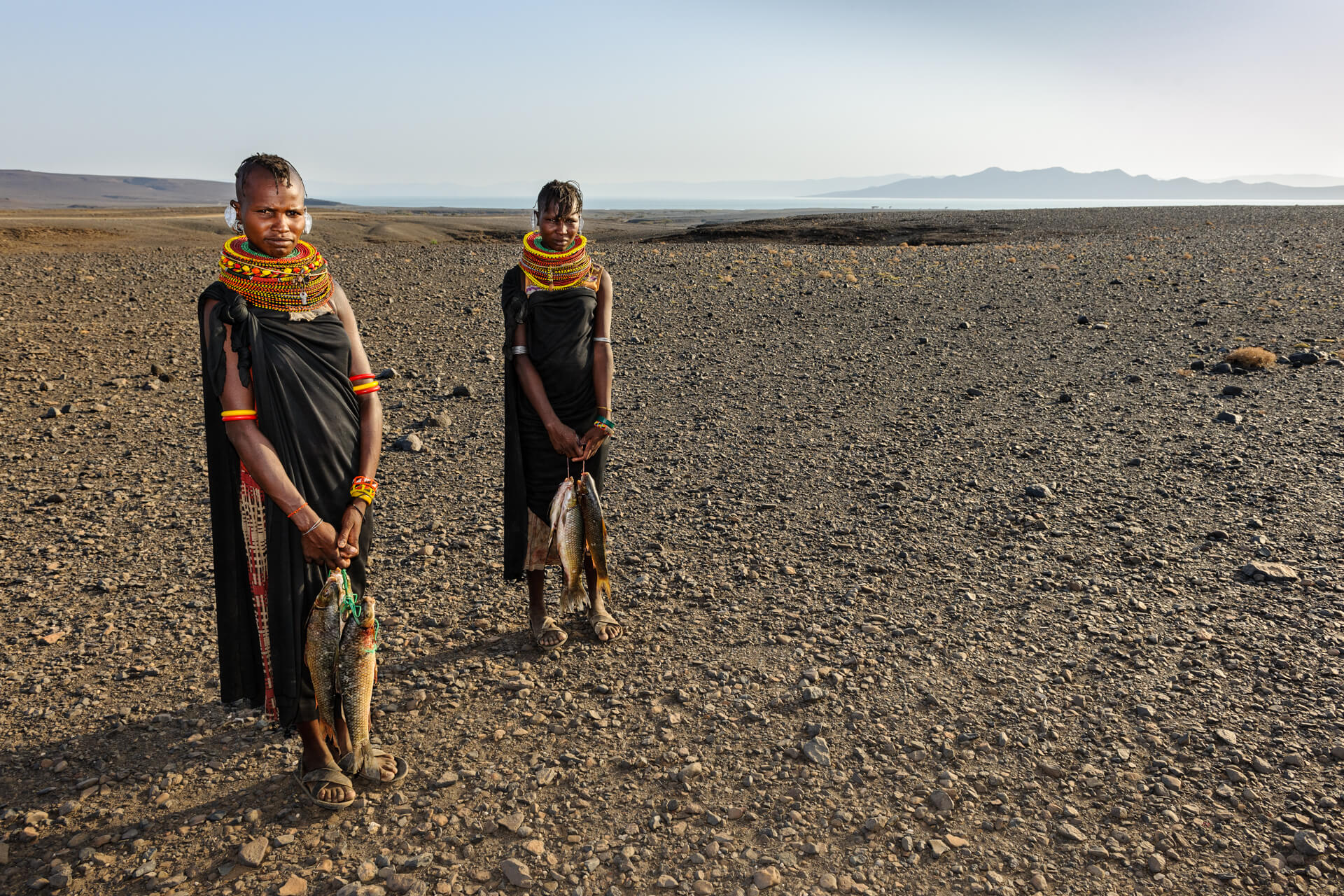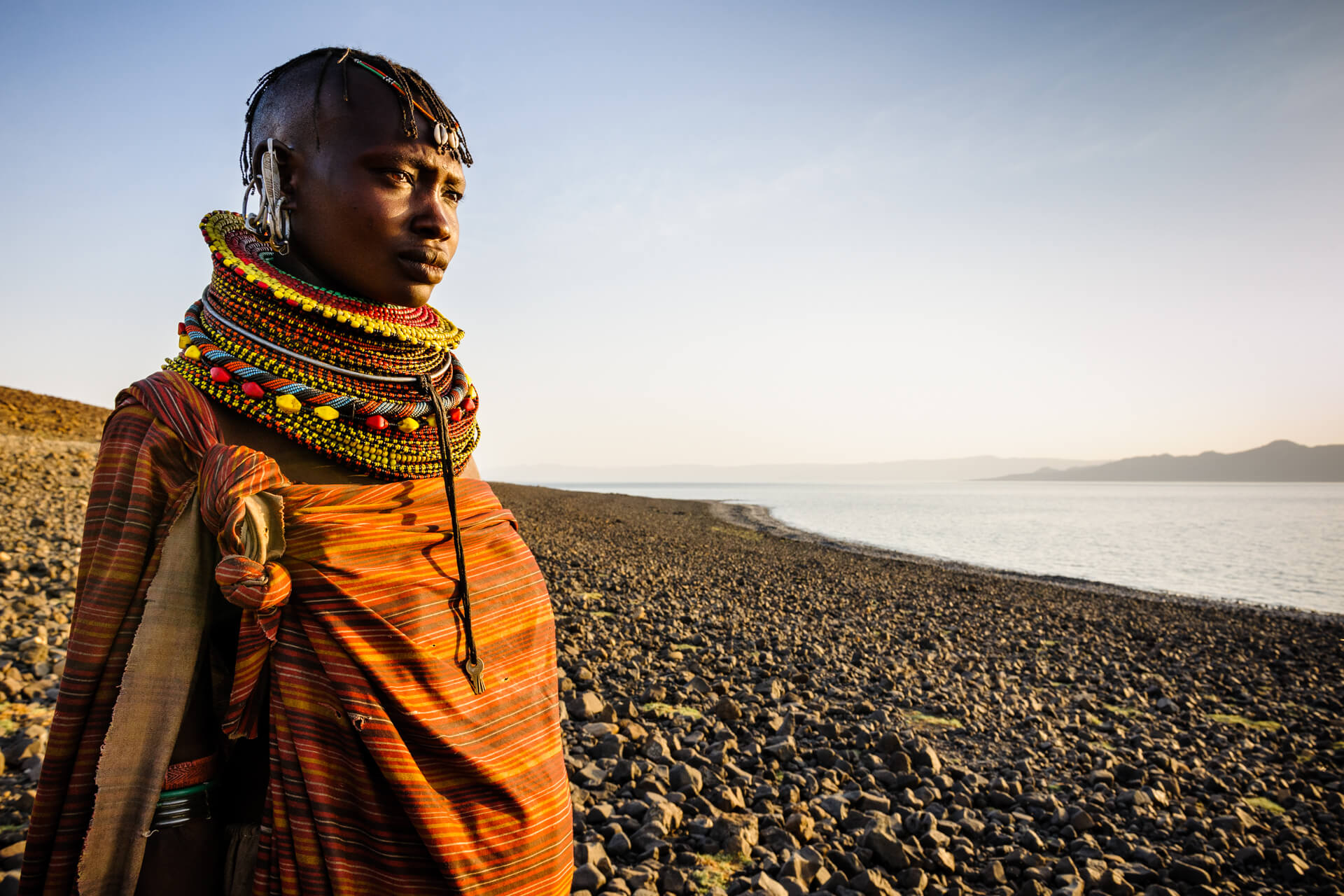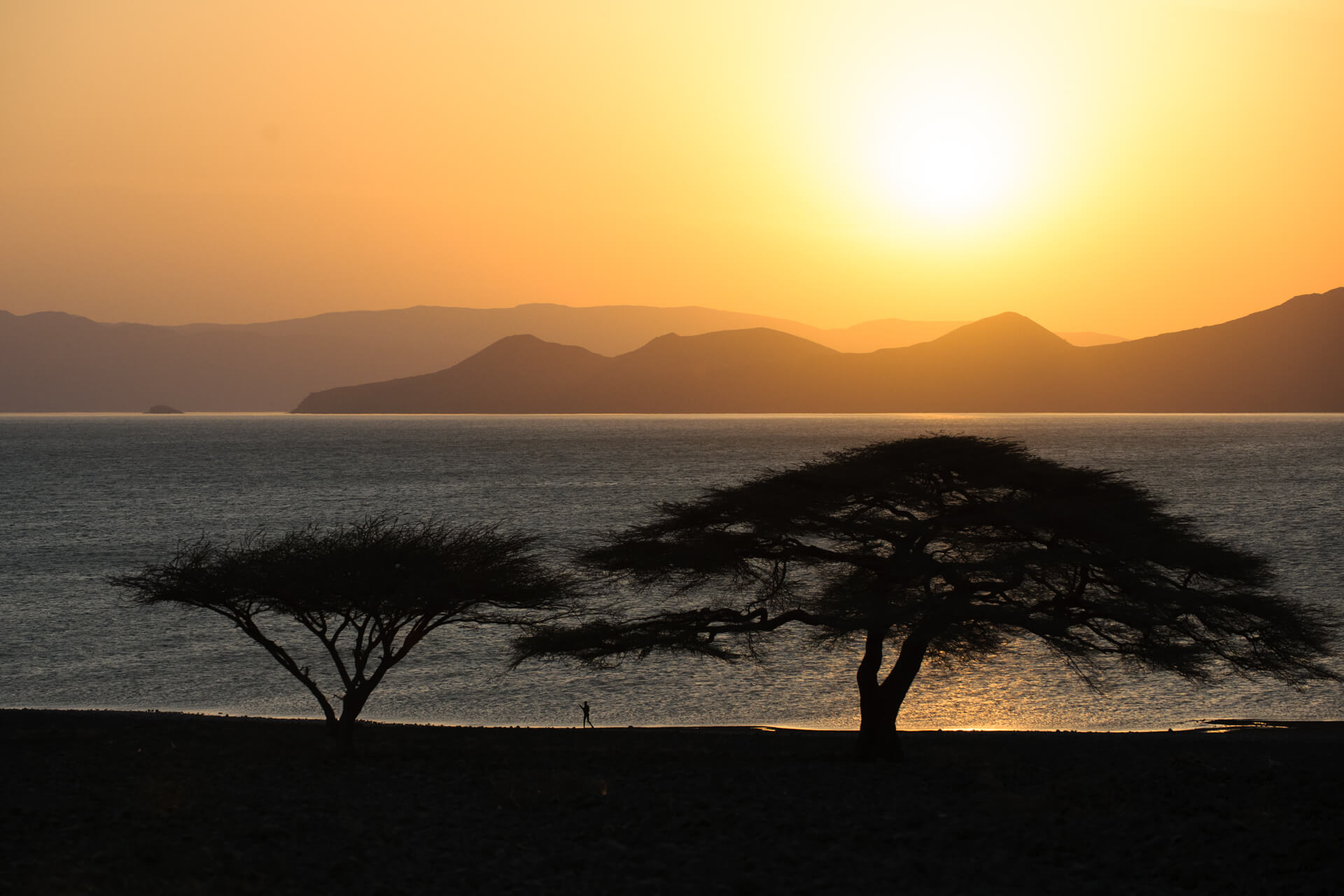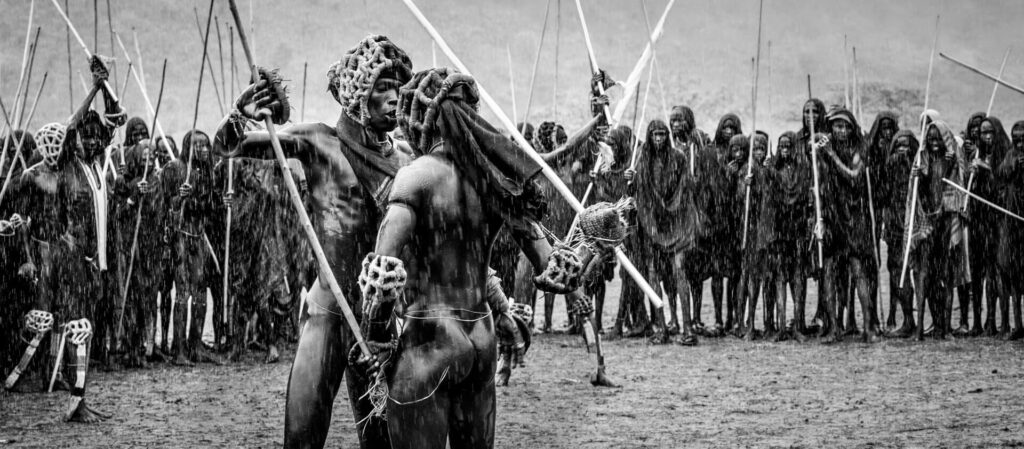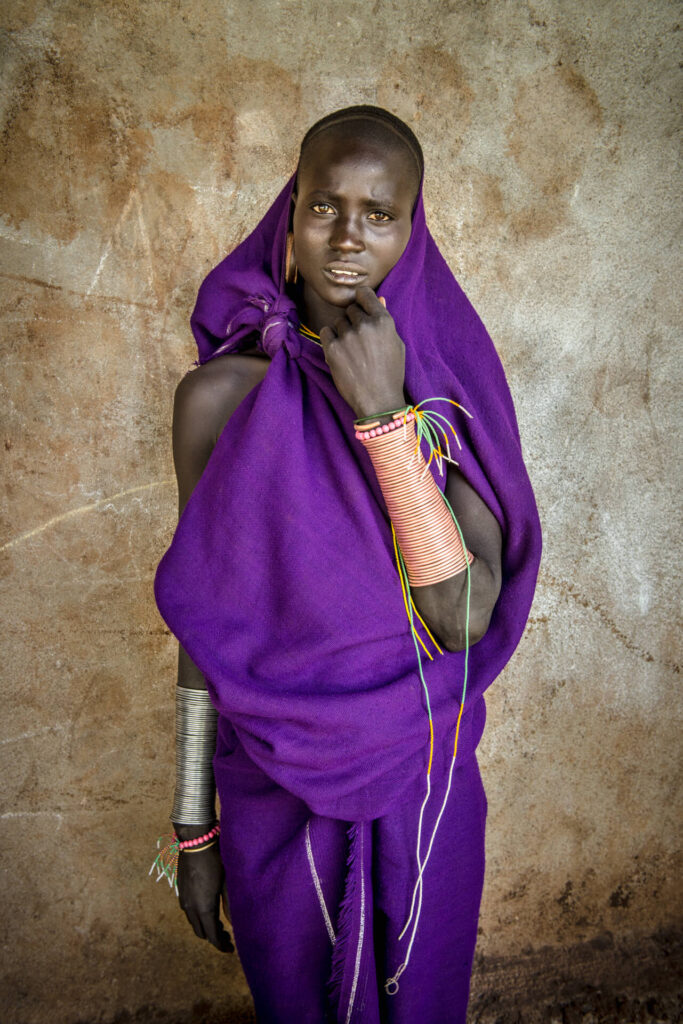Lake Turkana : Great Rift Valley, Kenya
Lake Turkana, nestled in the heart of the Great Rift Valley in Kenya, is one of the most remote and inhospitable places I've had the privilege to visit. Known as the "Jade Sea" for its striking greenish-blue hue, this lake is surrounded by vast deserts, jagged mountain ranges, and a landscape that feels both ancient and otherworldly. It's a place of extremes, where the beauty of the land contrasts sharply with the harshness of life for those who call it home.
My first visit to Lake Turkana took me to Loiyangalani, a small village on the northeastern shore of the lake. The village, whose name means "place of many trees," is home to the Turkana people as well as several other tribes, including the Daasanach. Life in Loiyangalani is shaped by the unrelenting environment, where the scorching sun, lack of water, and scarce resources dictate the rhythms of daily life. Despite these challenges, the Turkana and Daasanach peoples have survived here for centuries, adapting to one of the harshest landscapes on Earth.
The Turkana people are traditionally nomadic herders, relying on their cattle, camels, and goats to navigate the unforgiving terrain in search of water and grazing land. Over the years, they have developed a profound connection to the land and its cycles, a relationship born of necessity and shaped by centuries of experience. The Daasanach, who live along the northern shores of the lake, have a different way of life, primarily centered on fishing and farming. While they share the same environment, their daily lives are shaped by the presence of Lake Turkana, whose waters provide sustenance to their community.
The Omo River, which flows into Lake Turkana from Ethiopia, is crucial to the survival of both the Turkana and Daasanach peoples. This river is their lifeline, feeding the lake and providing much-needed water for both agriculture and daily living. In recent years, the construction of dams along the Omo River has caused significant changes to the water flow, leading to a rise in the salinity of Lake Turkana. The lake's ecosystem has suffered as a result fish populations have declined, and agricultural activities have become increasingly difficult. The rising salinity threatens the very survival of the people who depend on the lake for their livelihood.
During one visit to the region, I was accompanied by my son, Tyler. We spent a week traveling through remote villages, photographing the stark beauty of the landscape and the resilience of the people who live there. The entire time, I kept searching for the elderly women and their families who we had helped the previous year, women who had been living in a makeshift camp made from sticks, plastic bags, and cloth. They were struggling to survive without access to water or food. After bringing them supplies and helping to establish a support system, I wondered if I would ever find them again.
The search was not easy. The landscape is devoid of distinct landmarks, and the terrain is largely uniform, with scattered rock formations and distant ravines. It felt nearly impossible to remember the exact location of the camp. Yet, after several days of searching, we stumbled upon them. The women immediately recognized me. They ran to me, embracing me with joy and spitting on my chest as a blessing. It was a deeply emotional moment, a reminder of how small acts of kindness can leave a lasting impact and how we can touch peoples lives in a positive, sometimes lifesaving way.
But the challenges faced by the people of Lake Turkana go beyond environmental factors. There have also been longstanding tensions between the Turkana and Daasanach tribes. These tribes, both of whom depend on the same resources, water, grazing land, and fishing rights, have often clashed over these limited resources. The rivalry has been exacerbated by the pressures of living in such an arid environment, where survival depends on access to water and pasture. The competition for the dwindling resources of Lake Turkana has made tribal conflict an ever-present issue in the region.
Despite these challenges, the resilience of the Turkana and Daasanach peoples remains extraordinary. They have endured centuries of hardship and have adapted to the harsh realities of their environment. Their strength, resourcefulness, and connection to the land are nothing short of remarkable.
Leaving Lake Turkana, I felt a deep sense of admiration for the people who call this unforgiving place home. The stark beauty of the lake, the surrounding desert, and the rugged mountains is unmatched. But what truly makes Lake Turkana exceptional is the strength of the human spirit, the ability of its people to survive, adapt, and continue to exist in the face of such overwhelming adversity.
